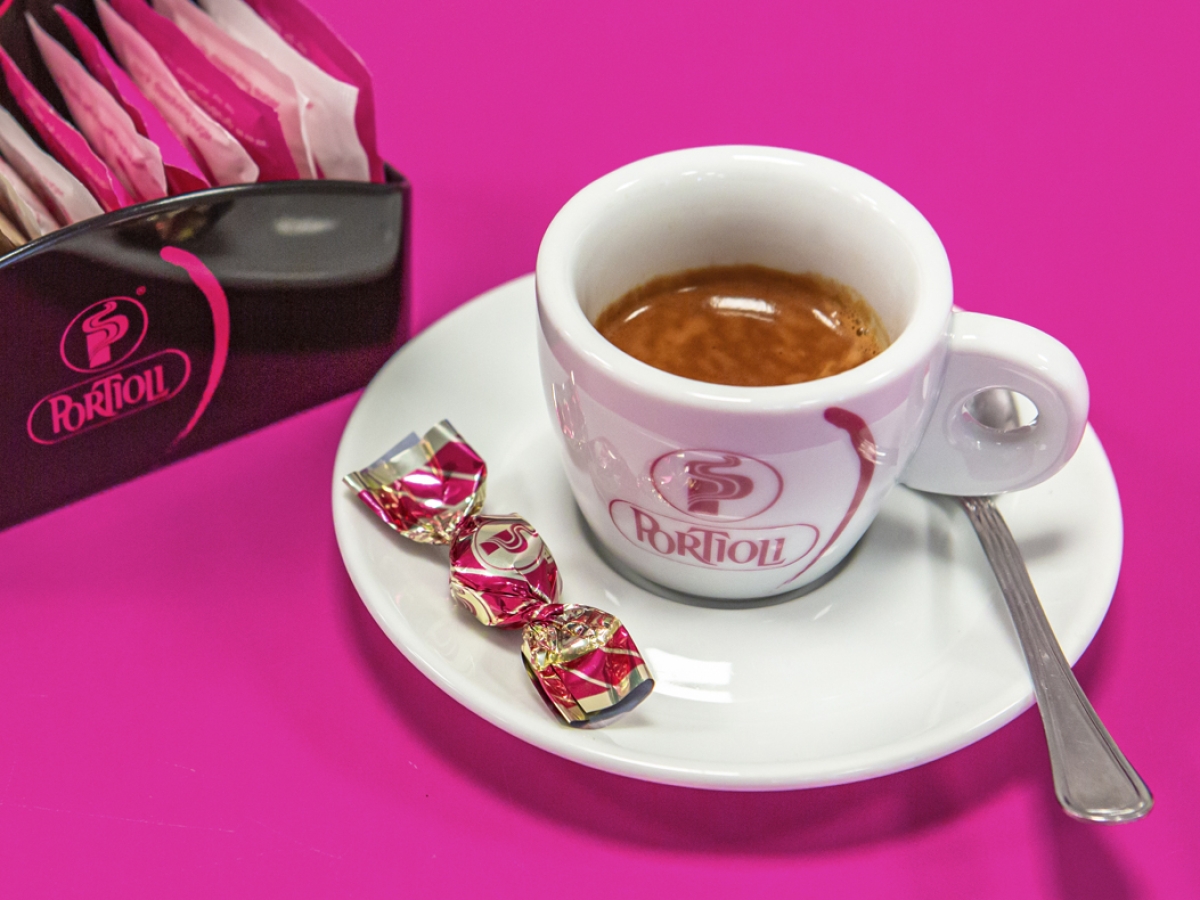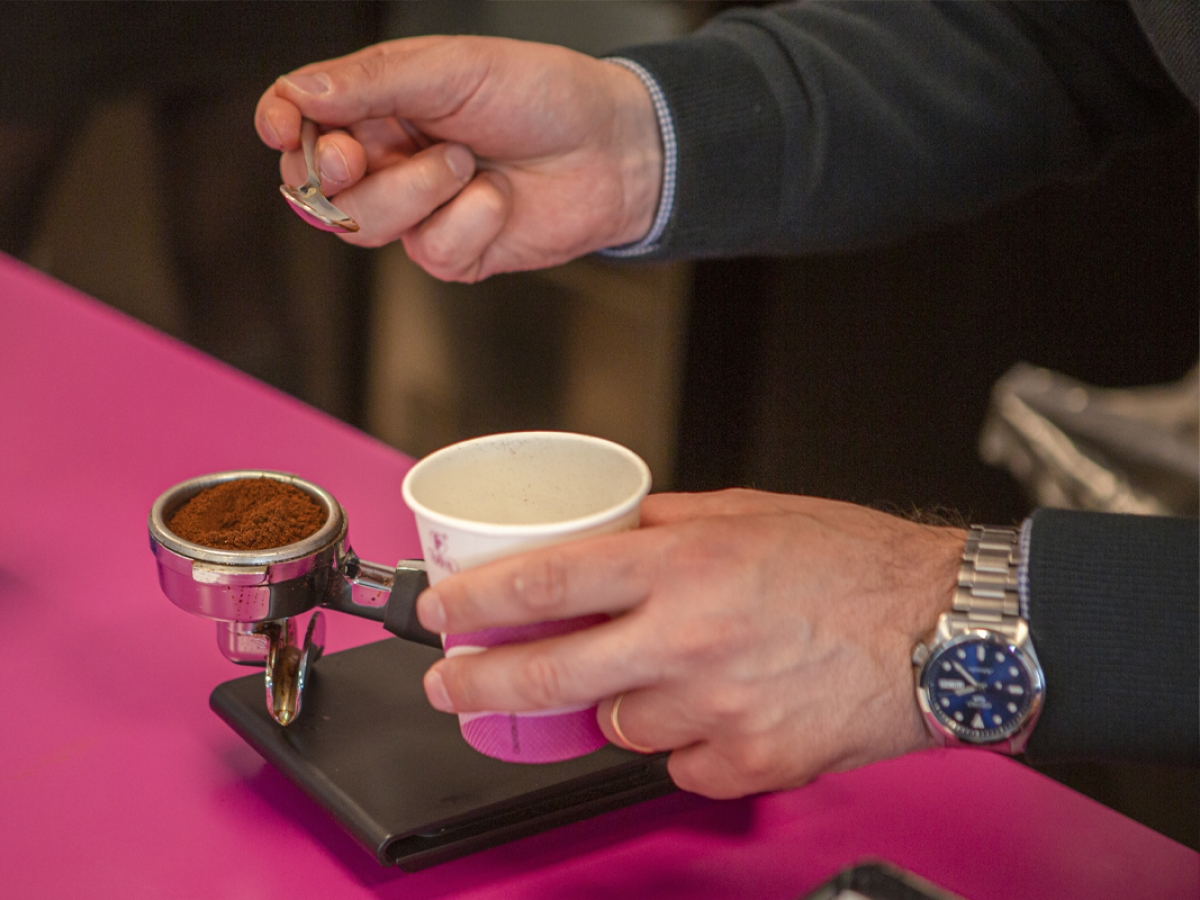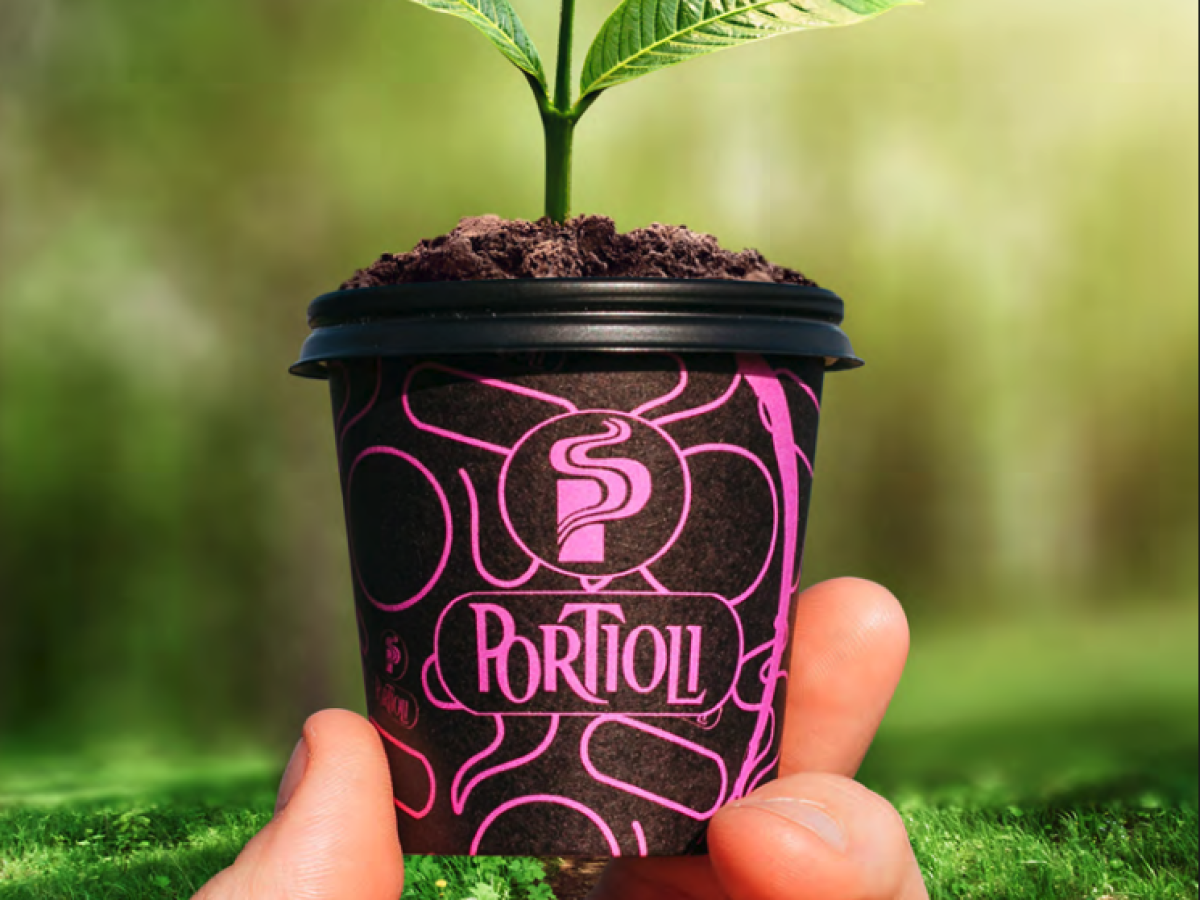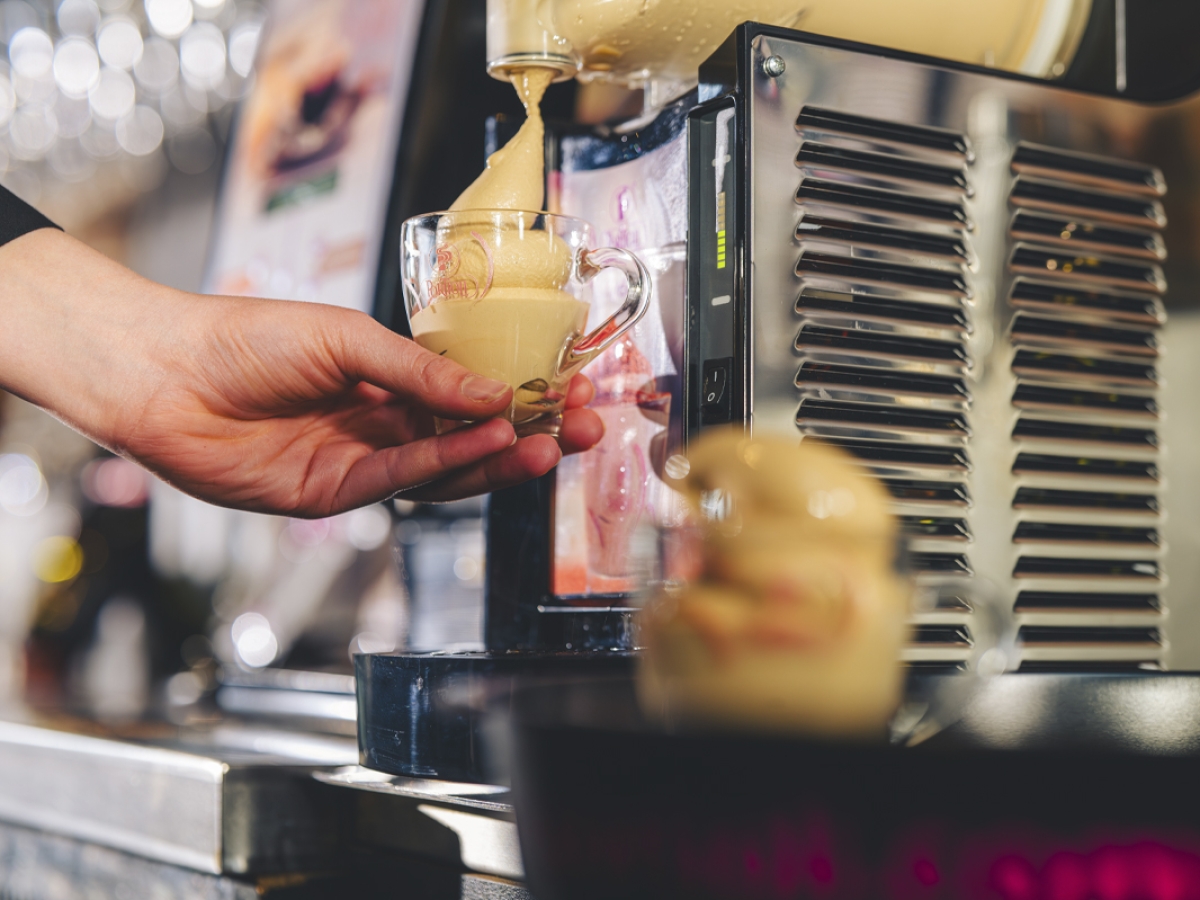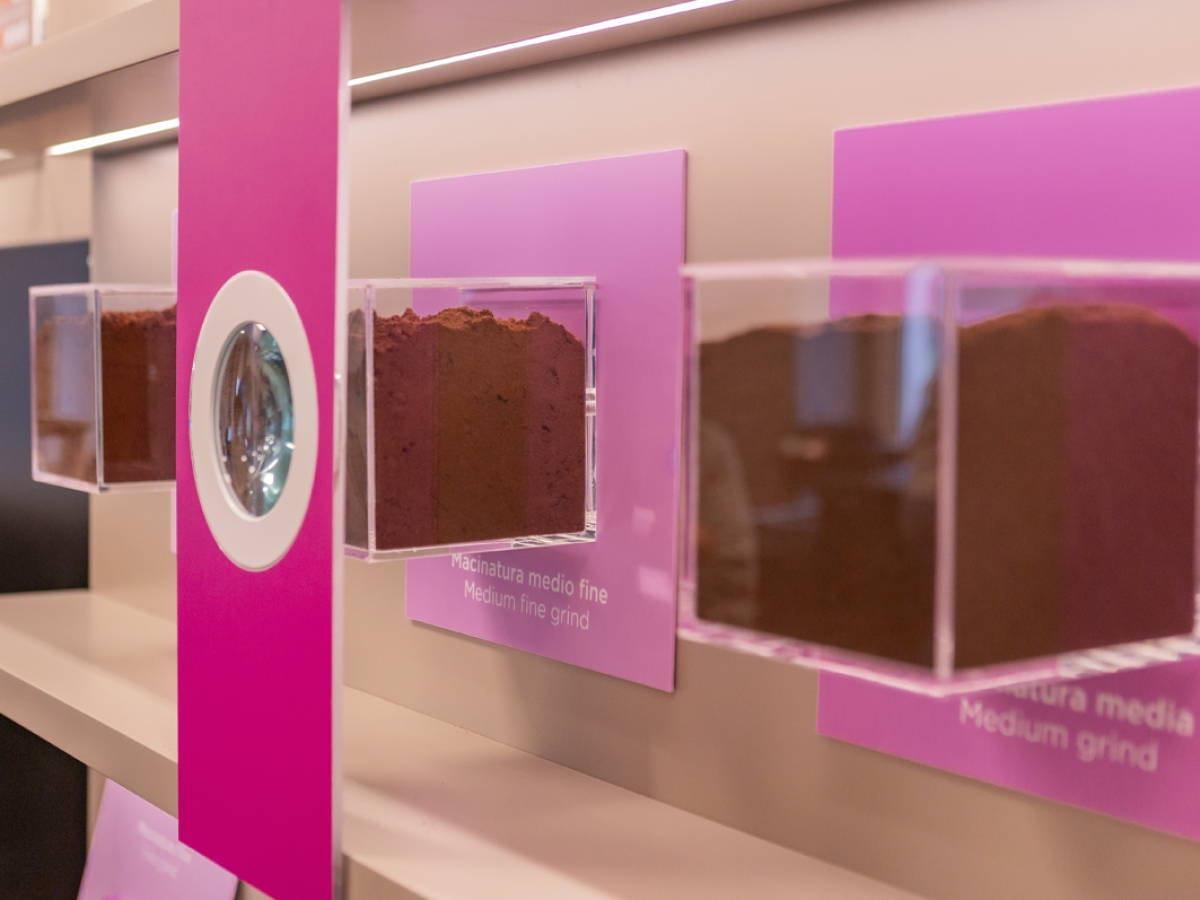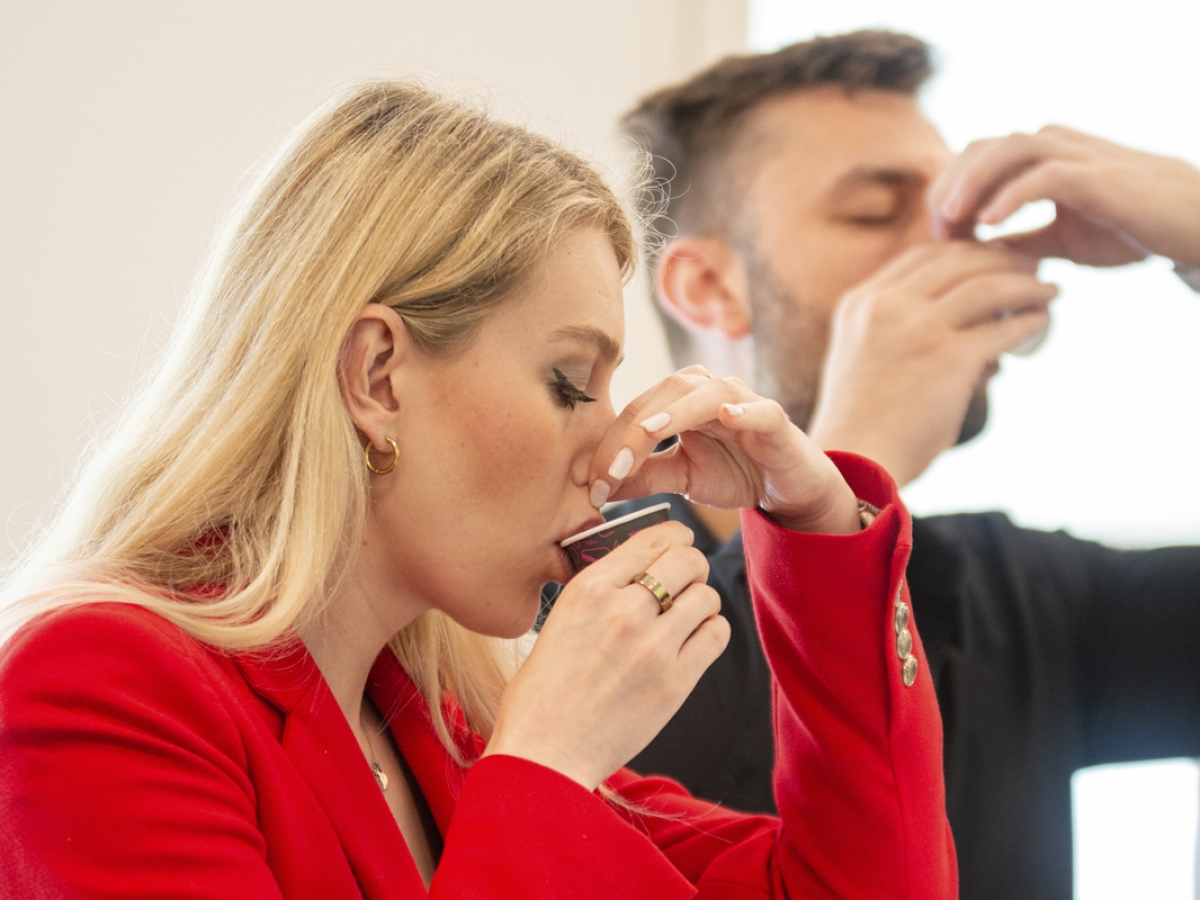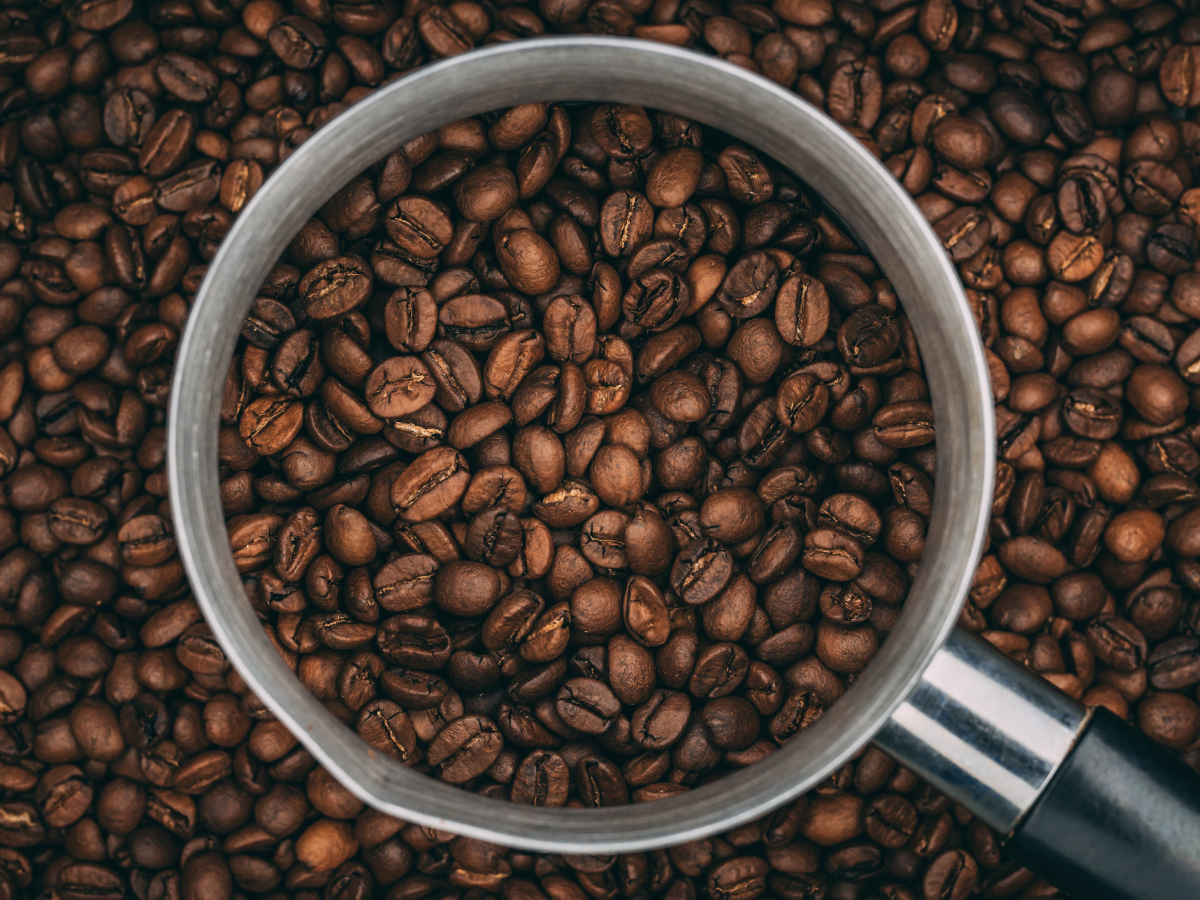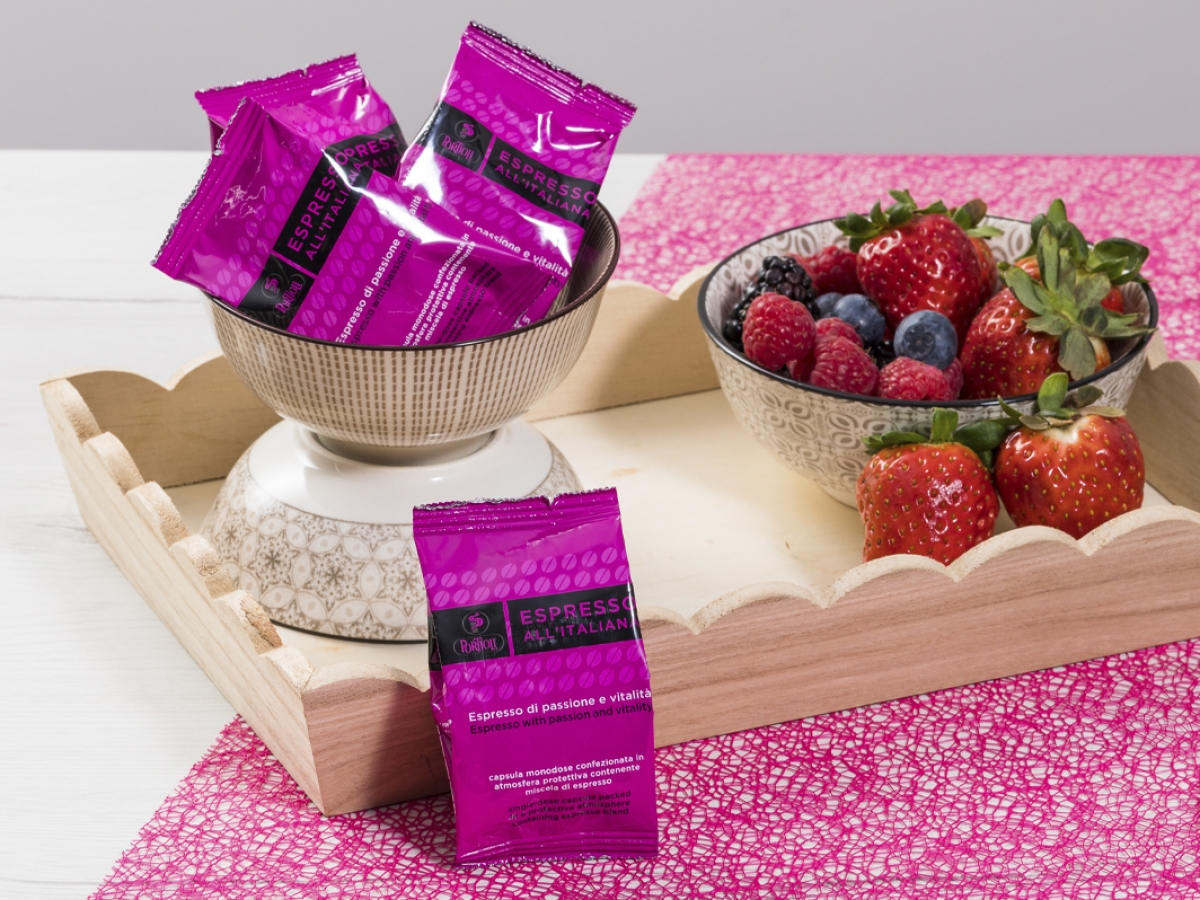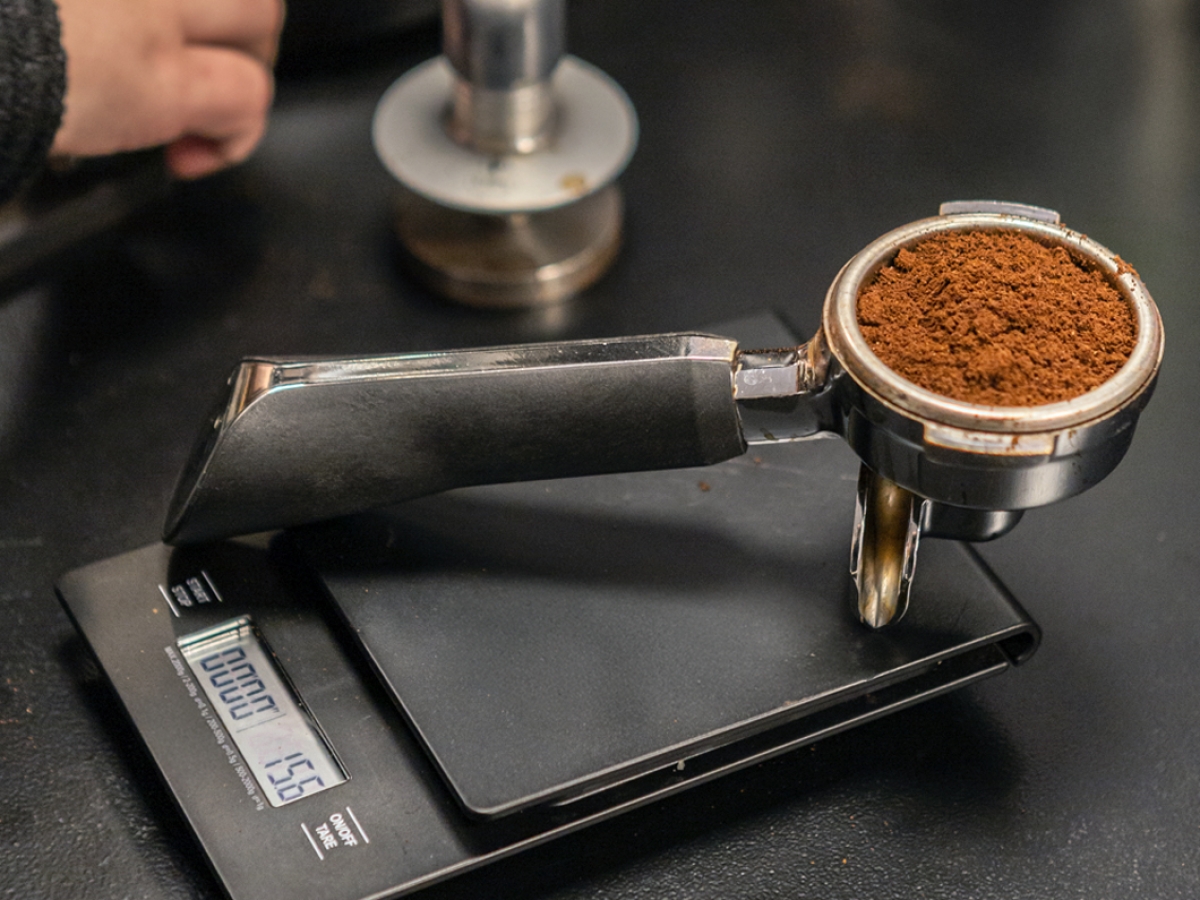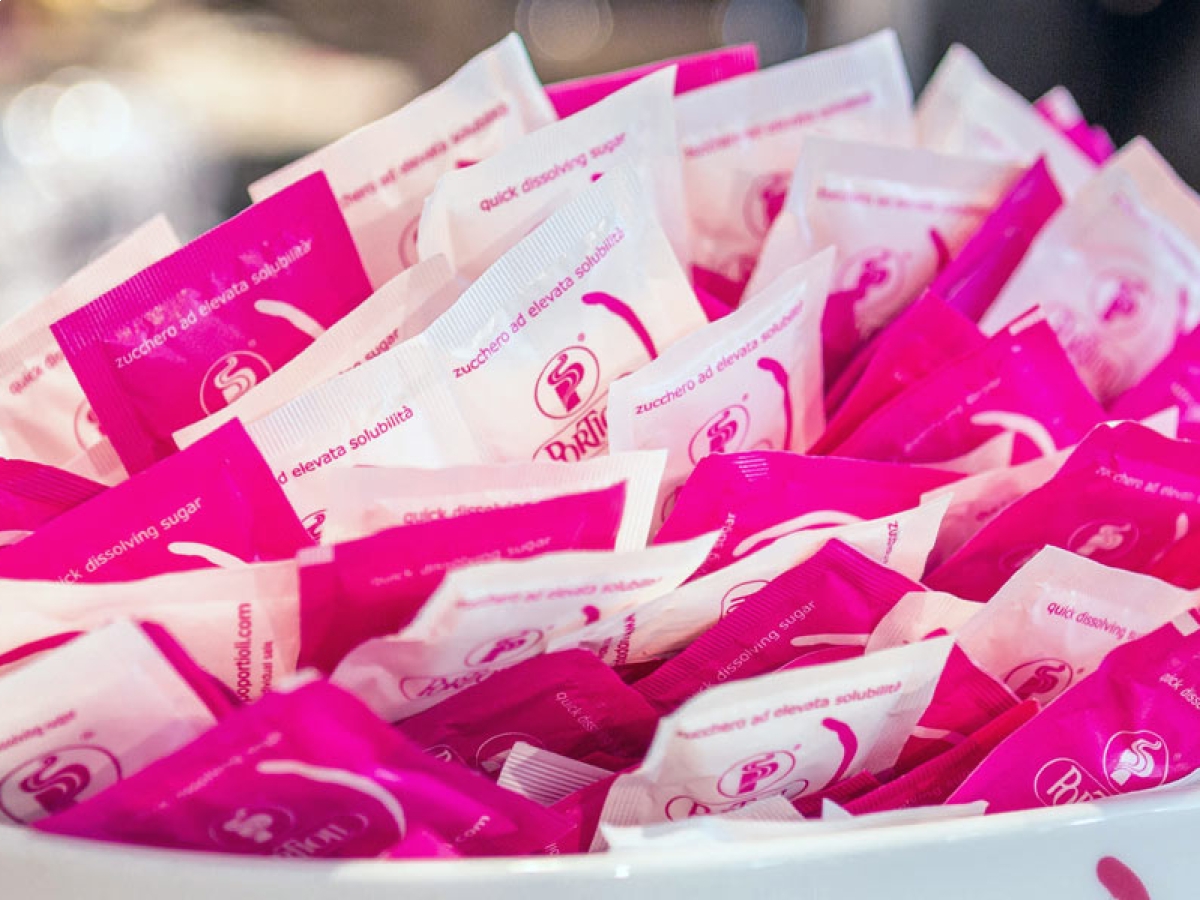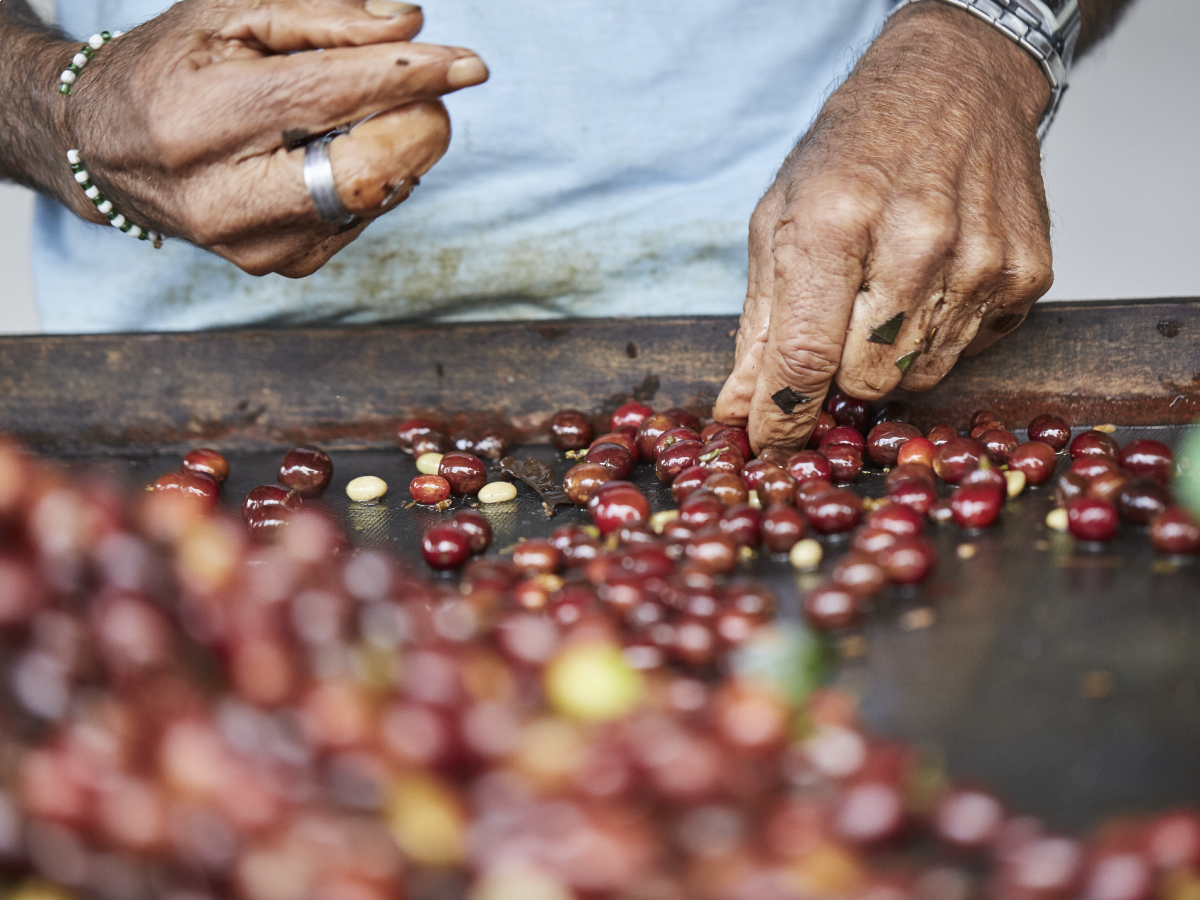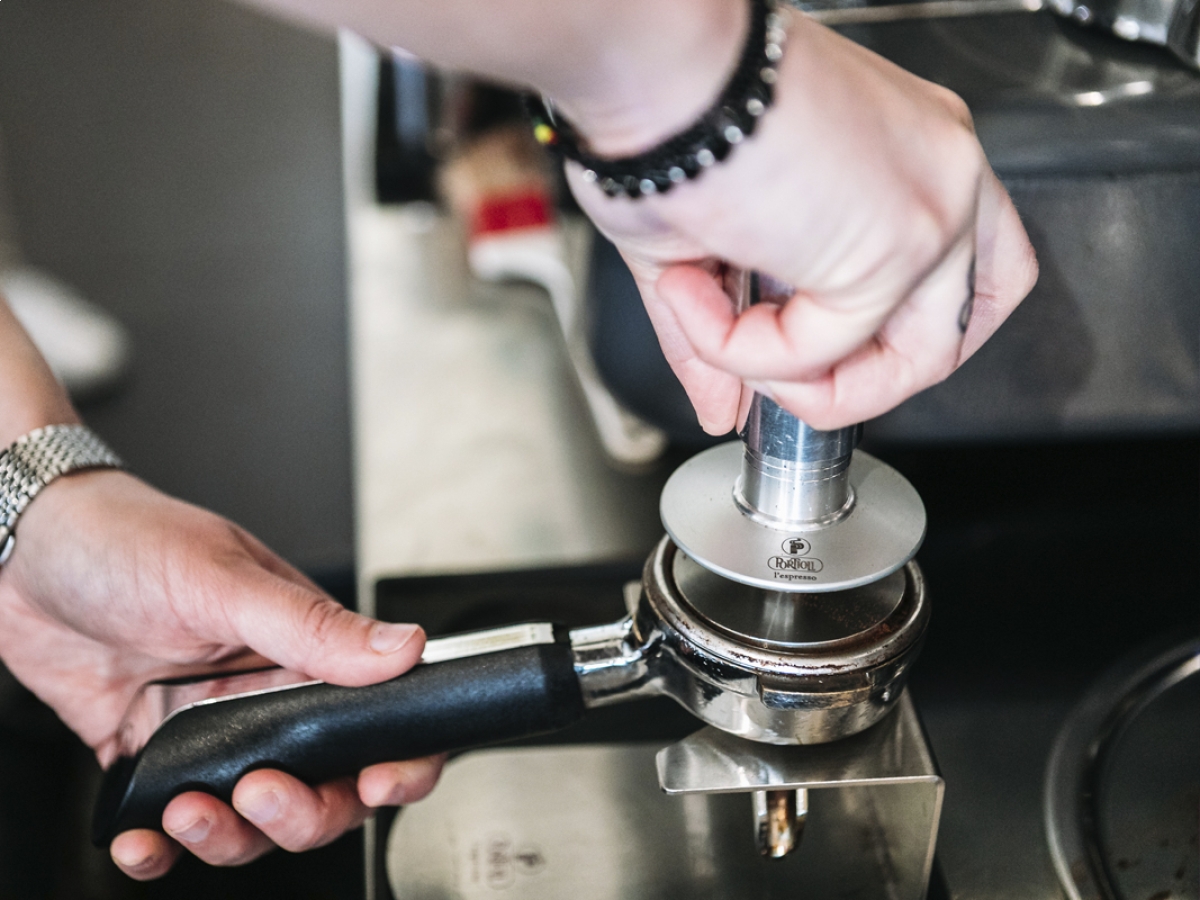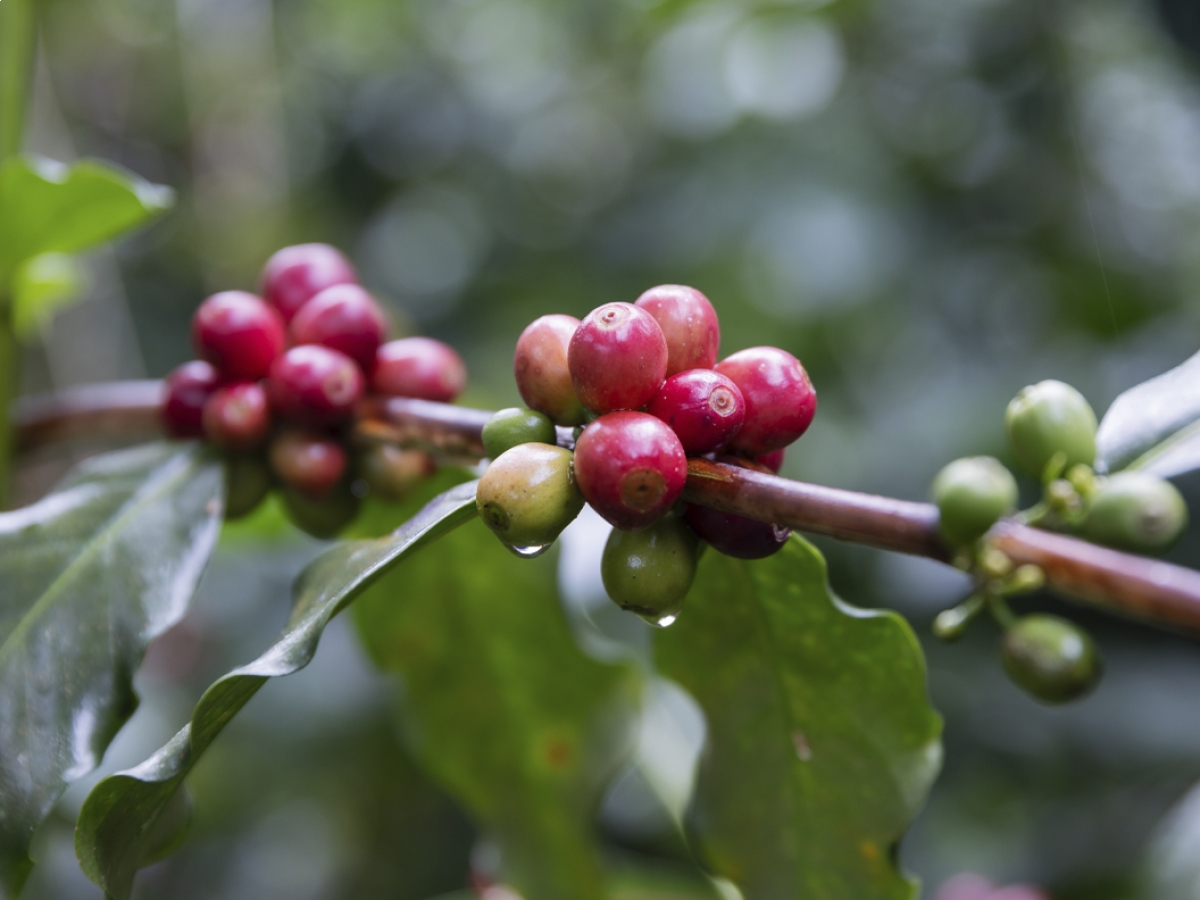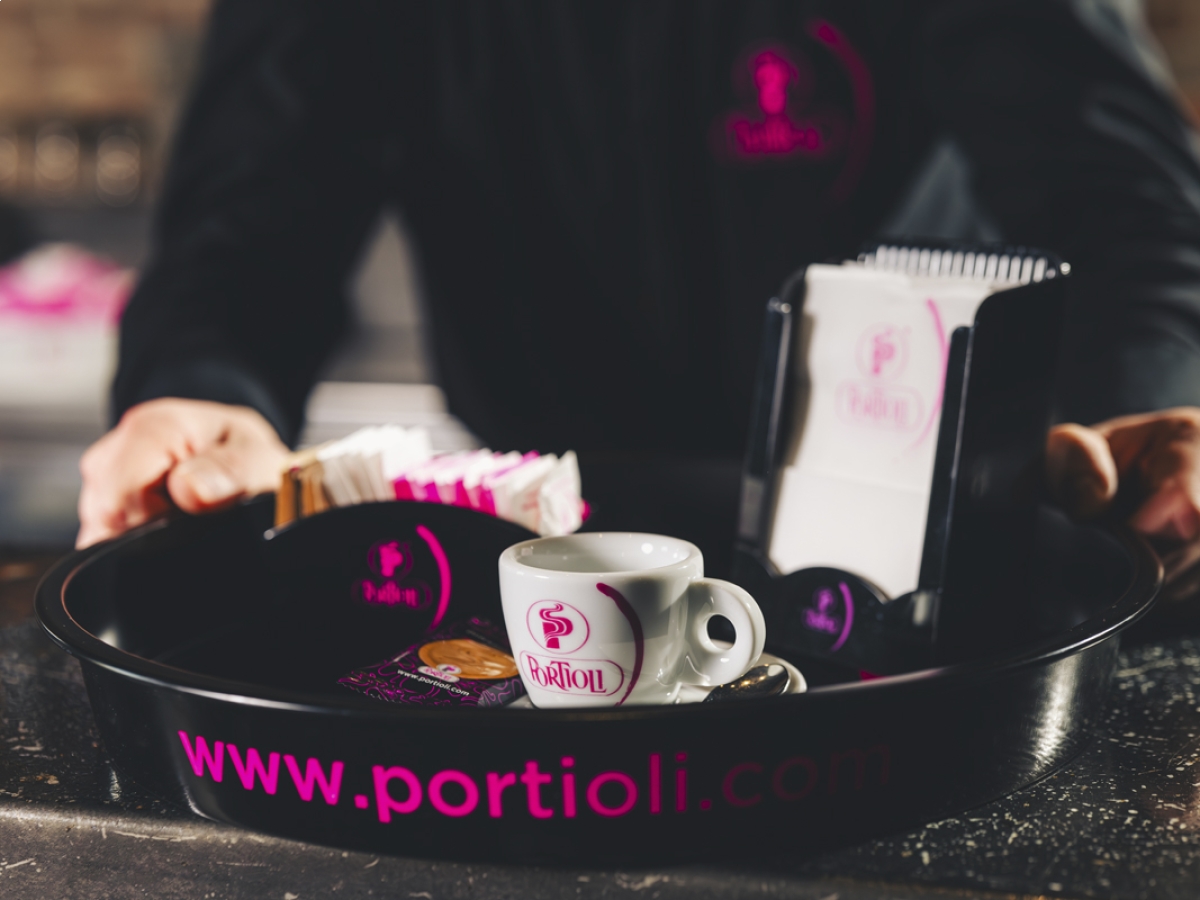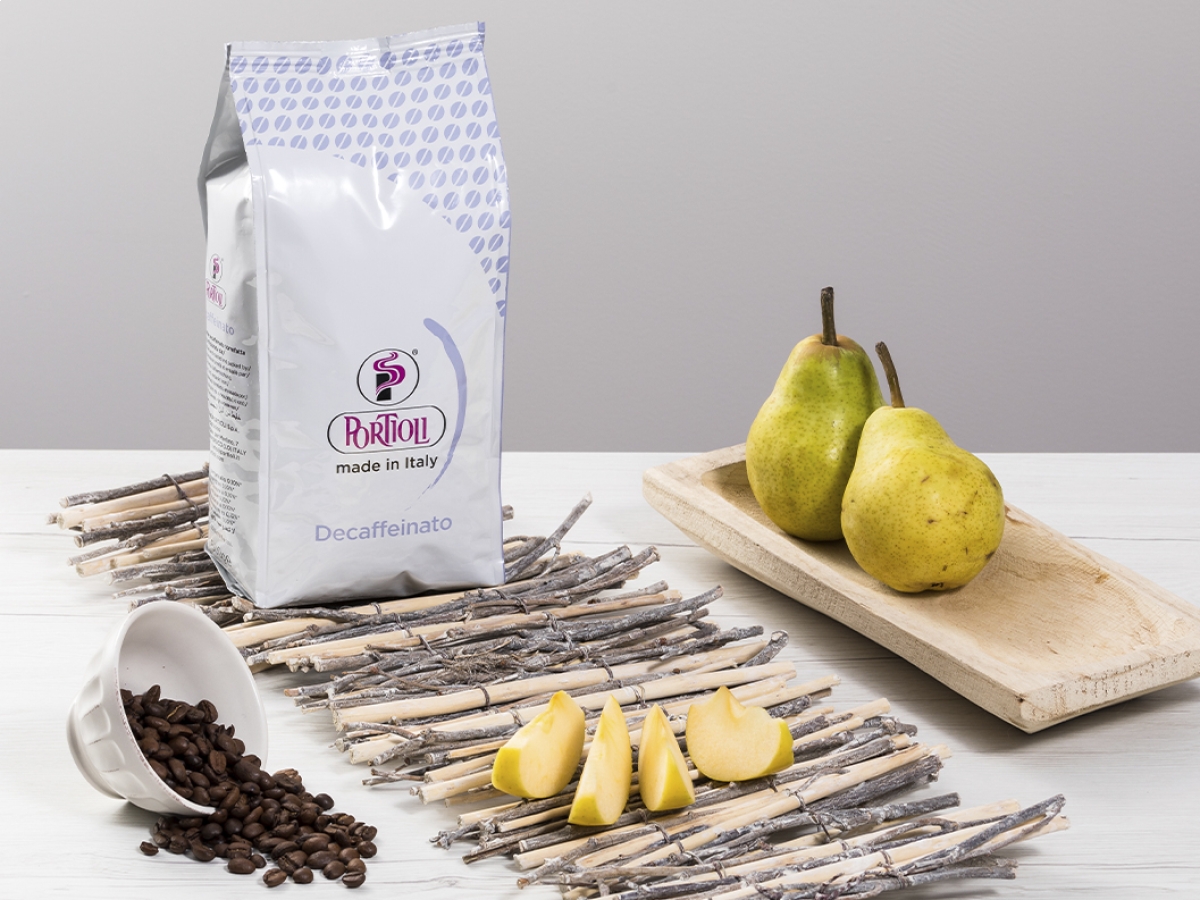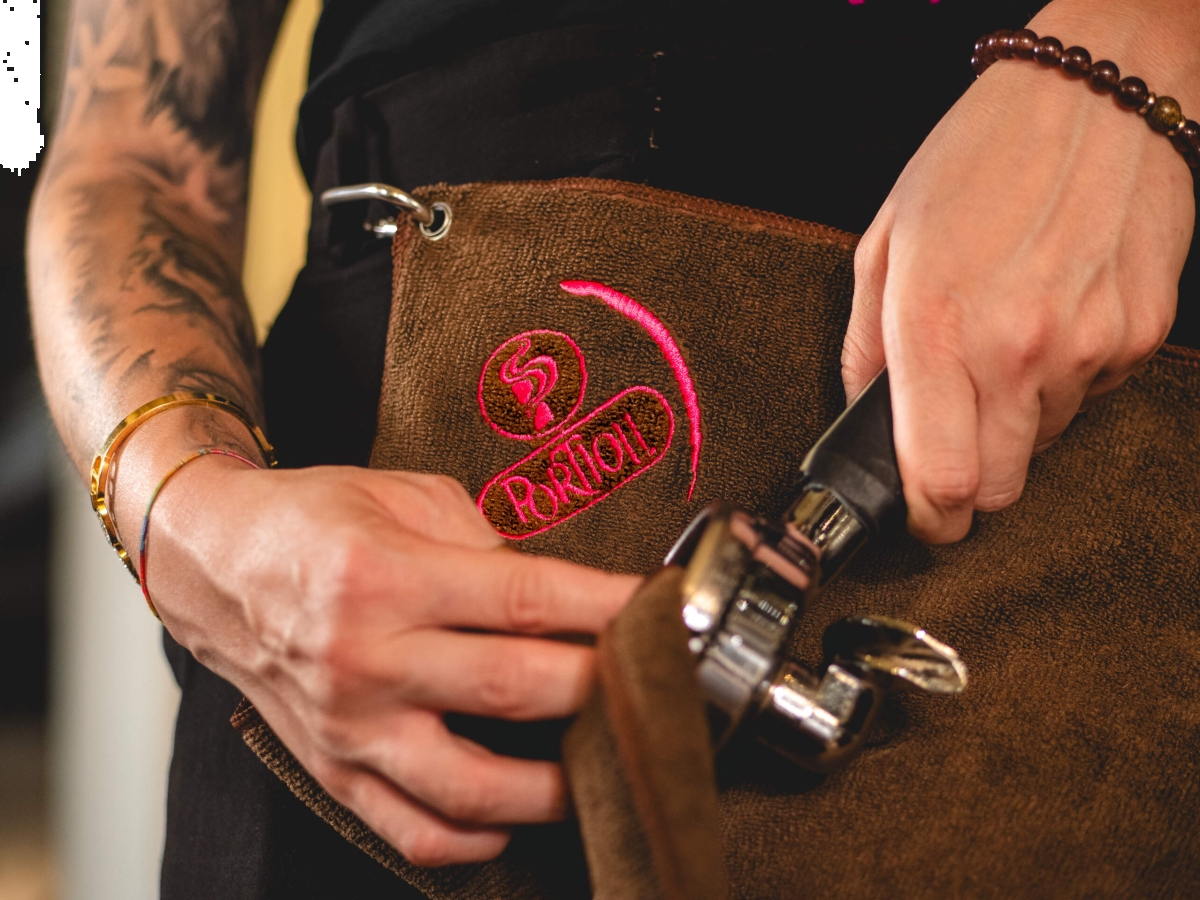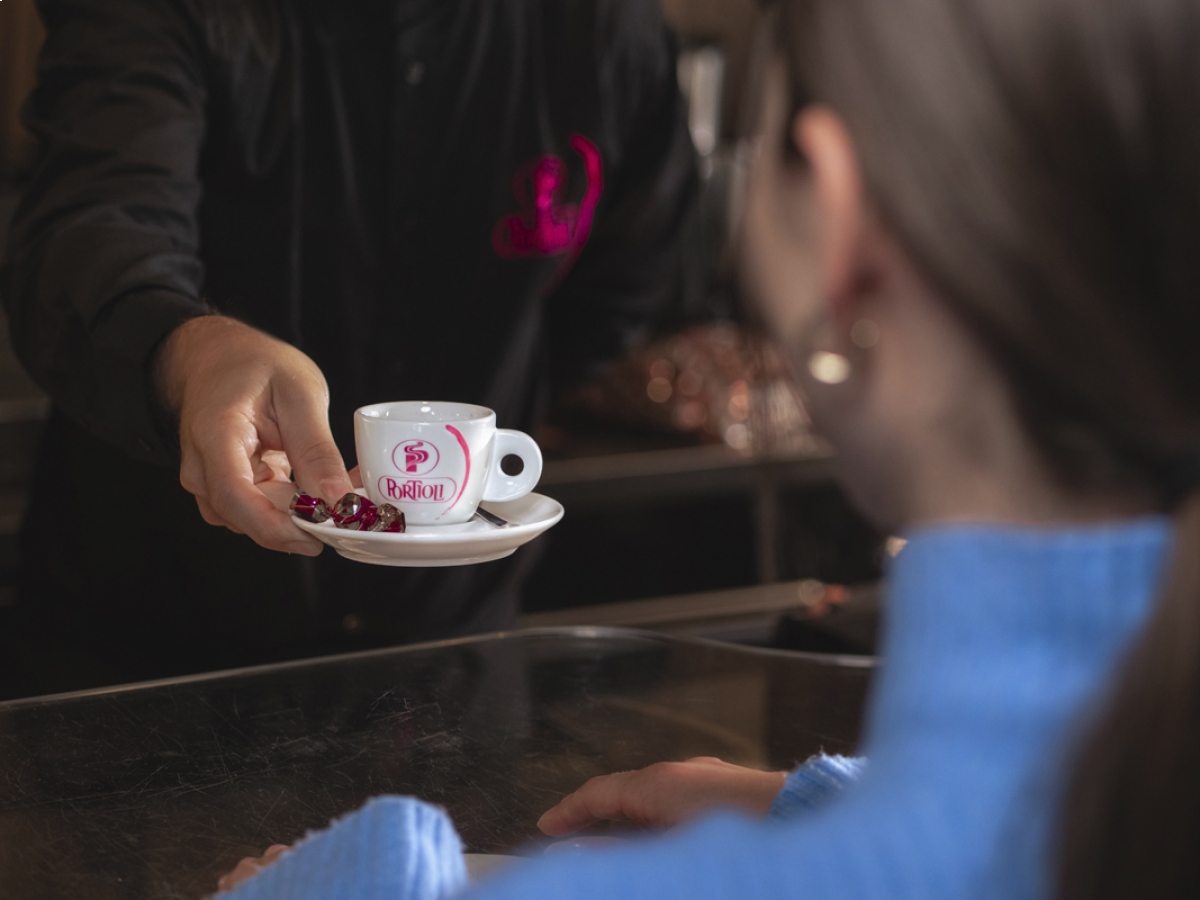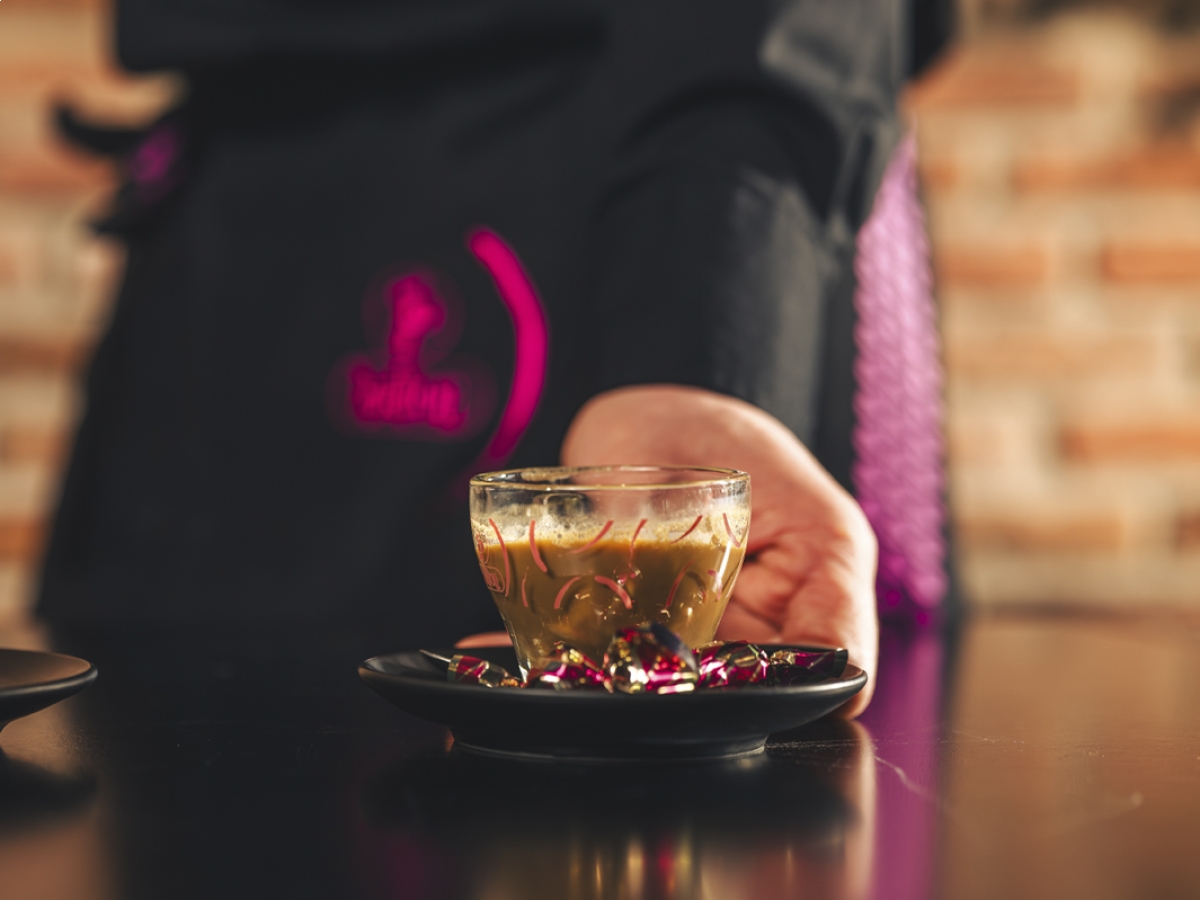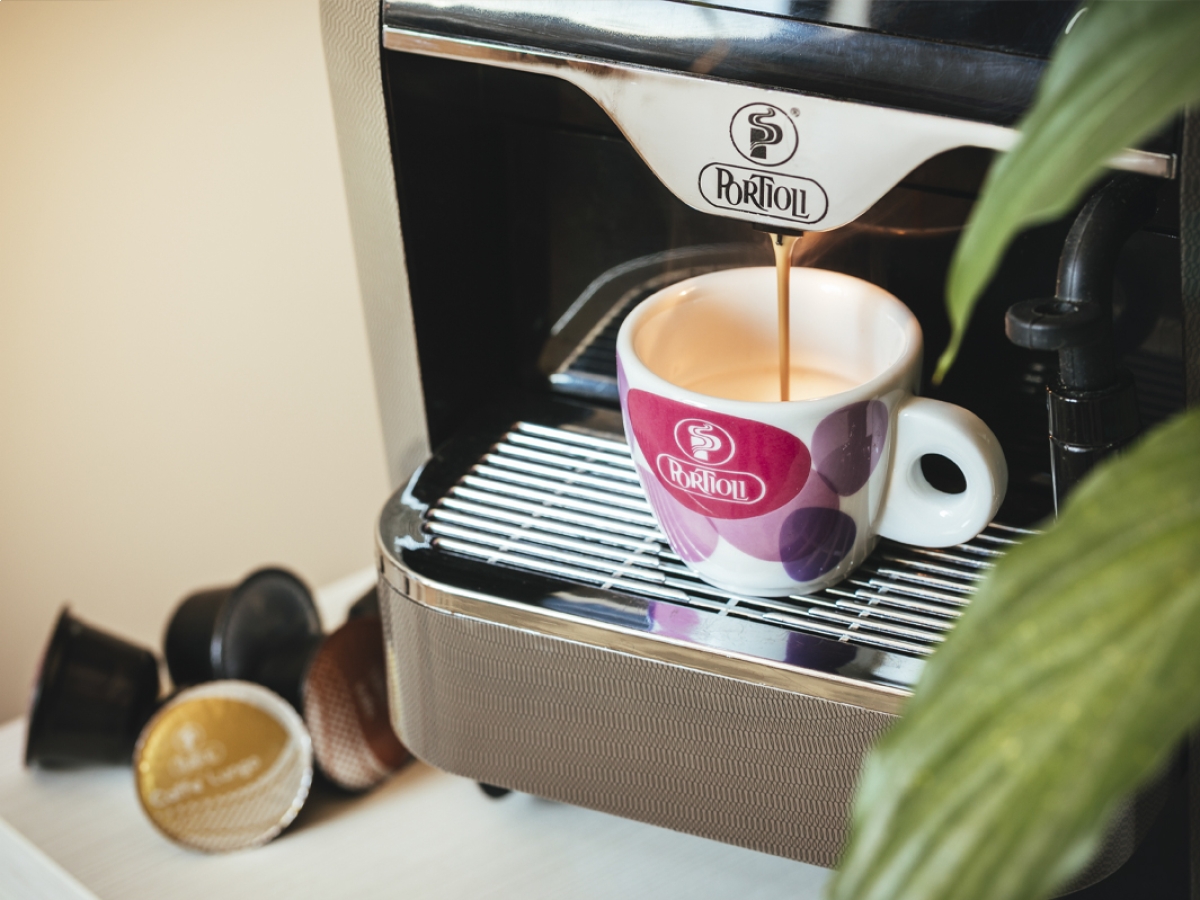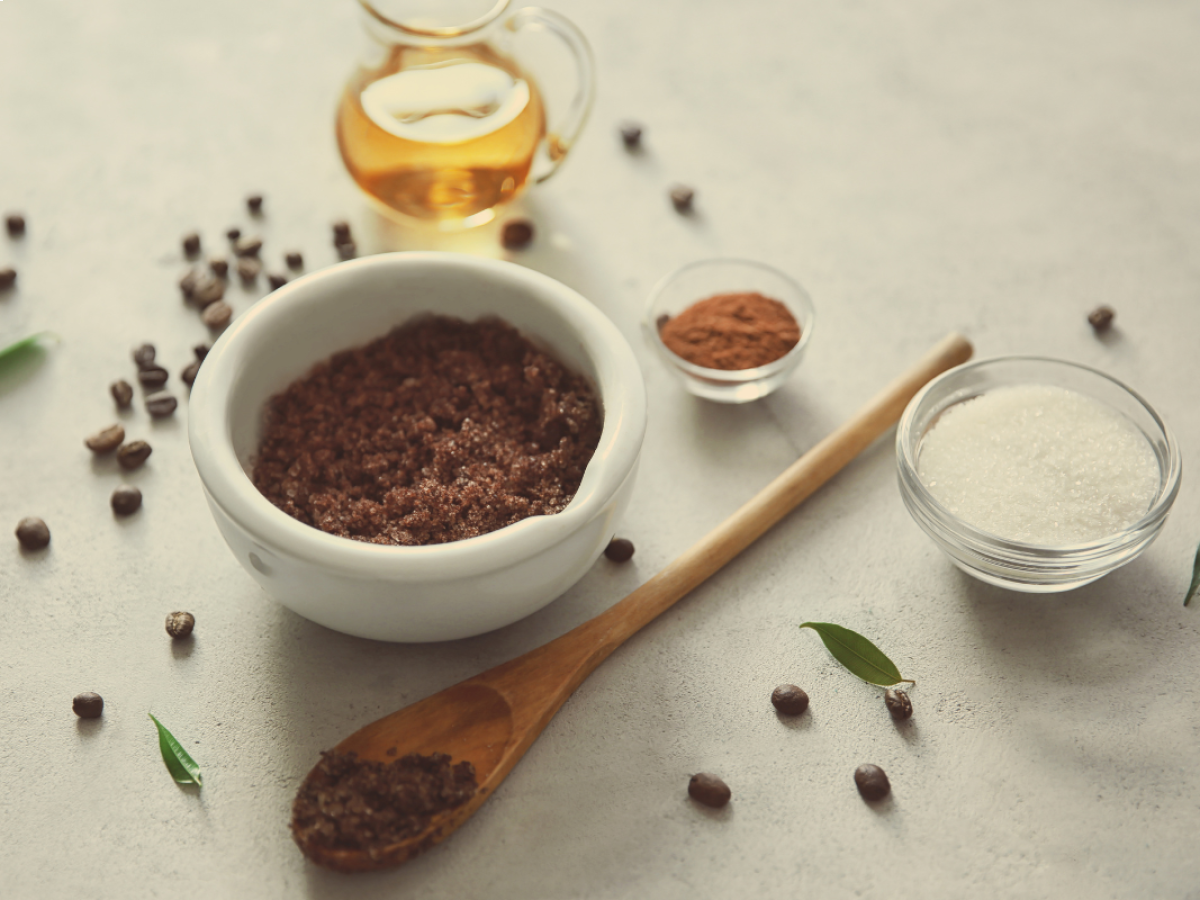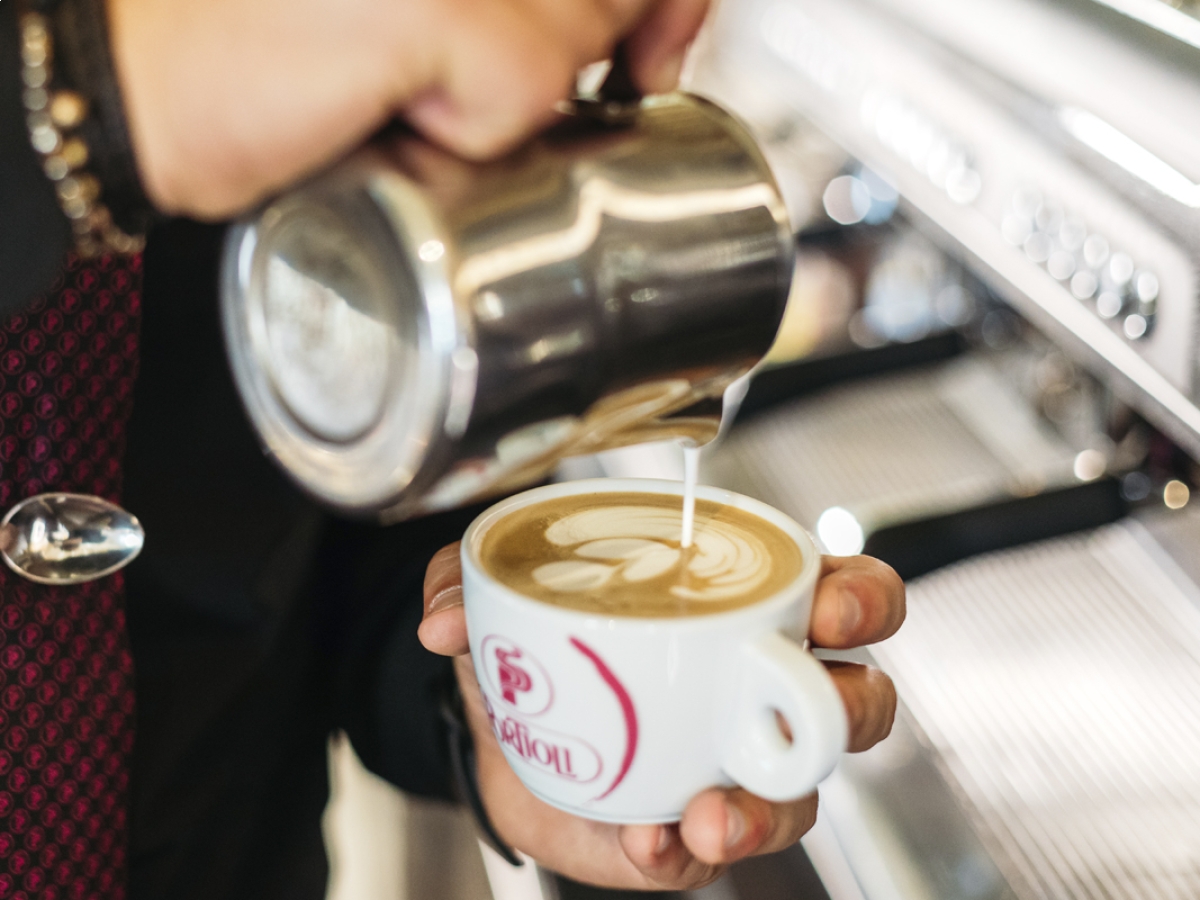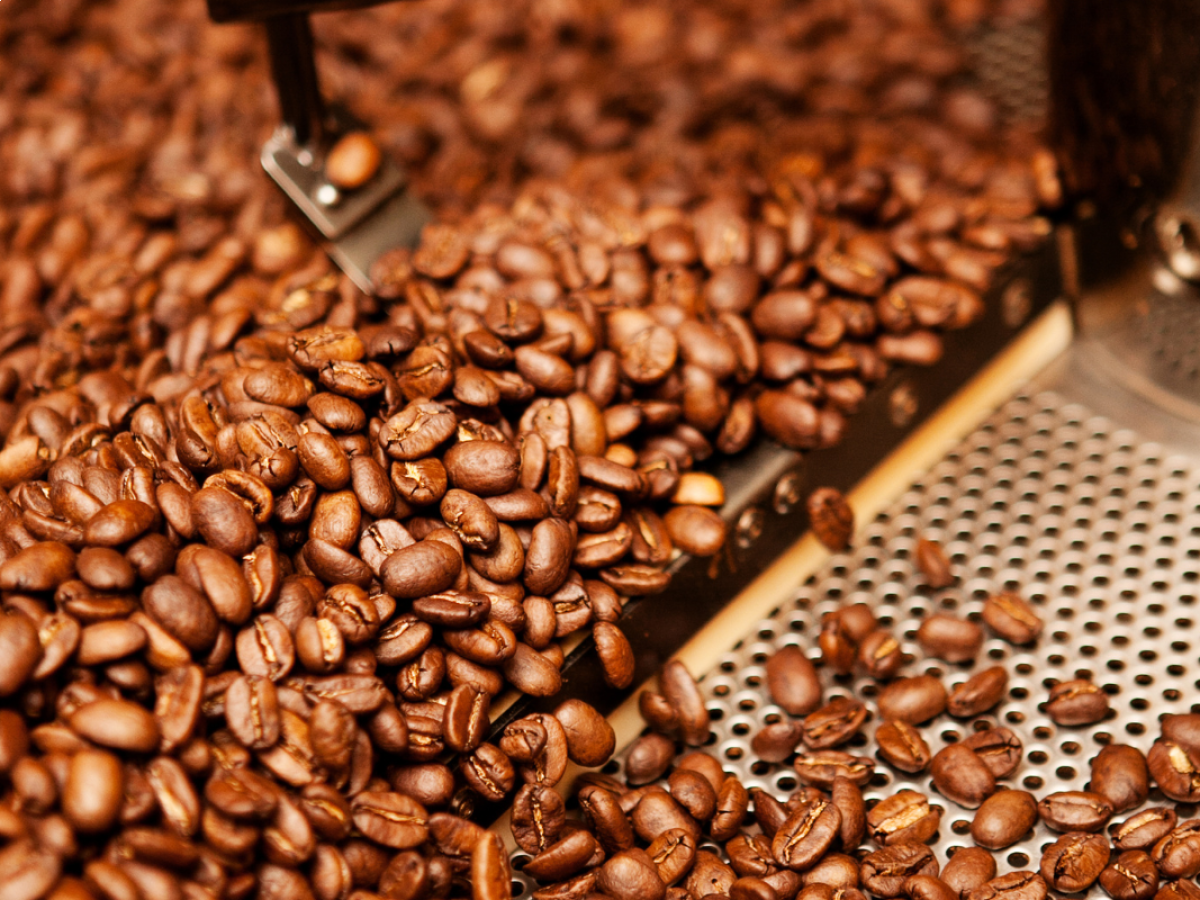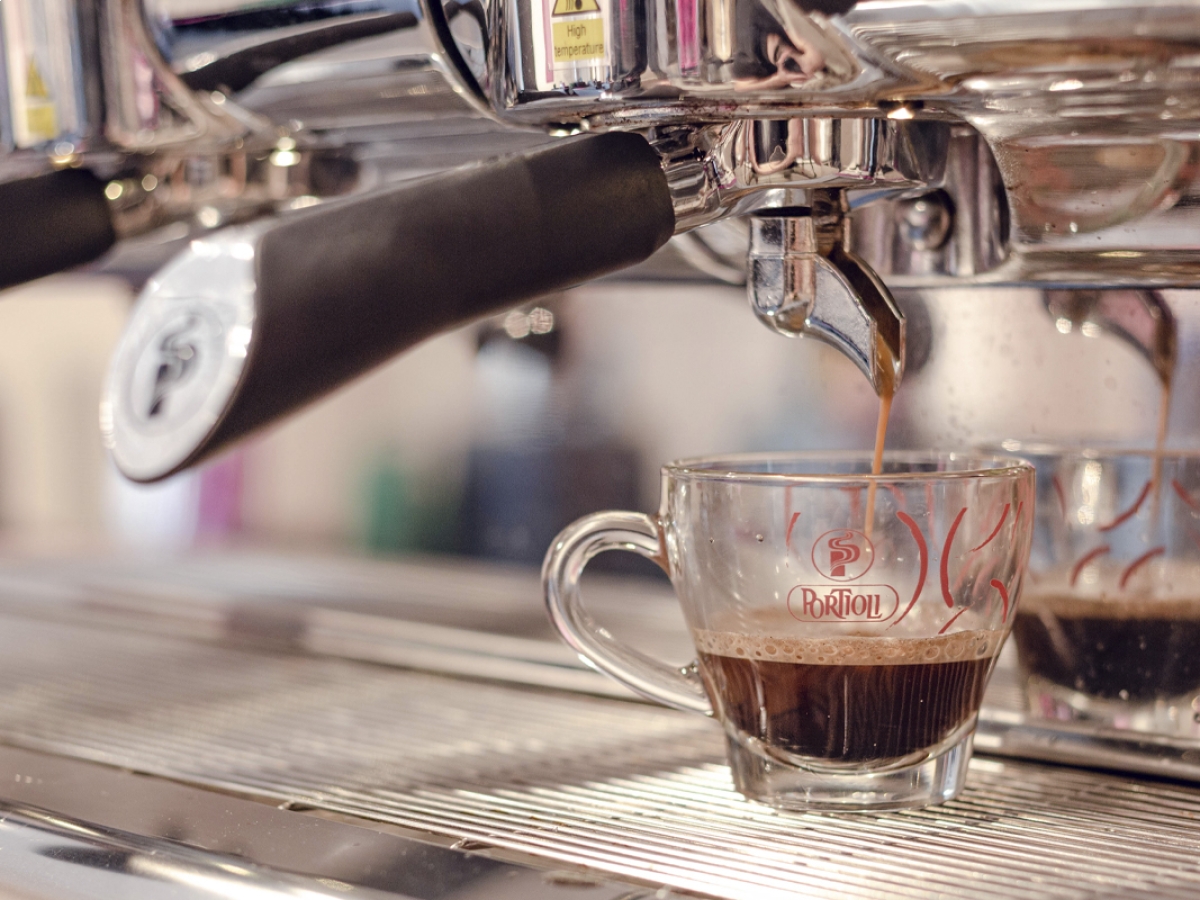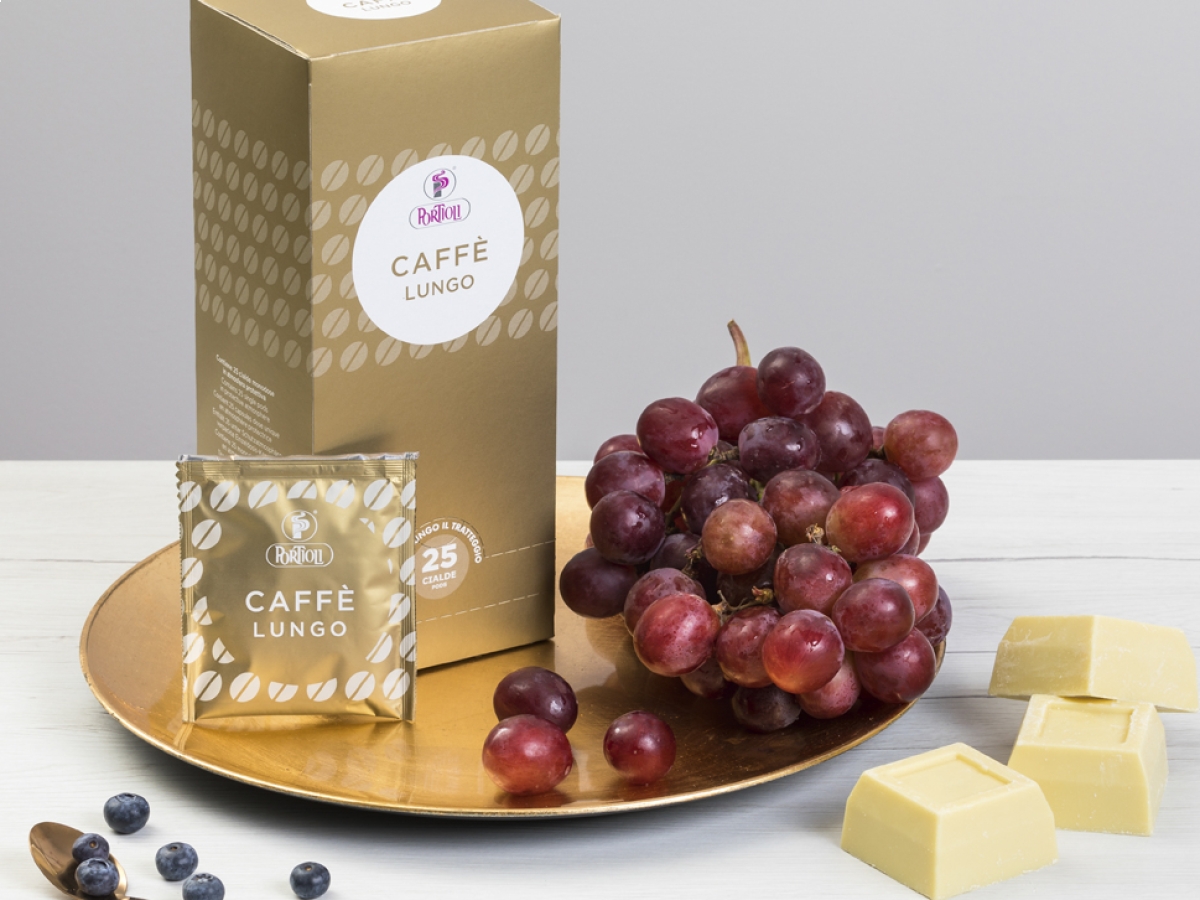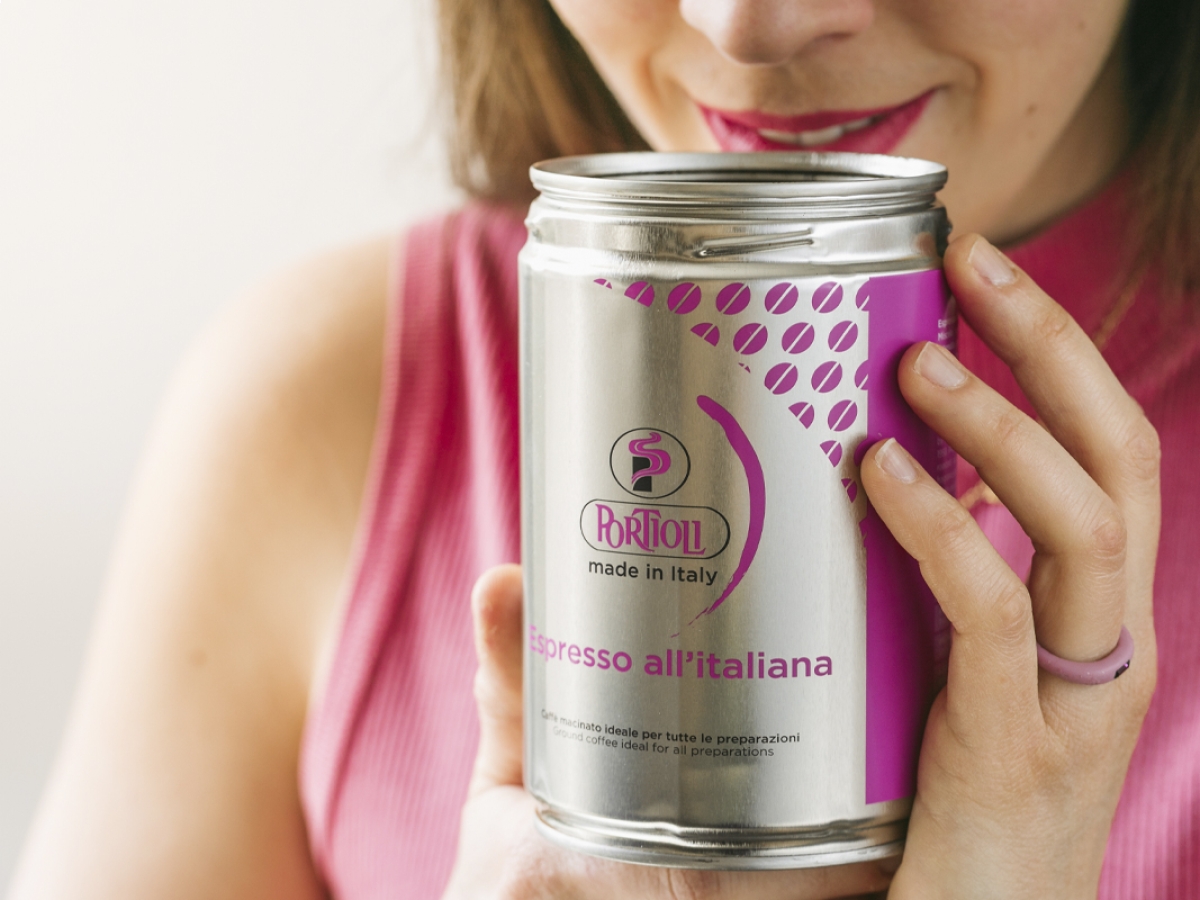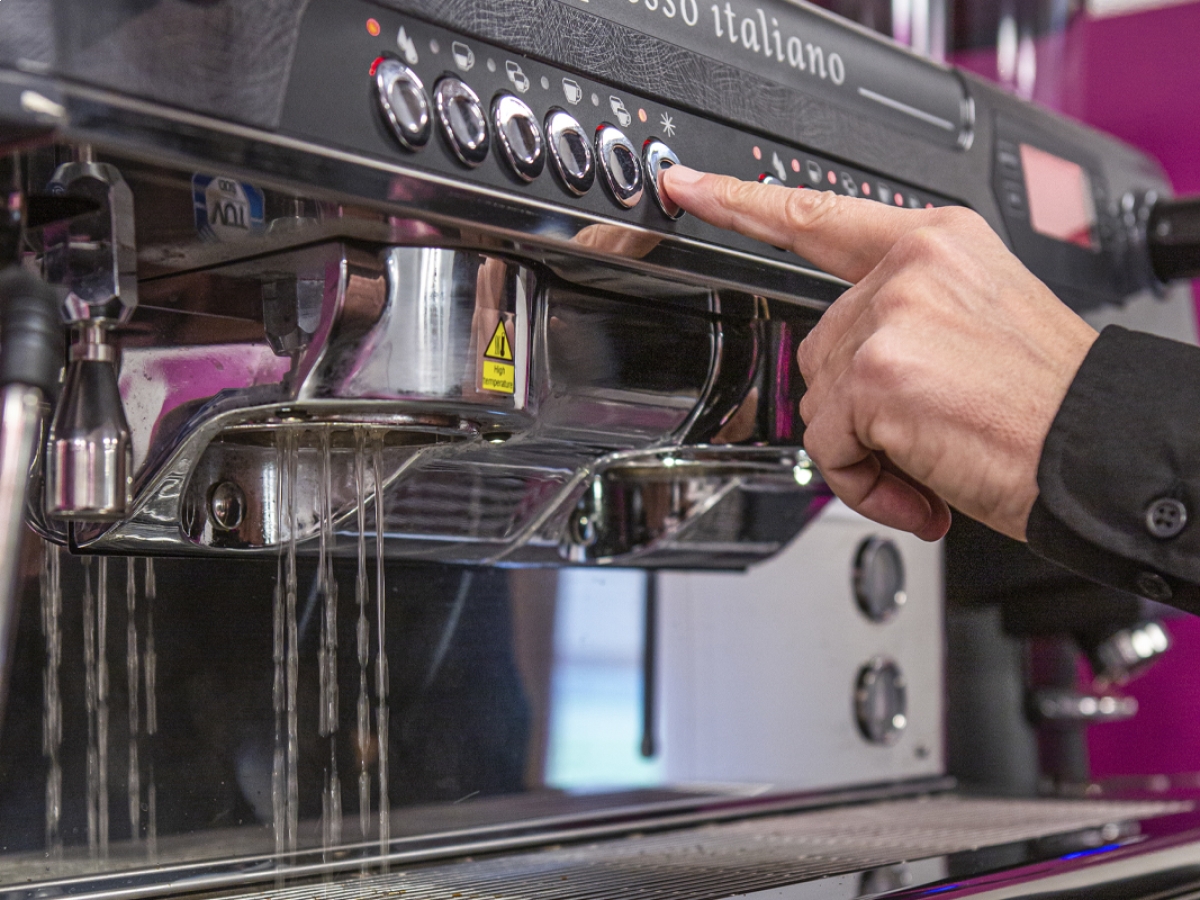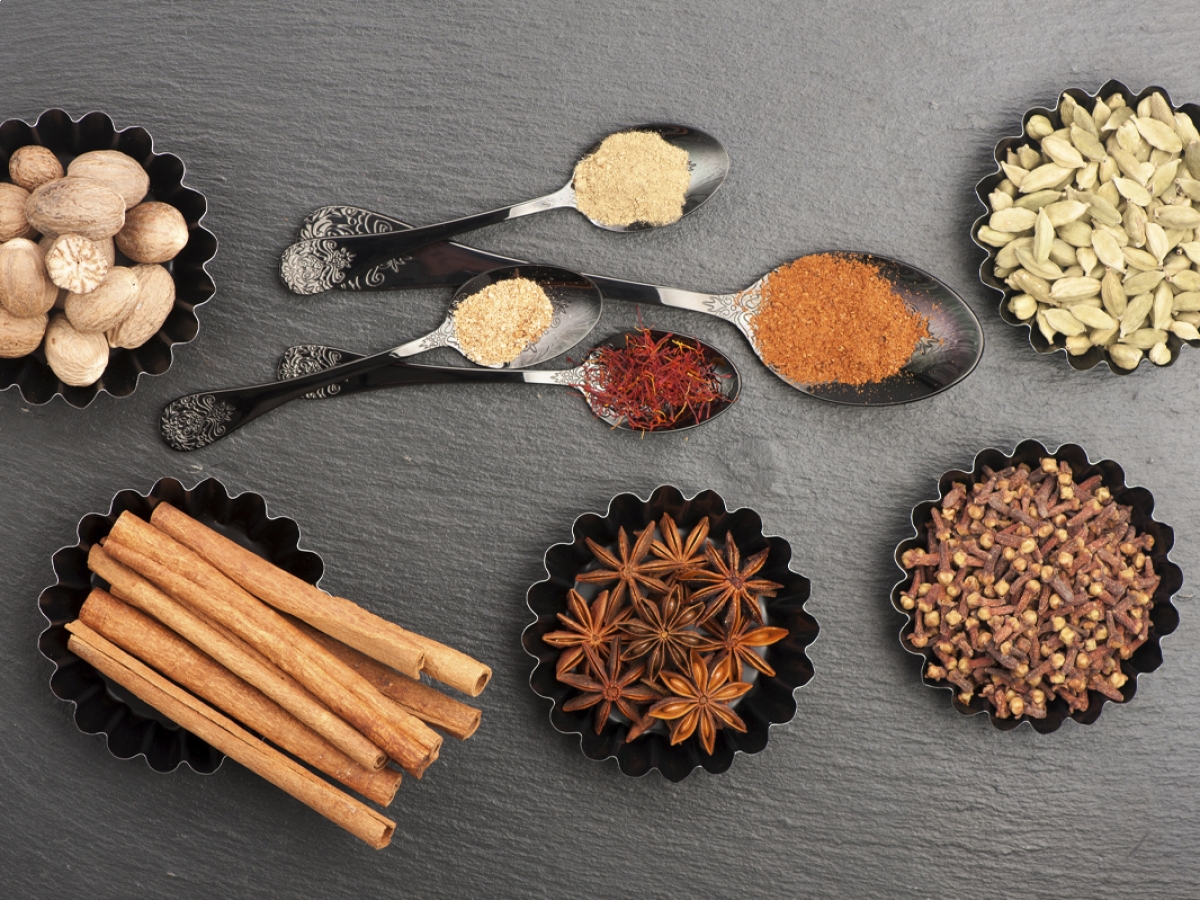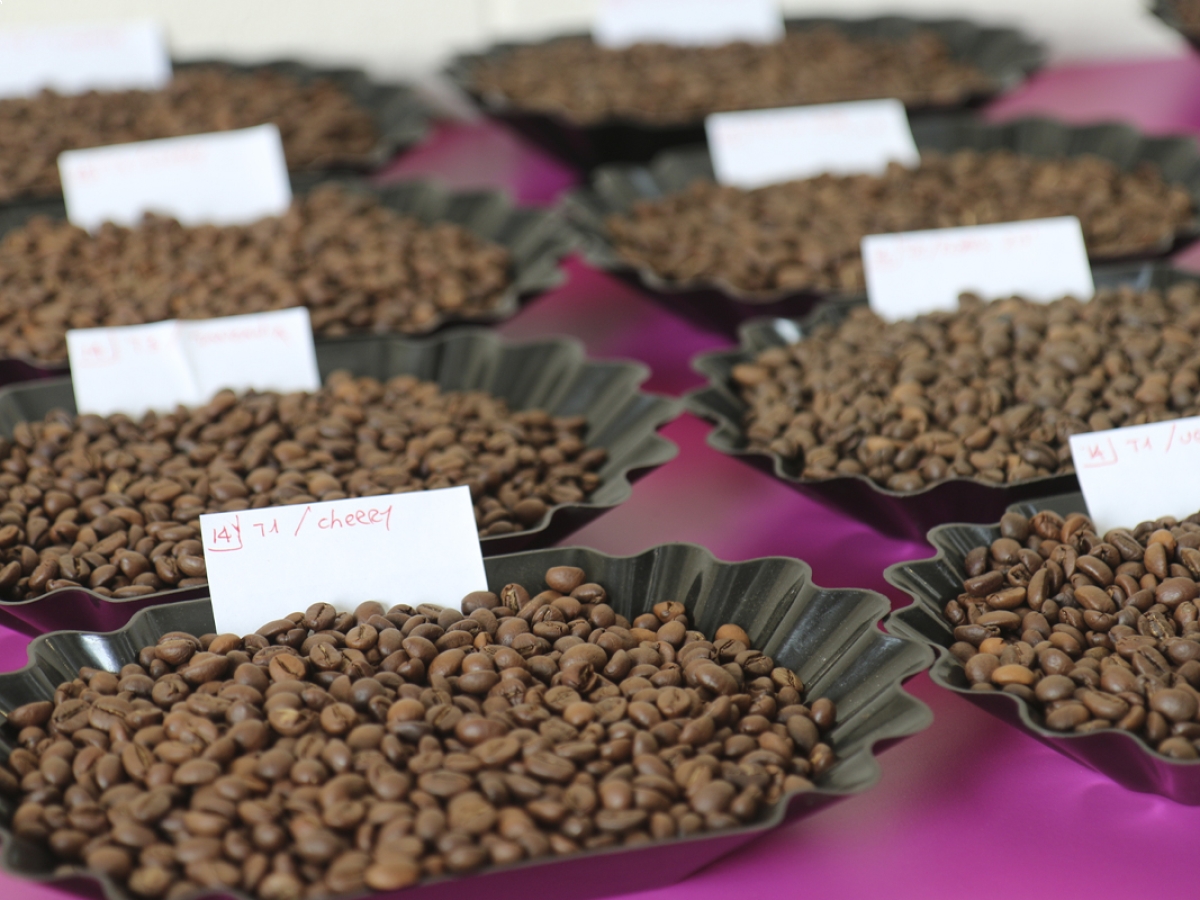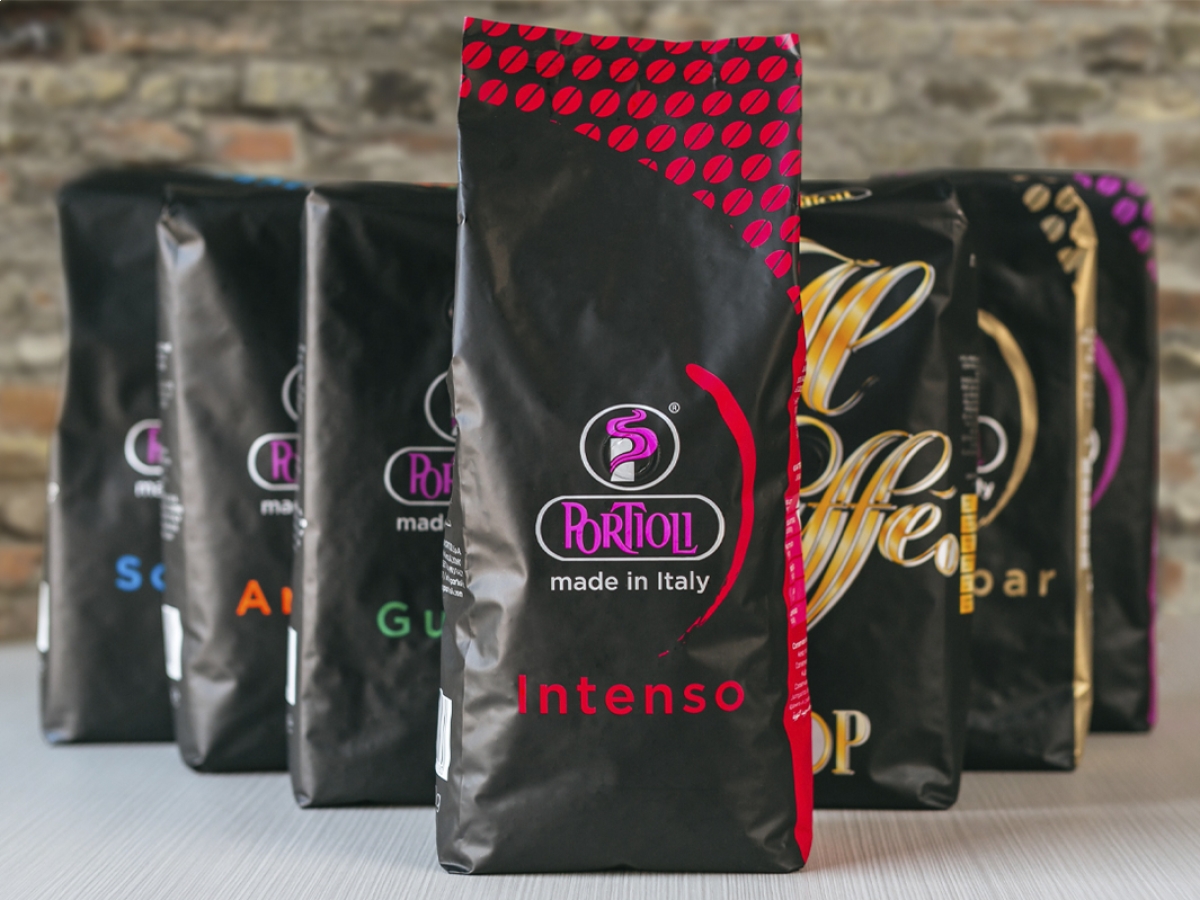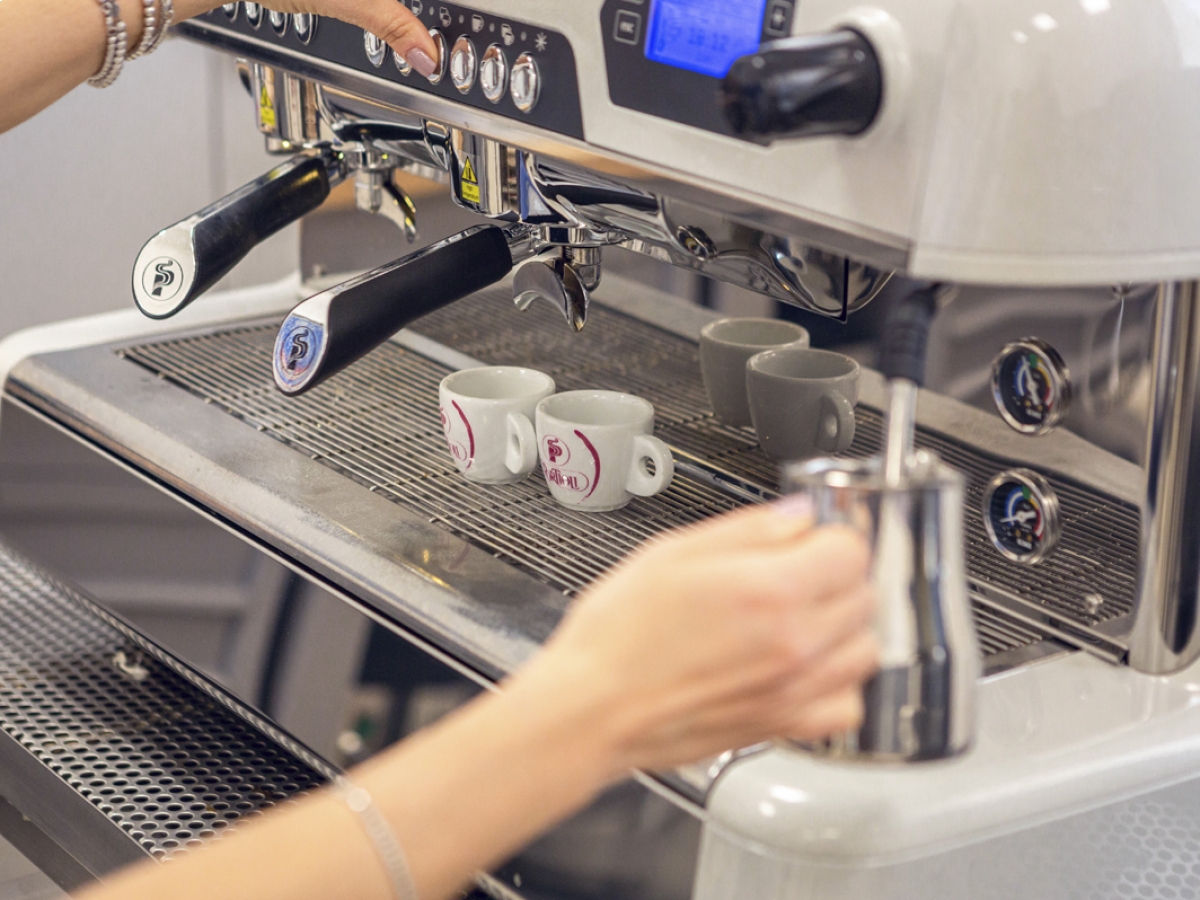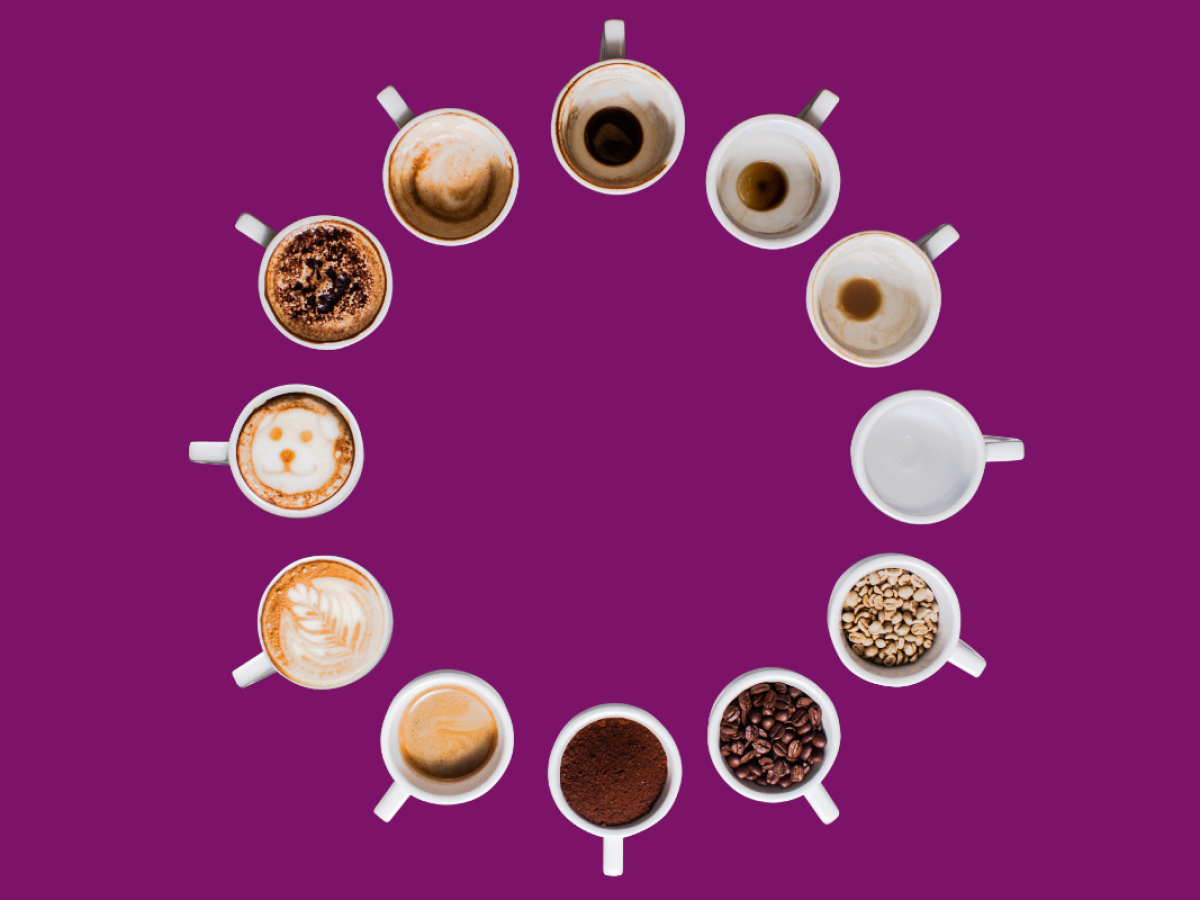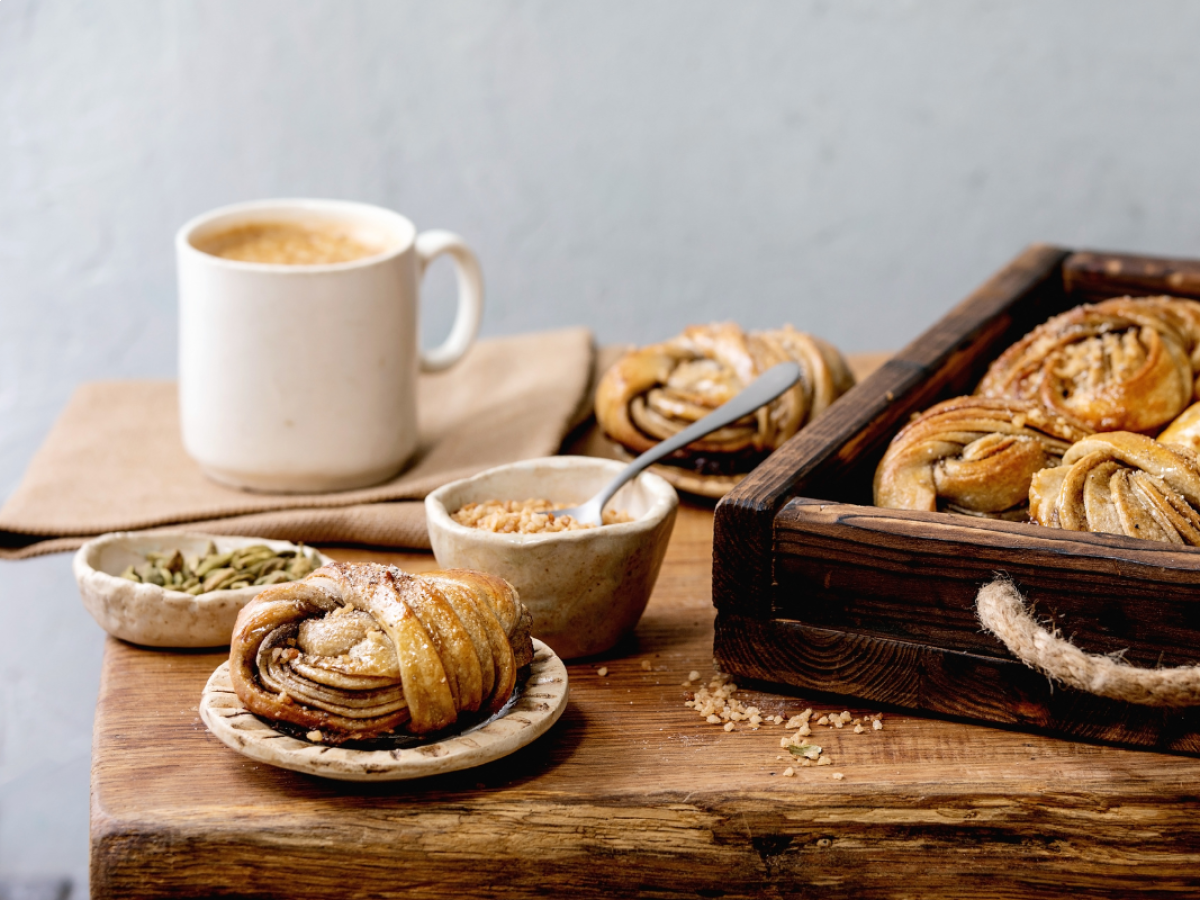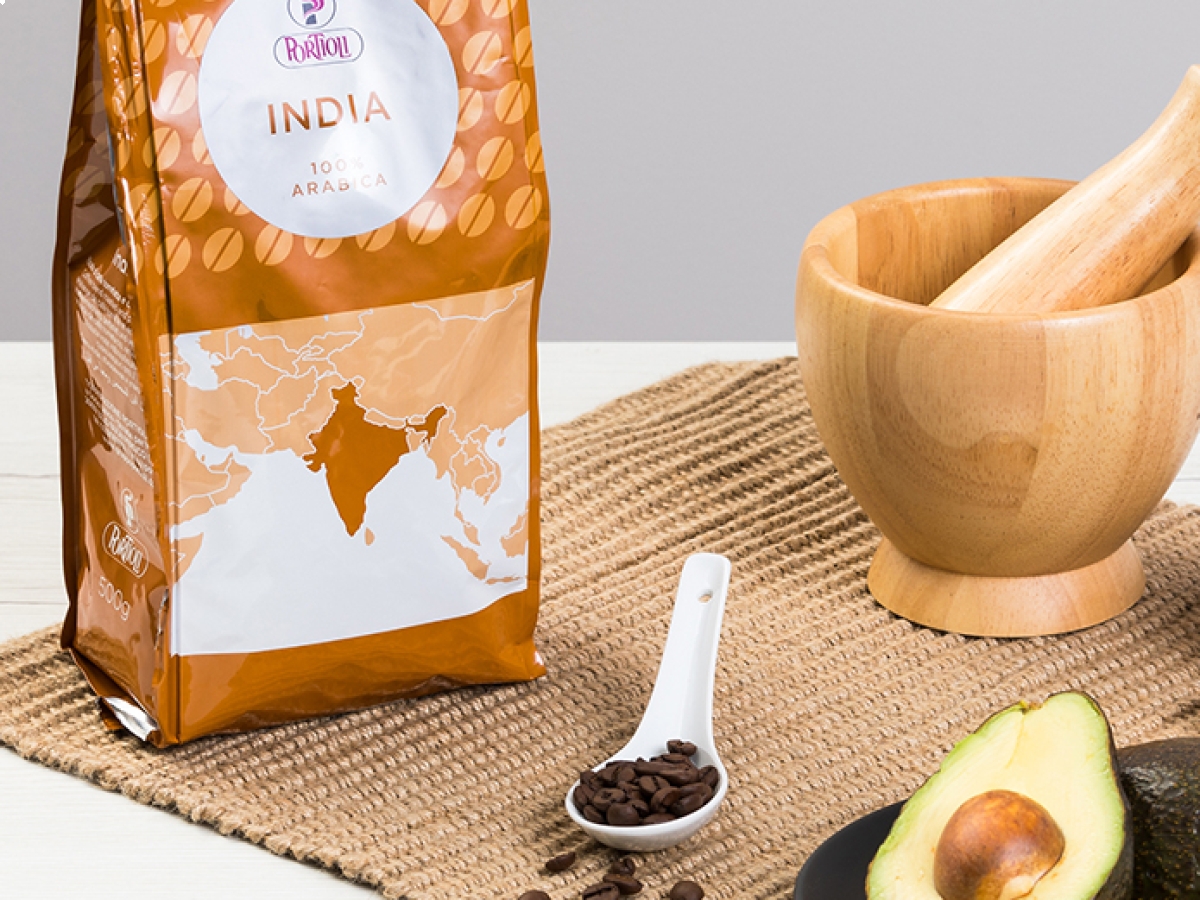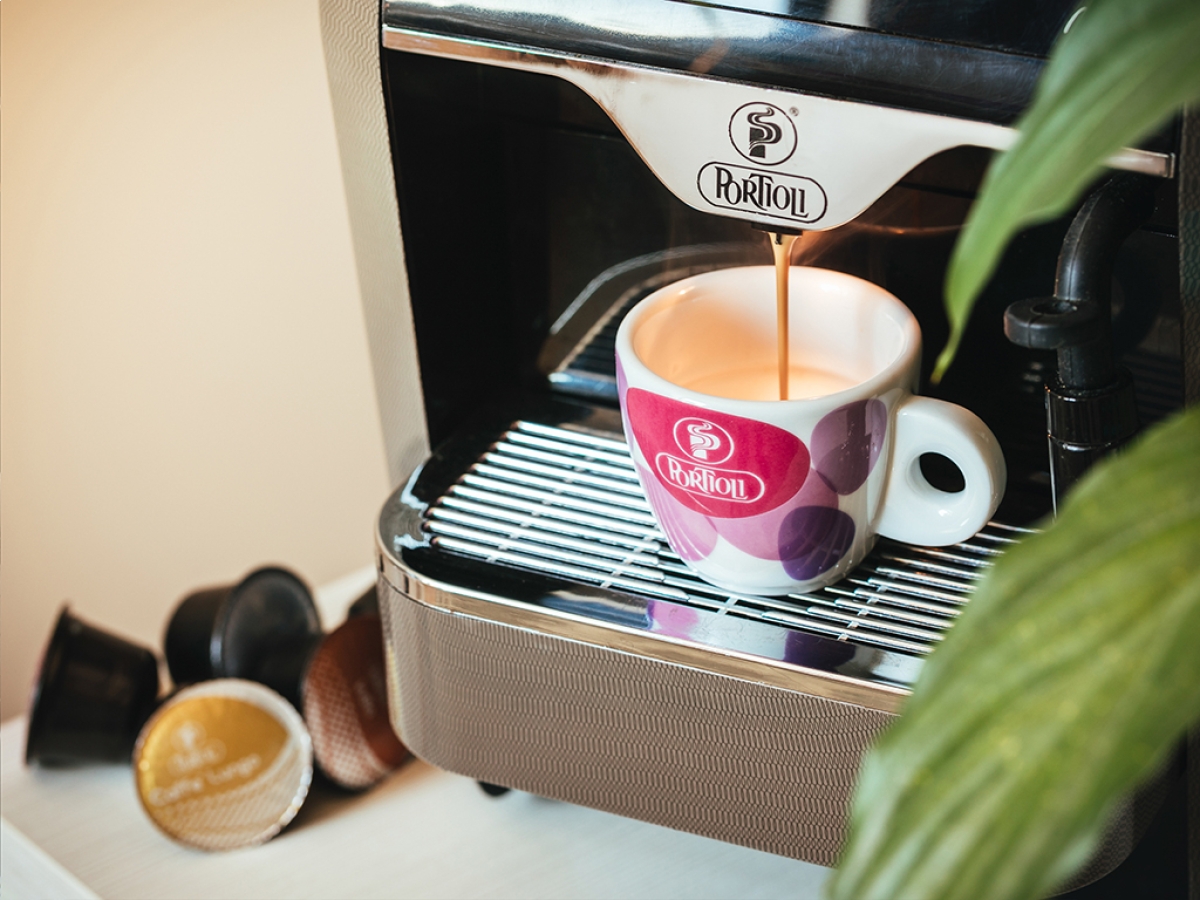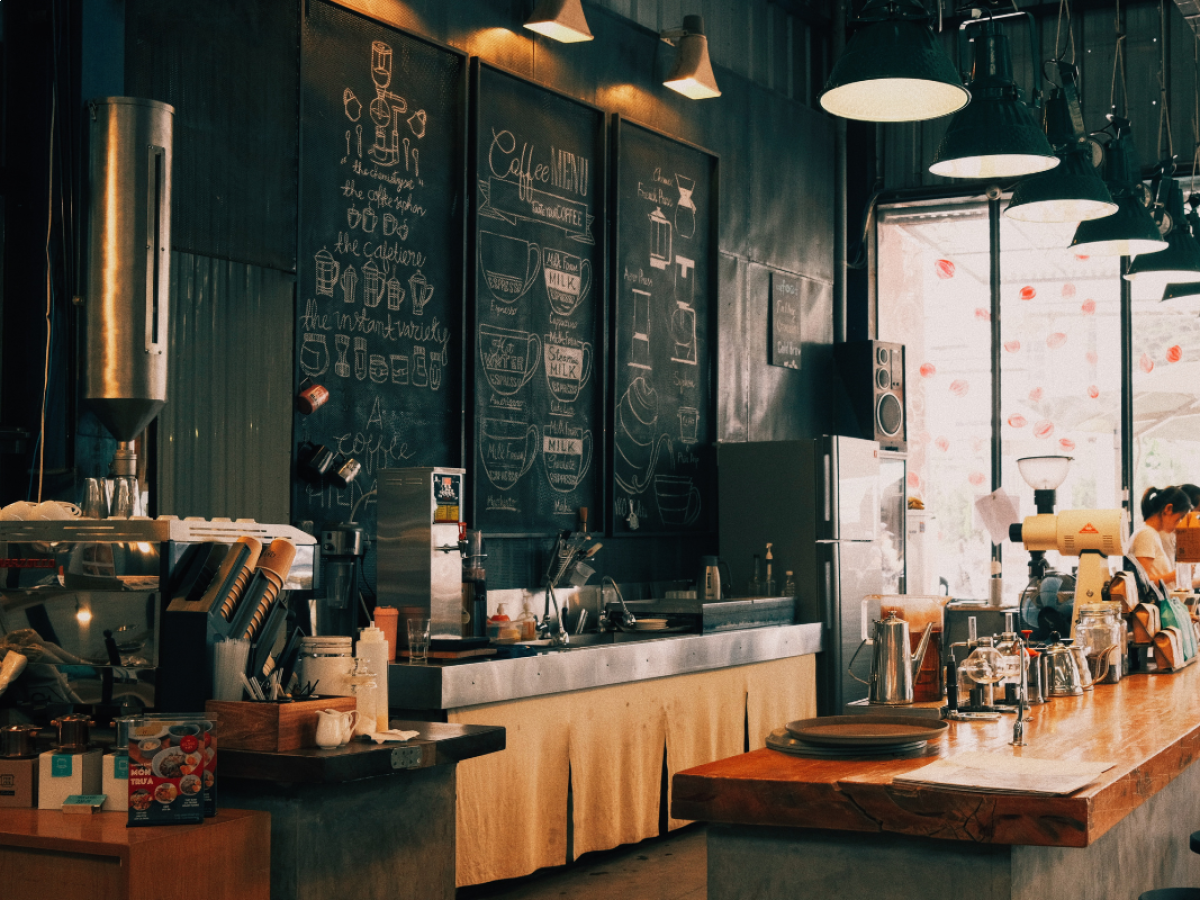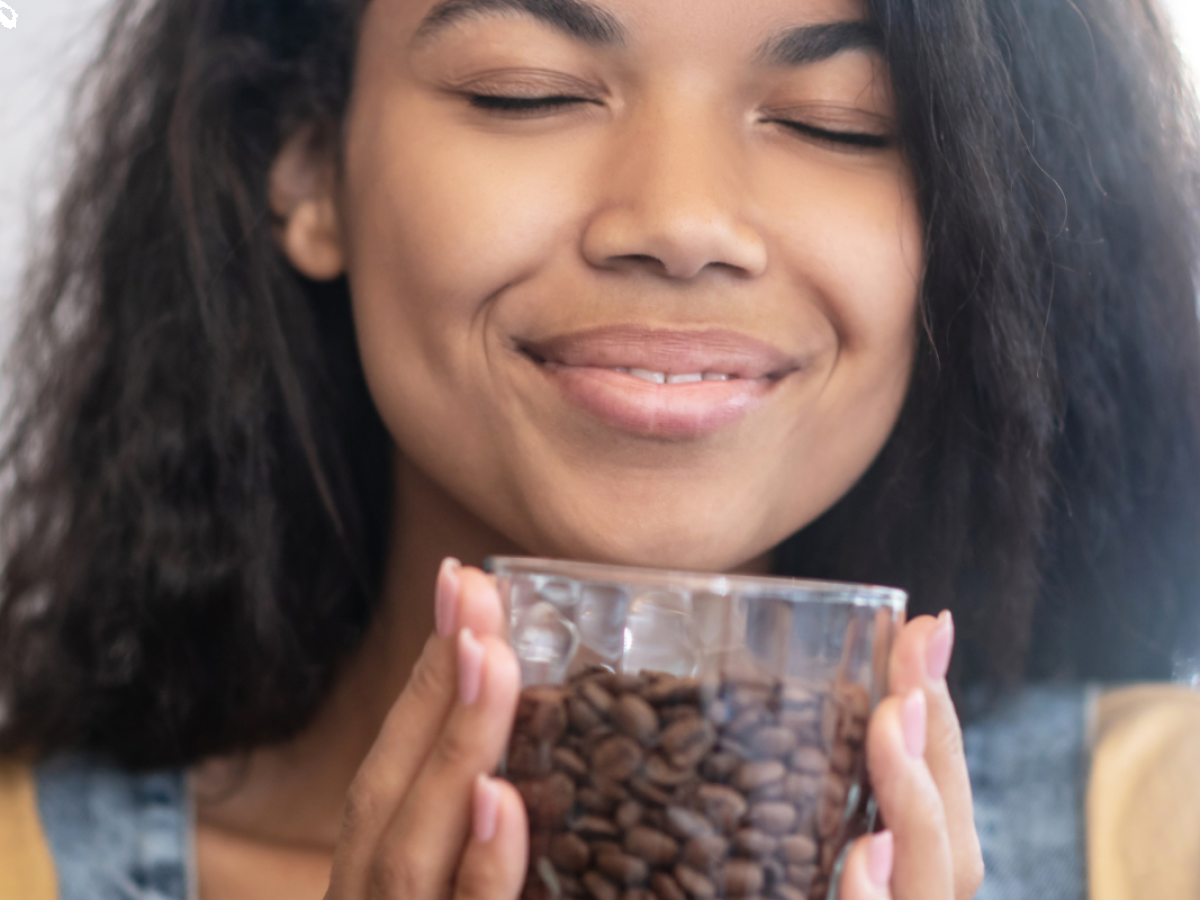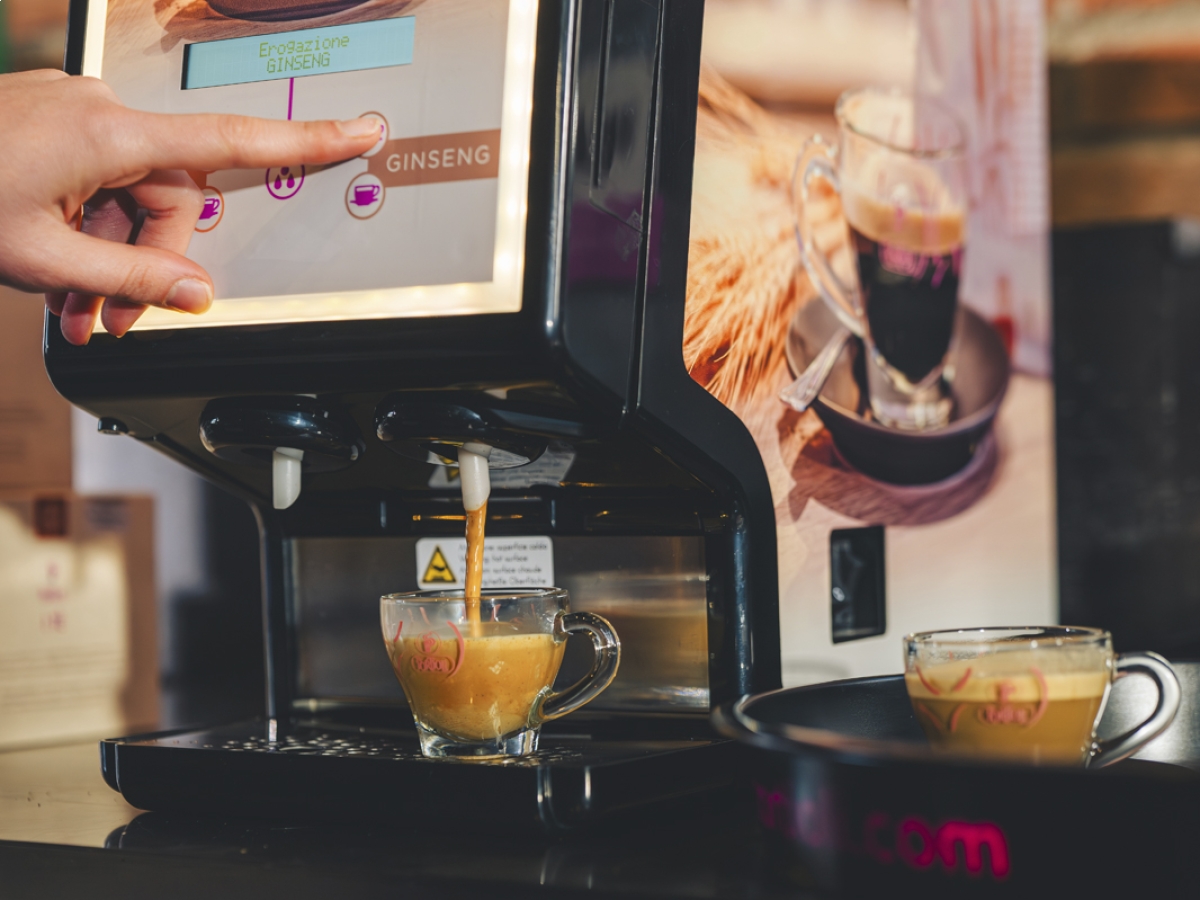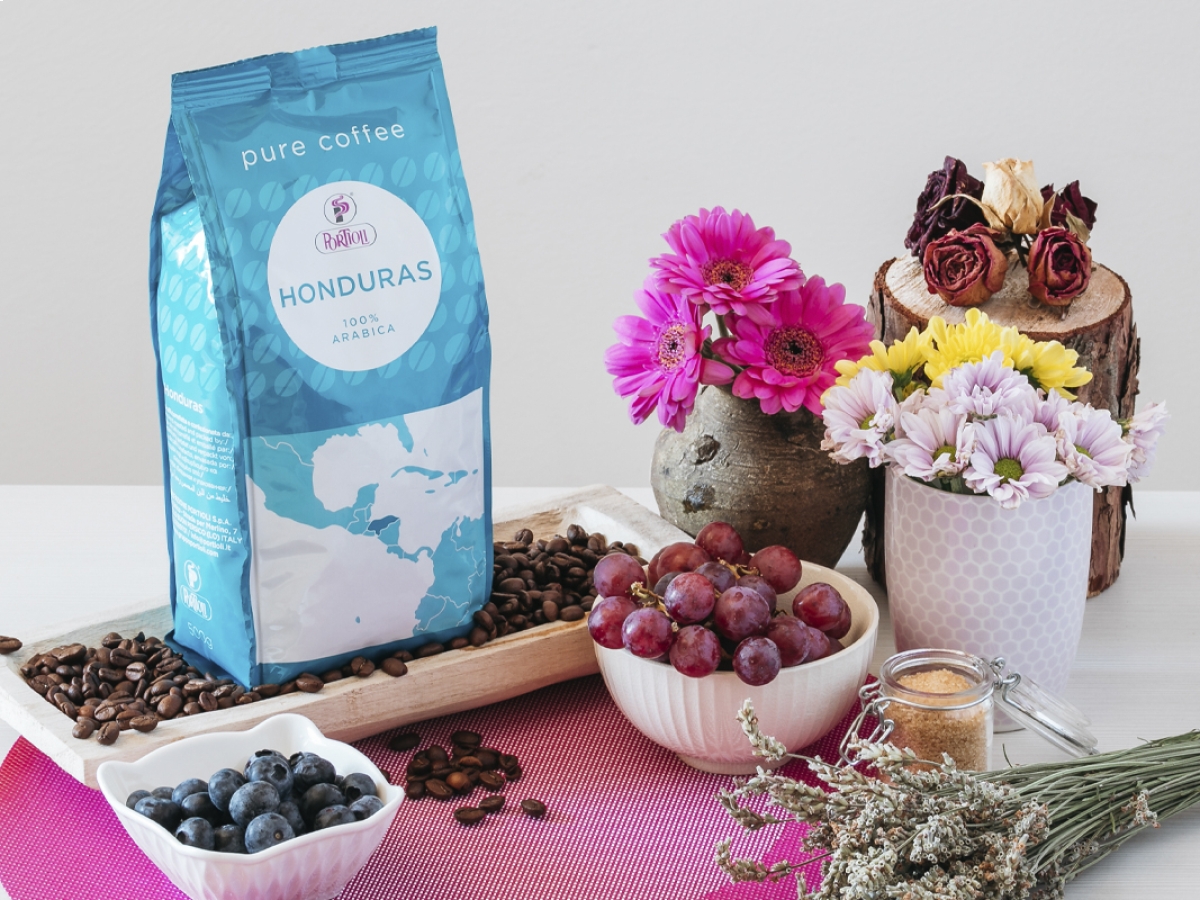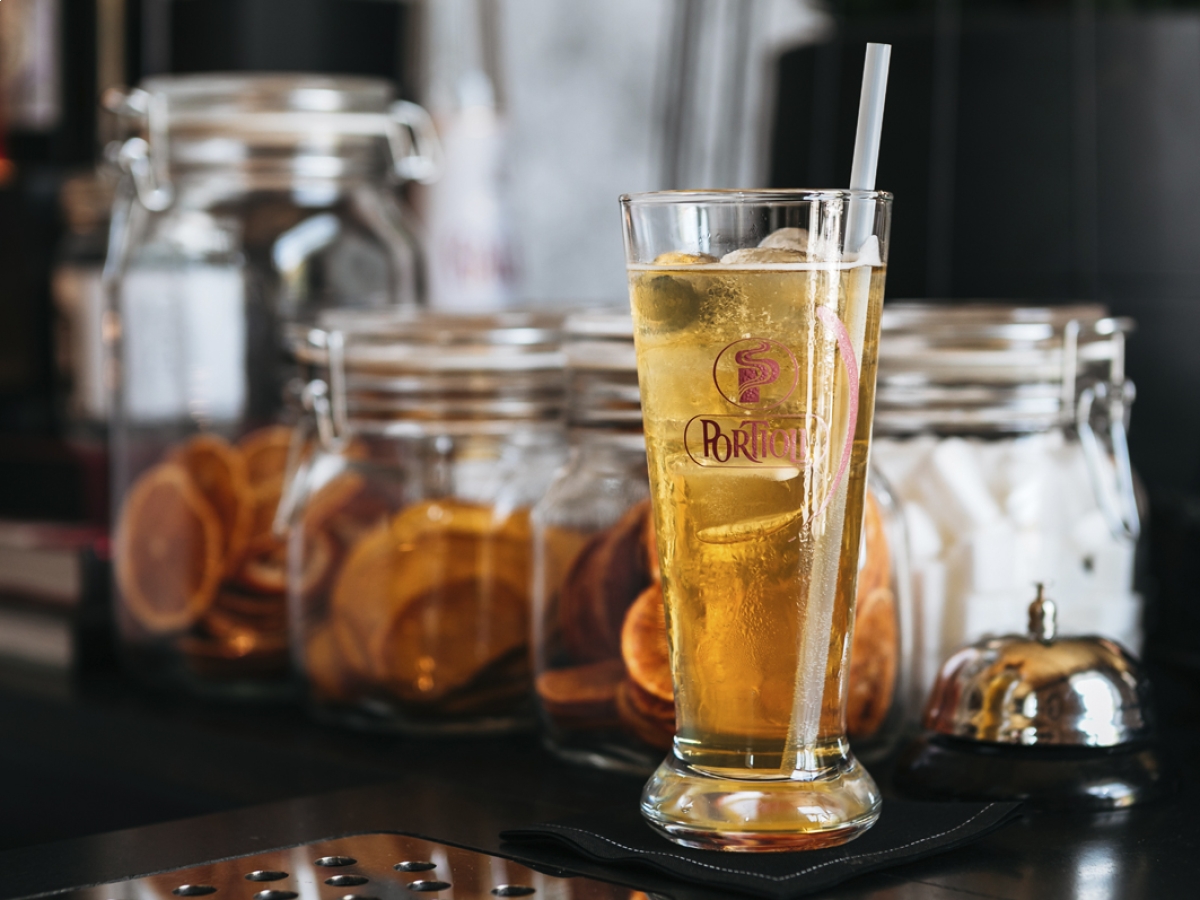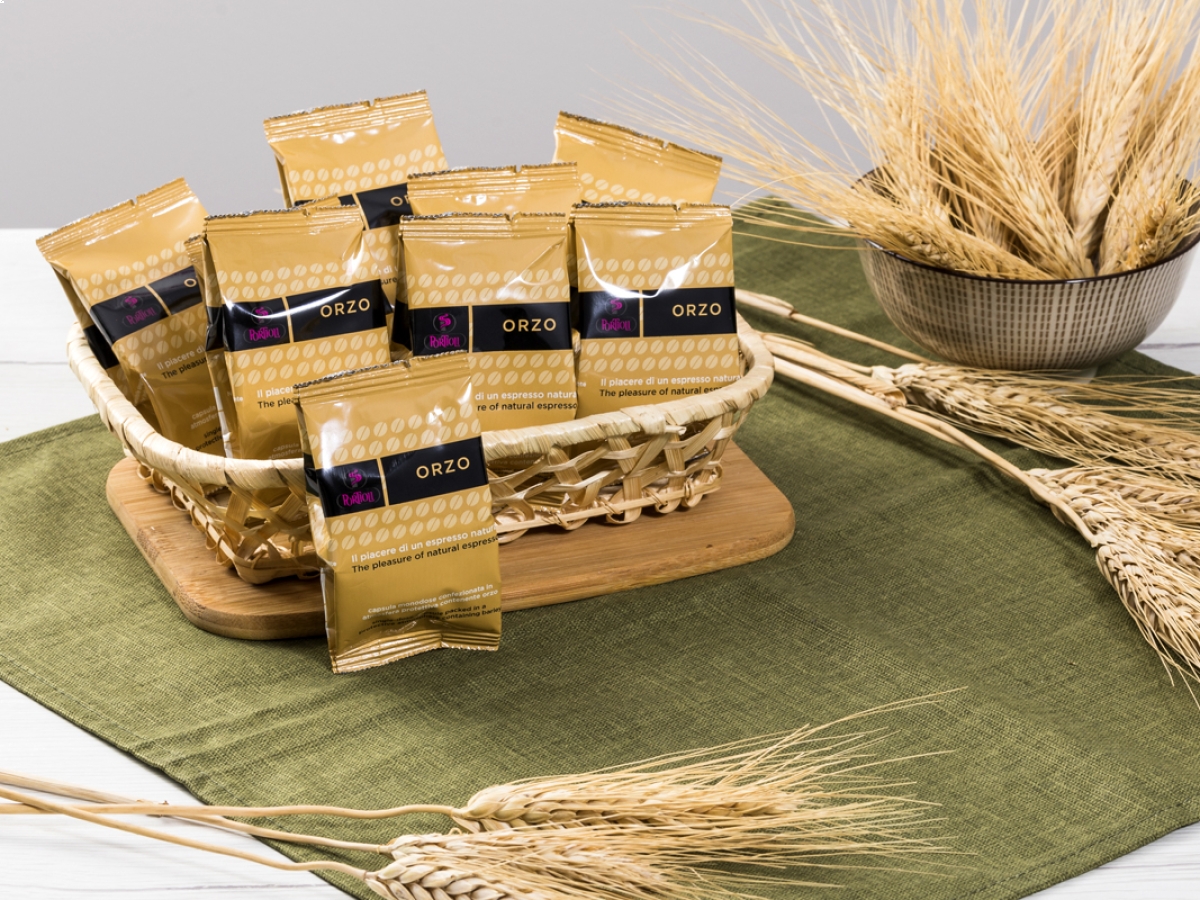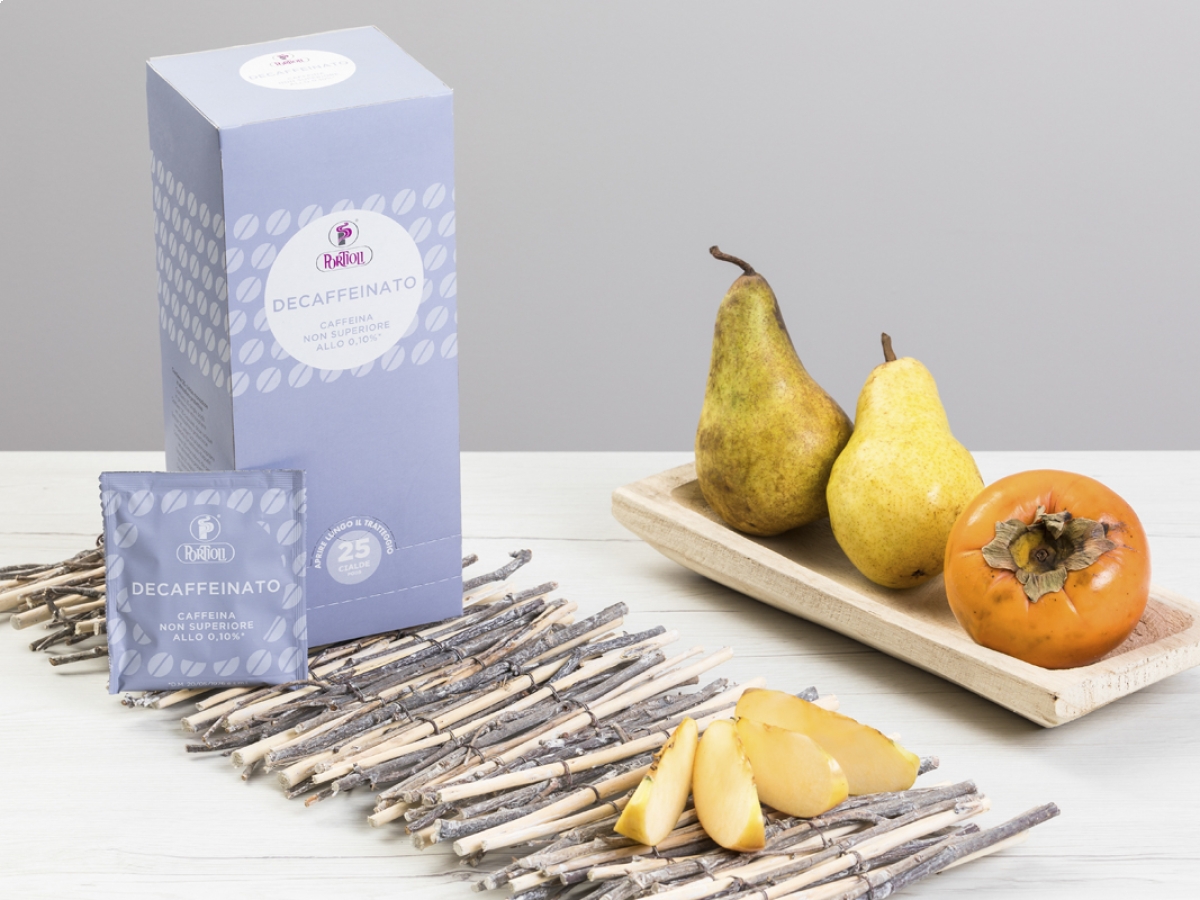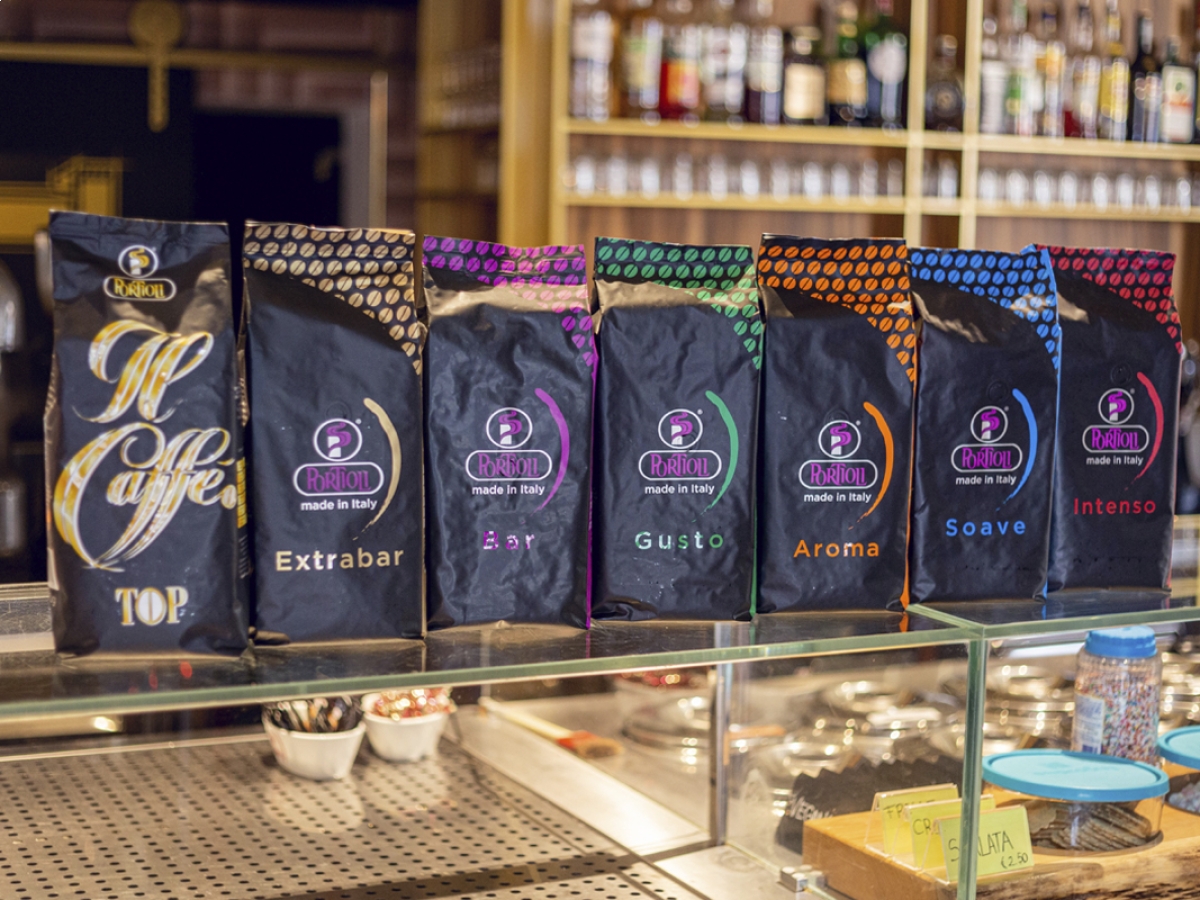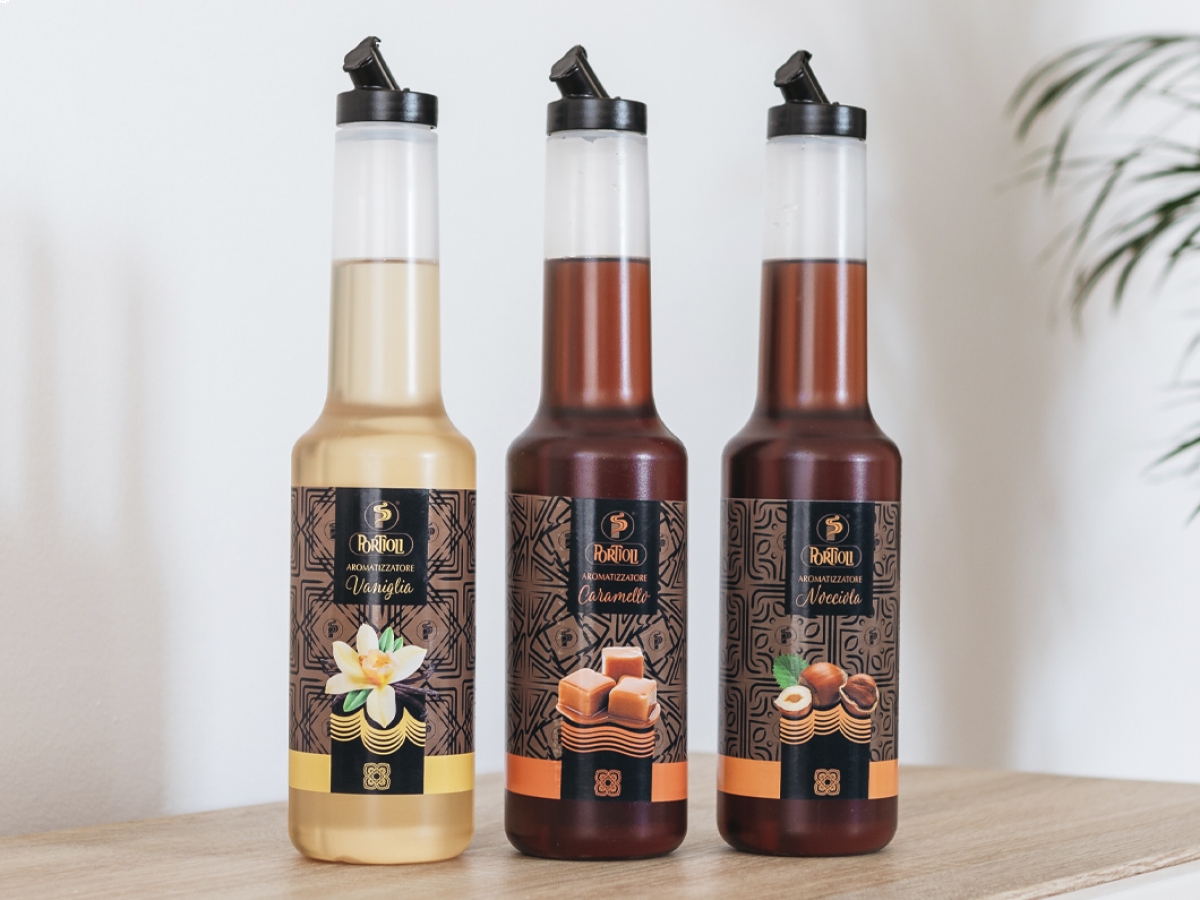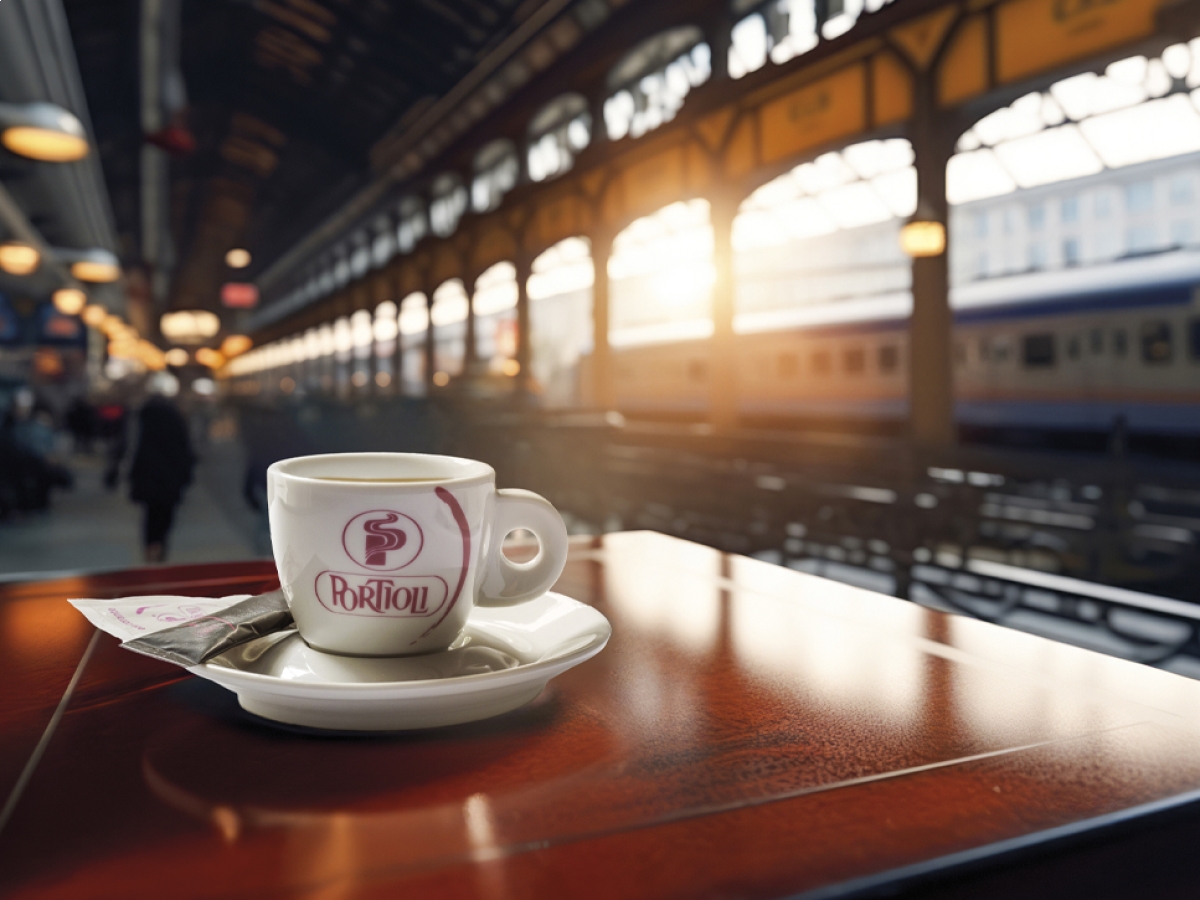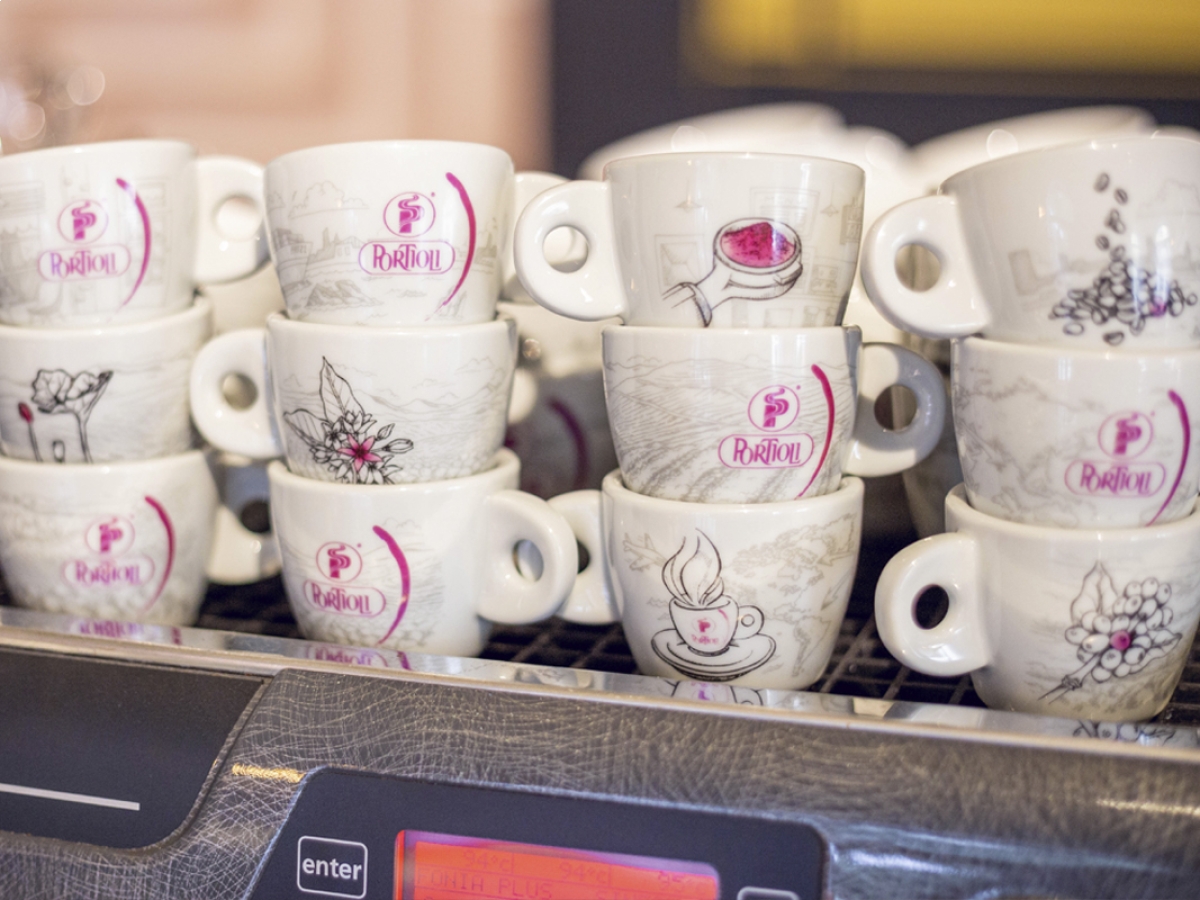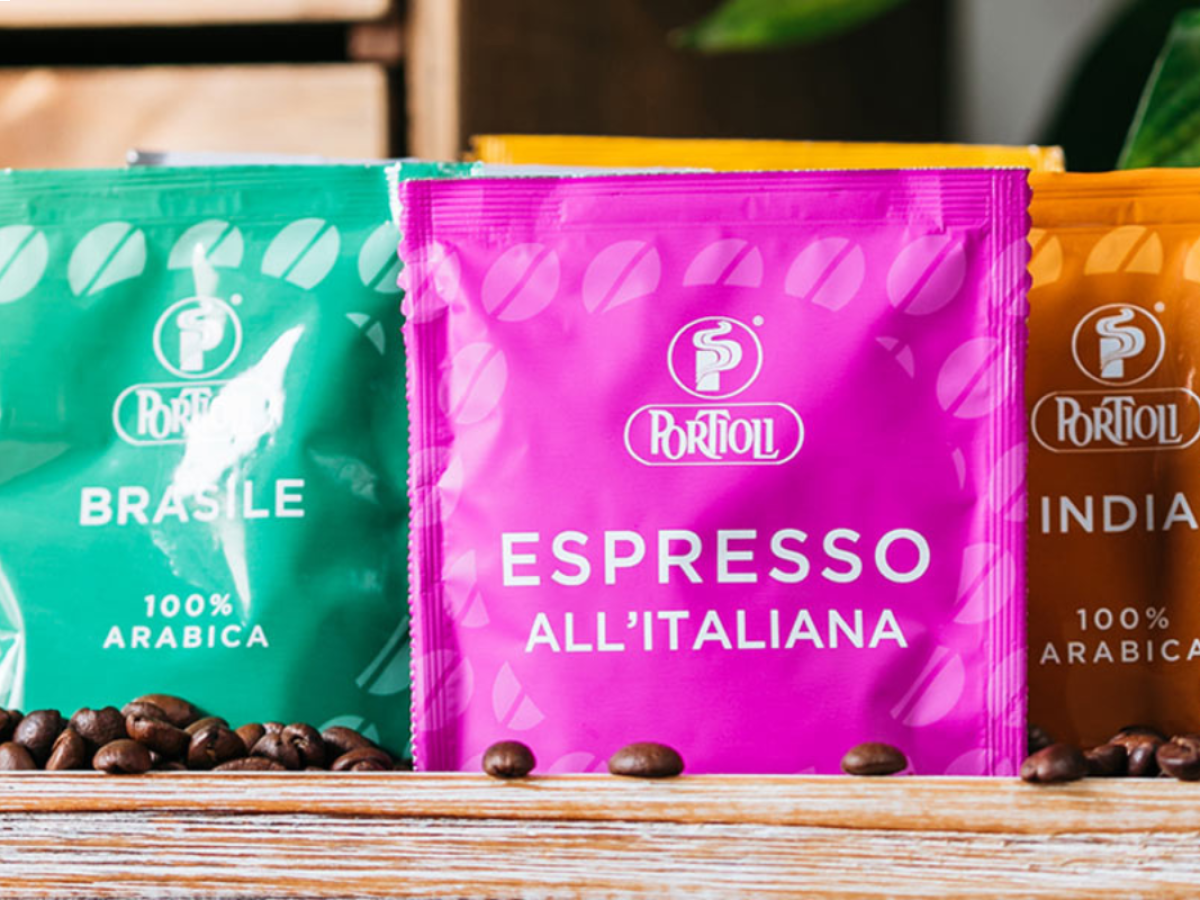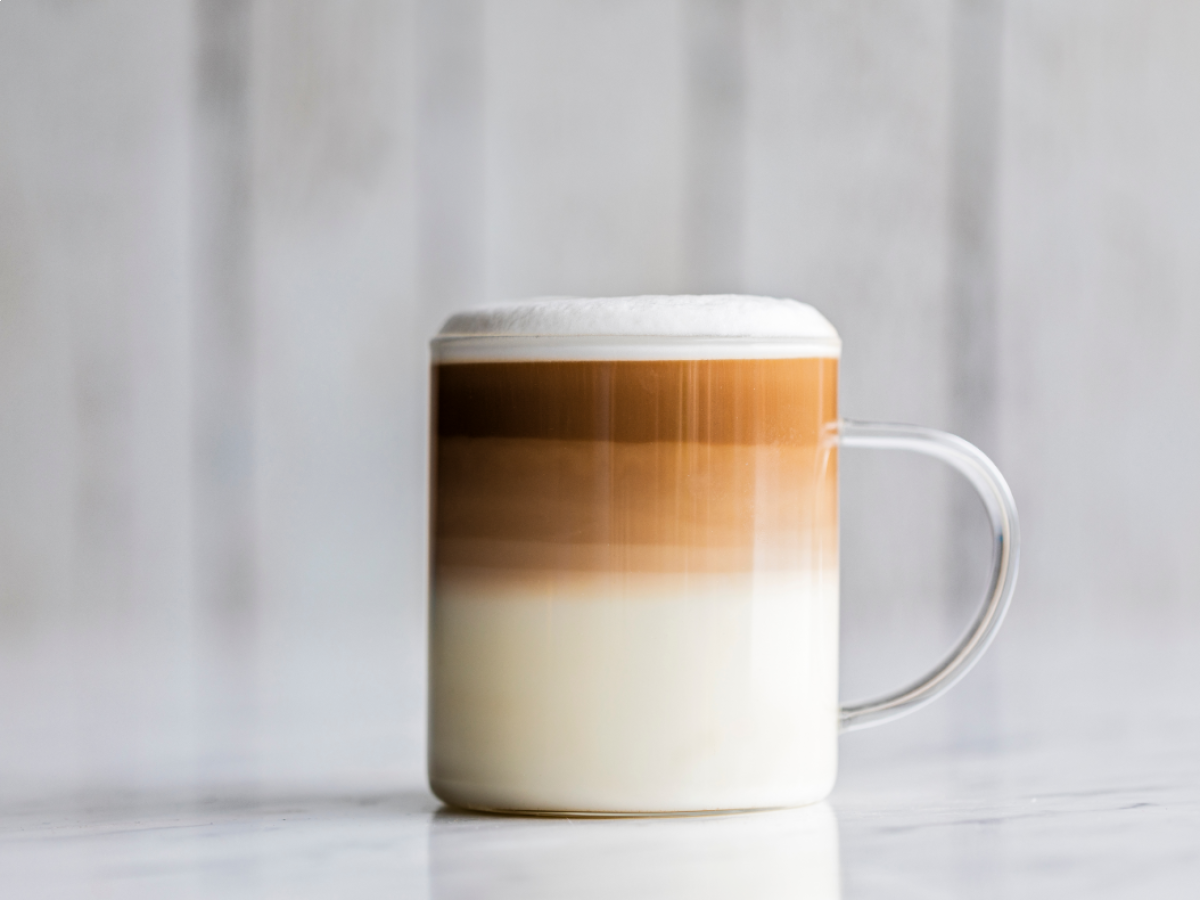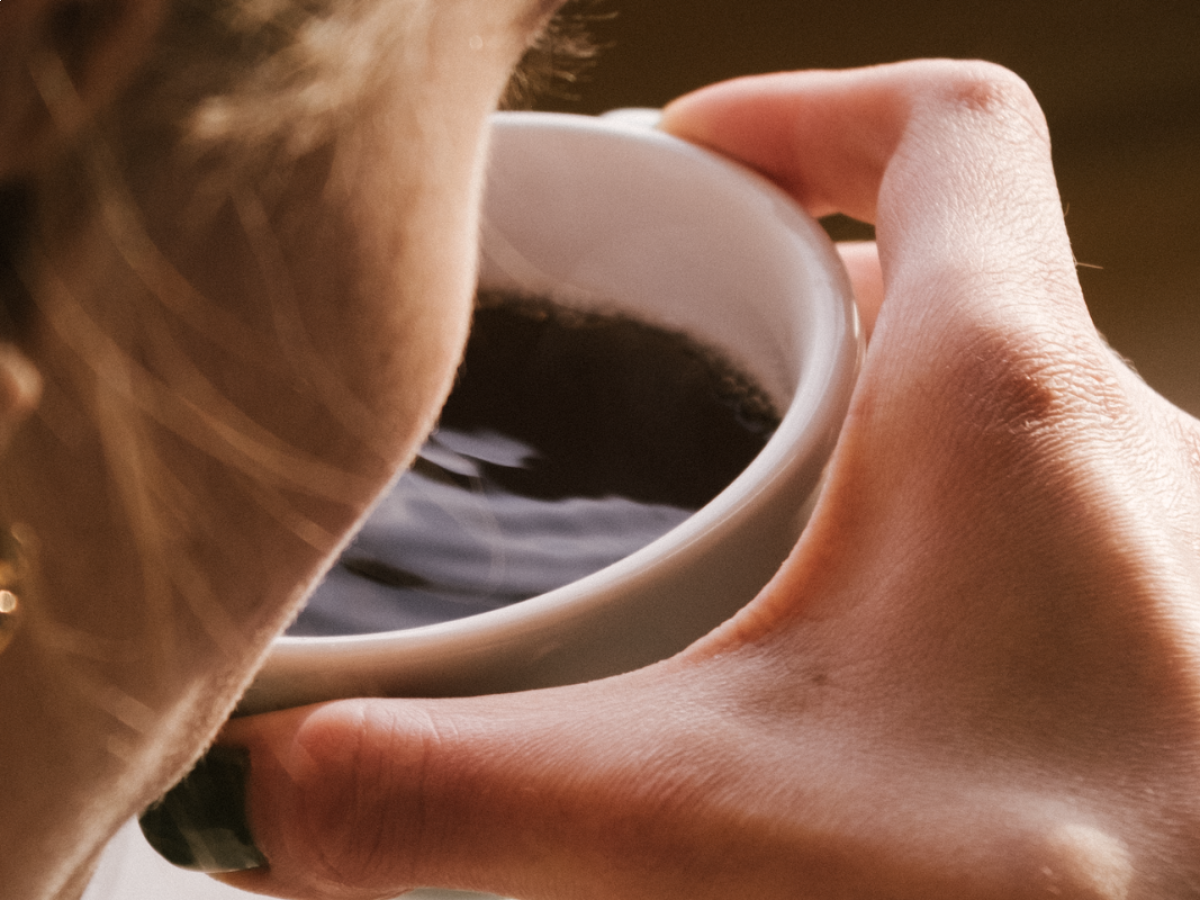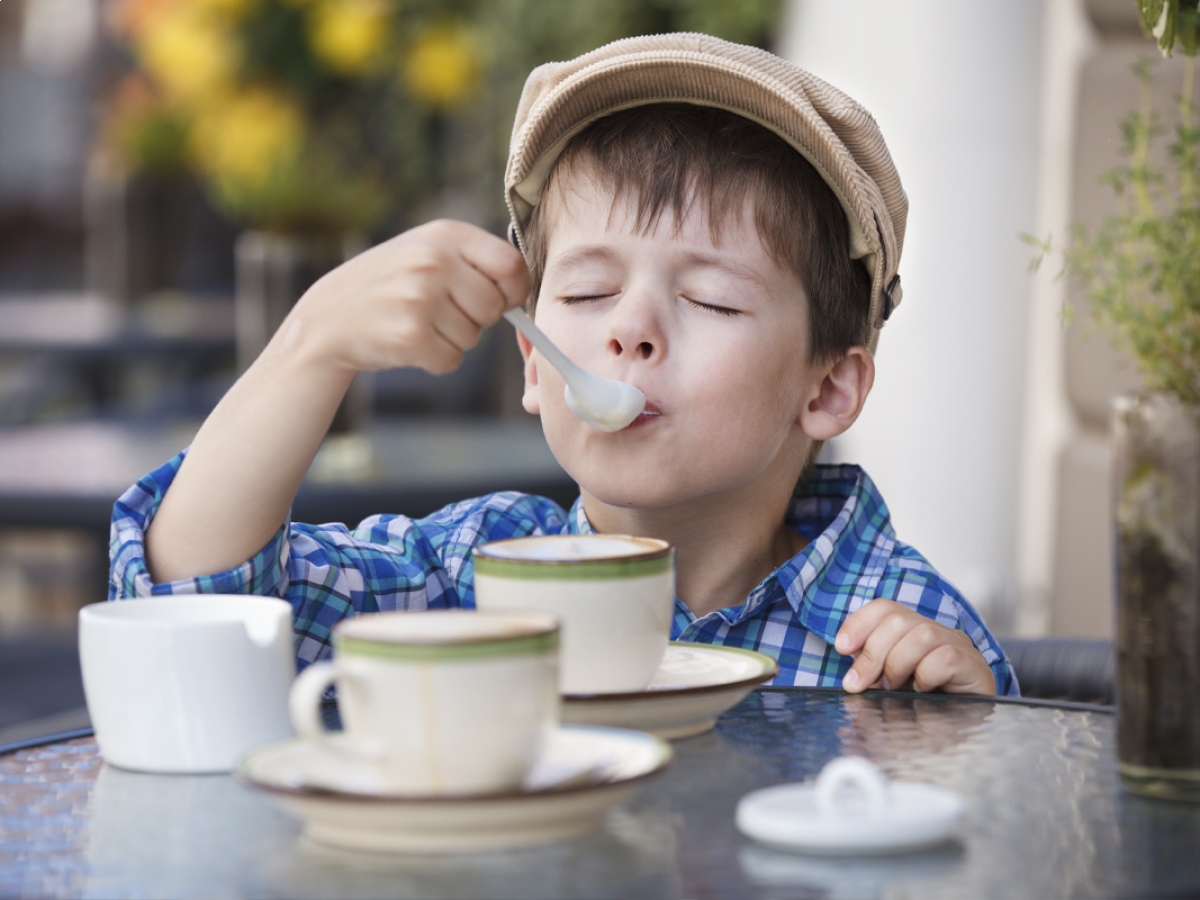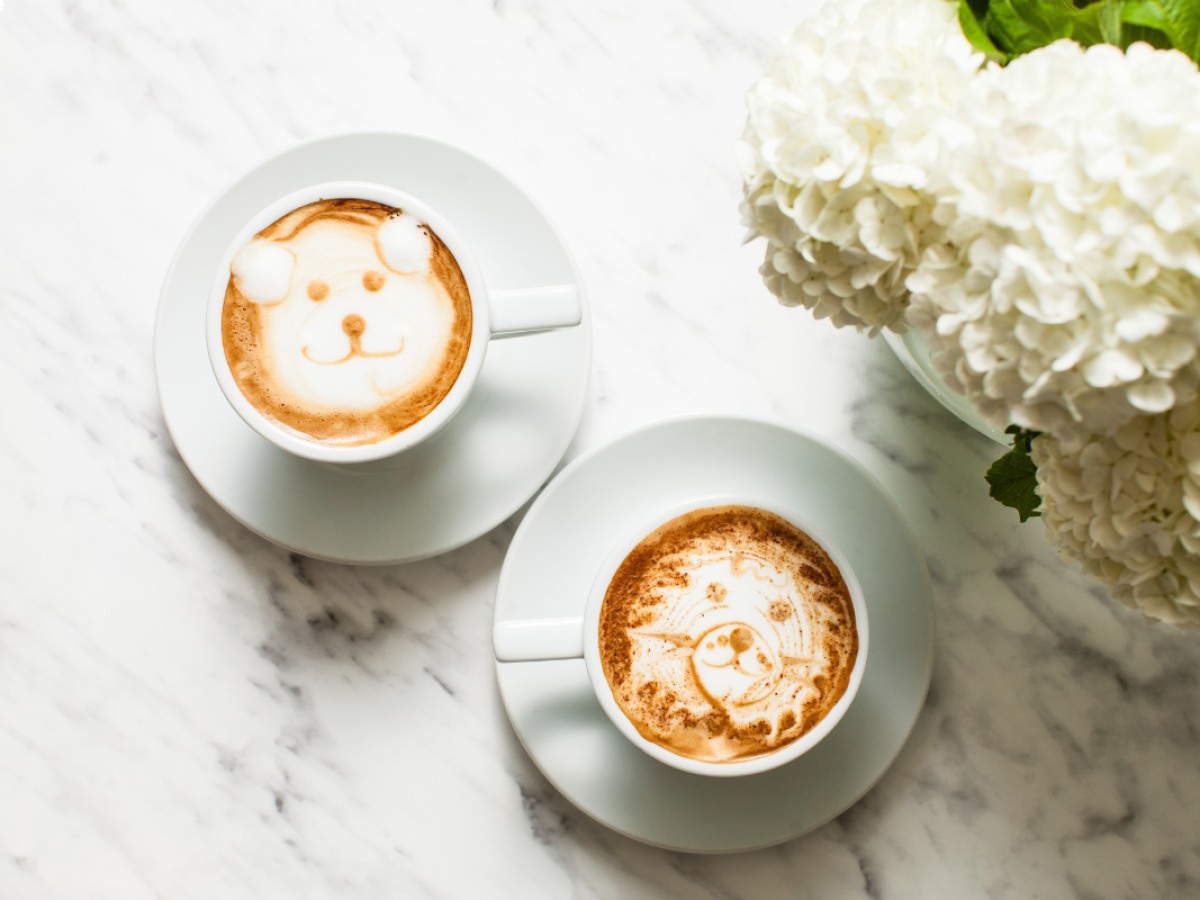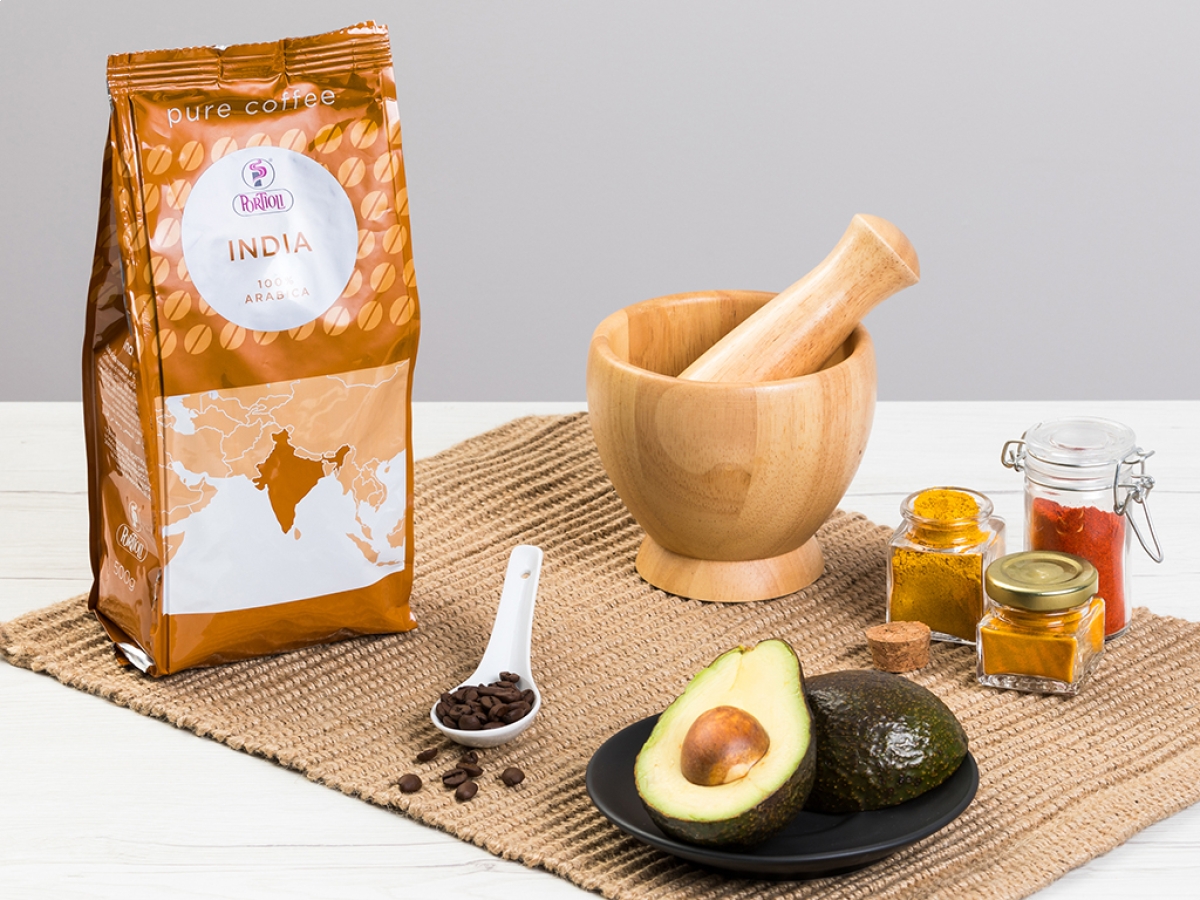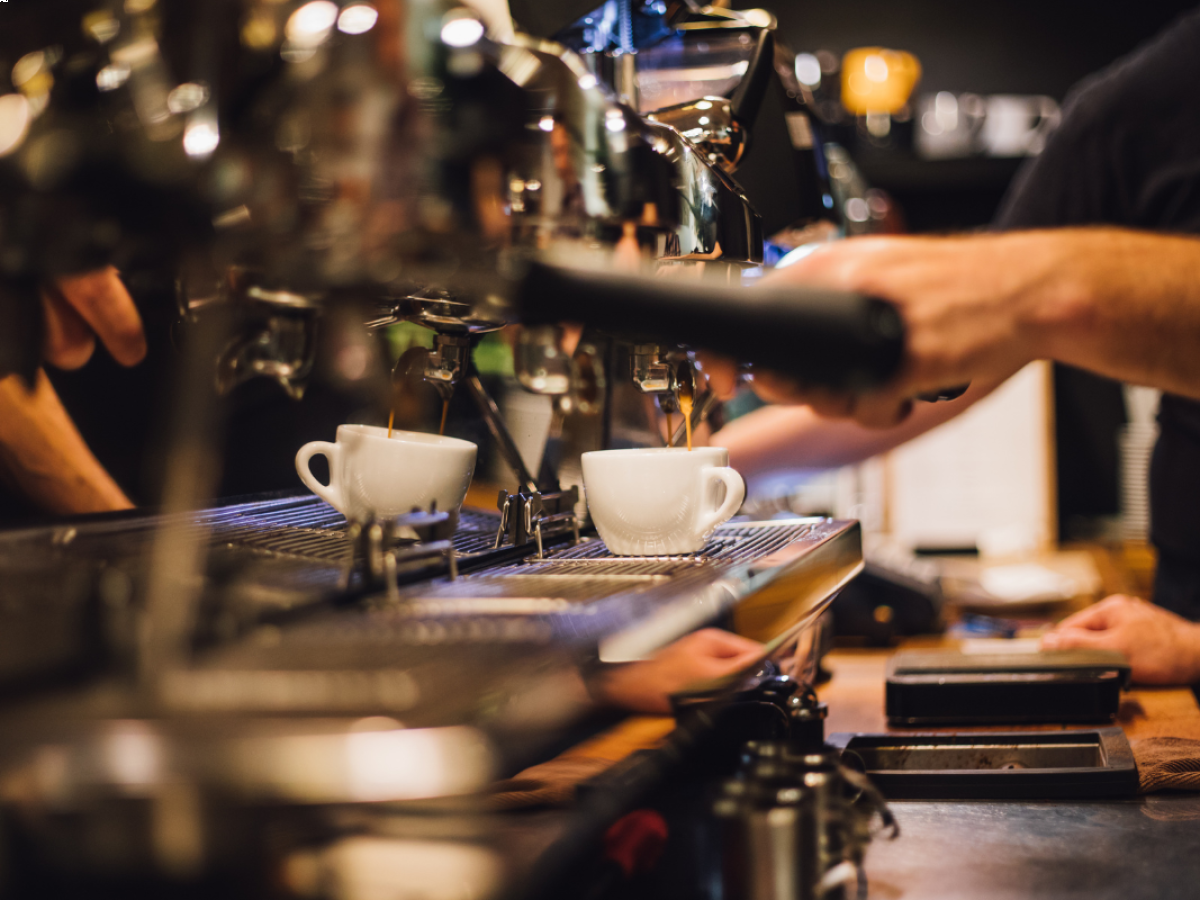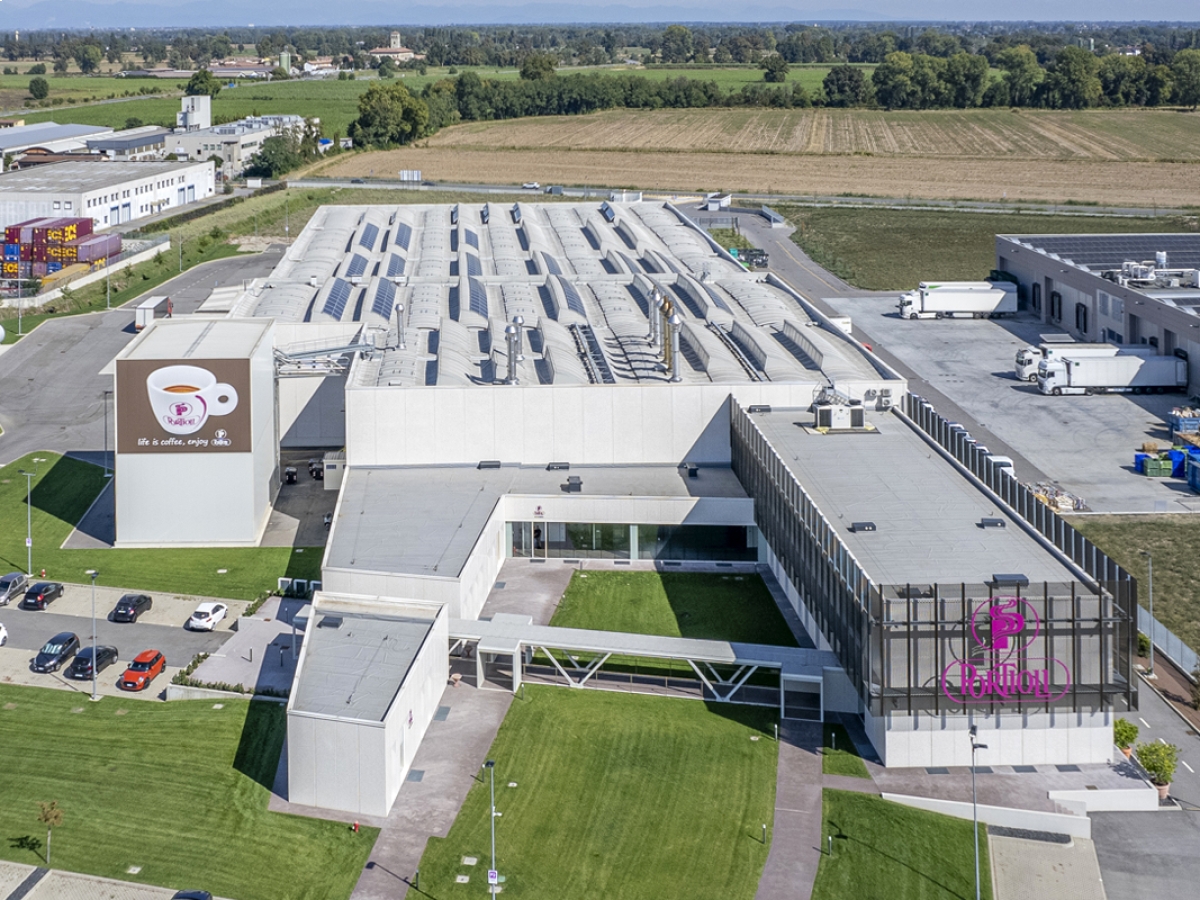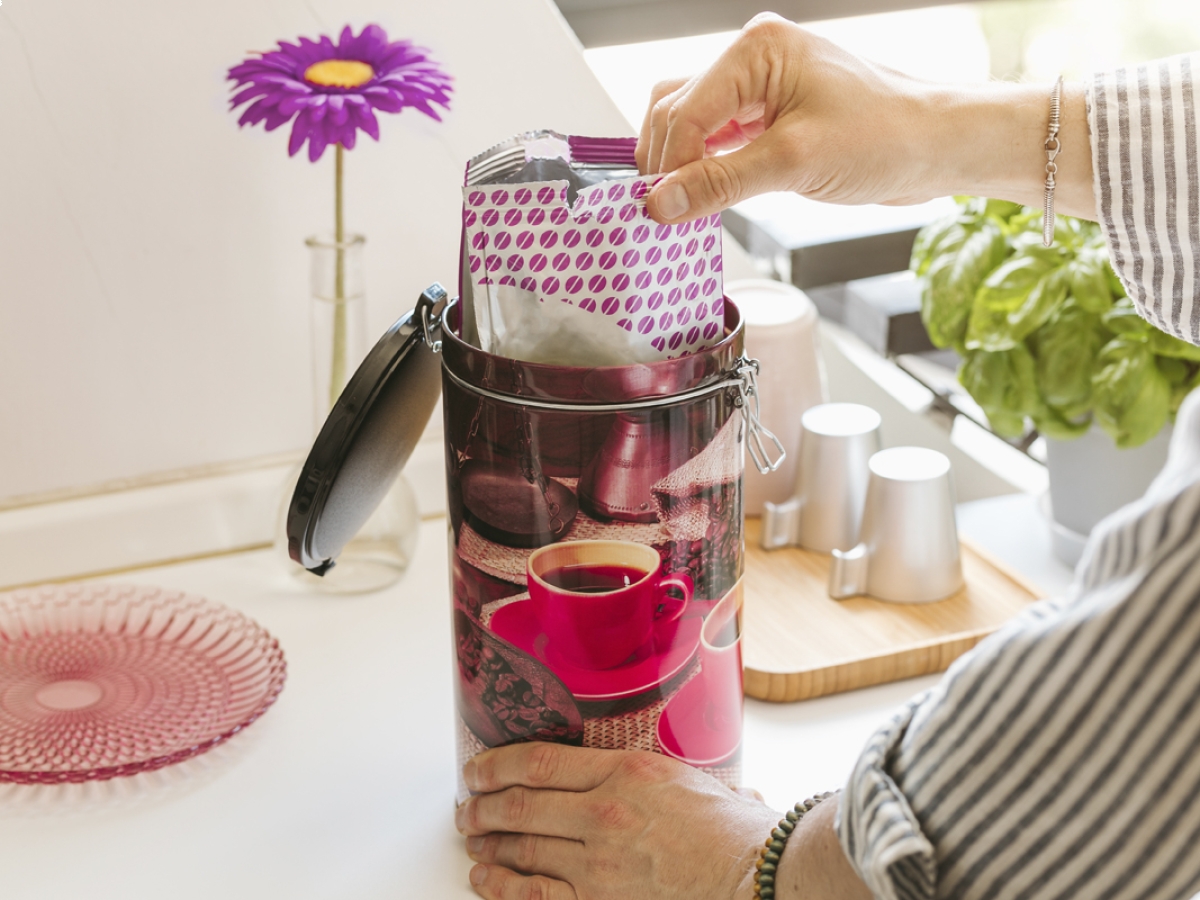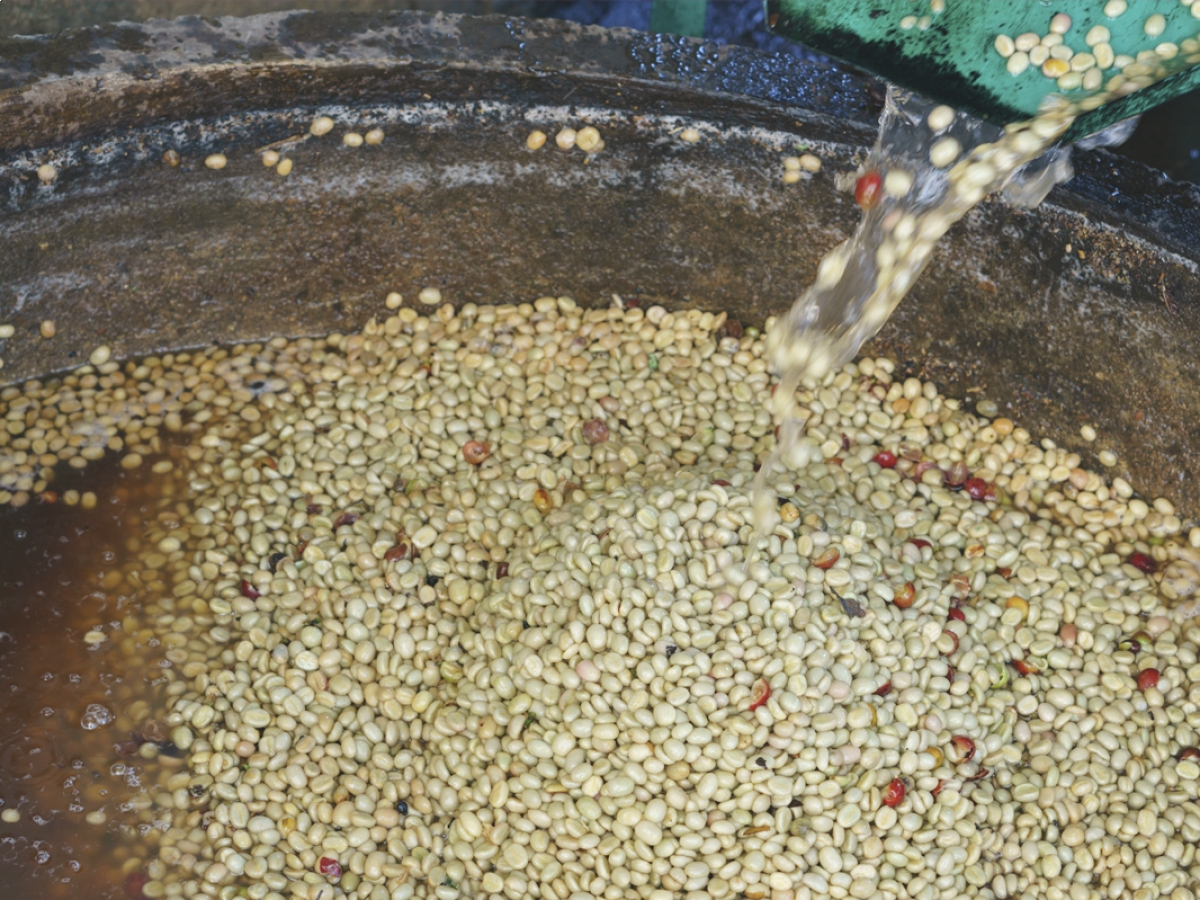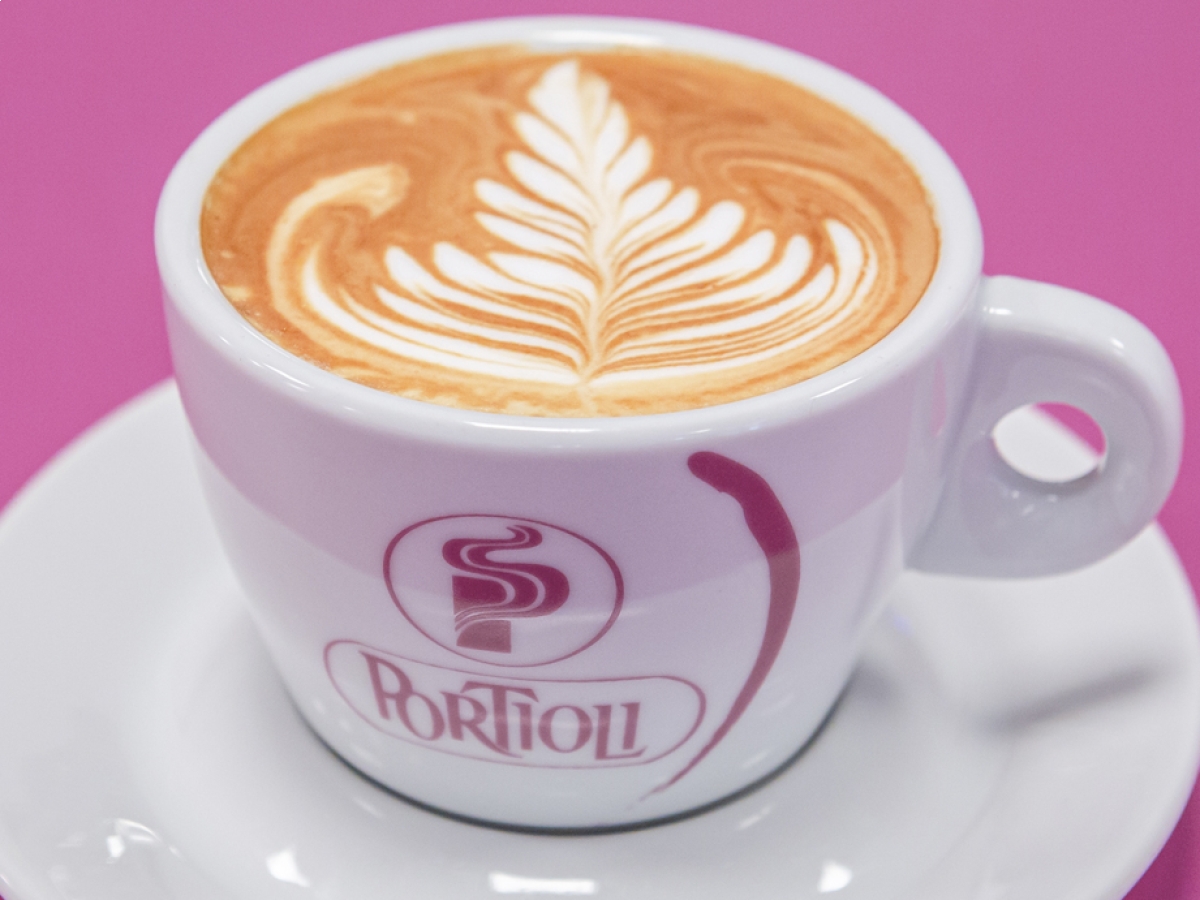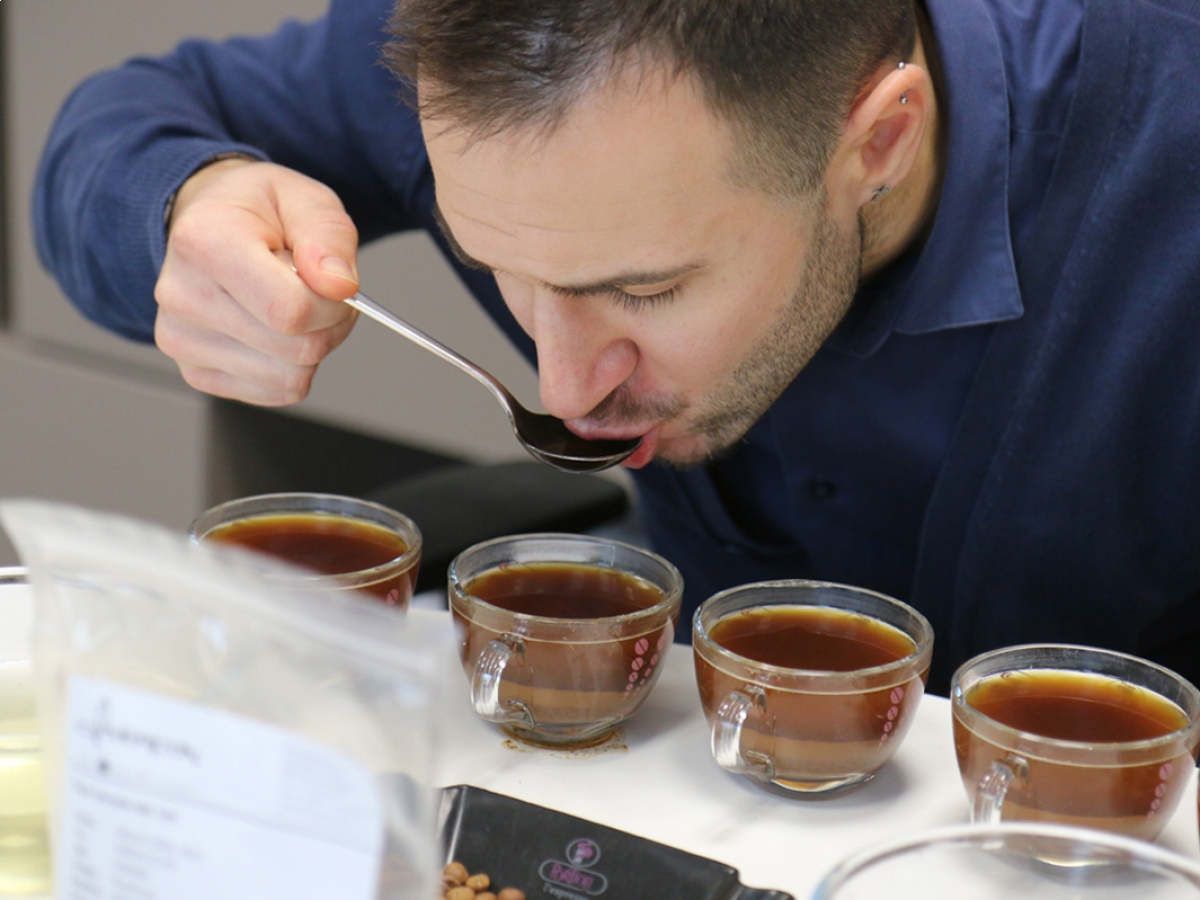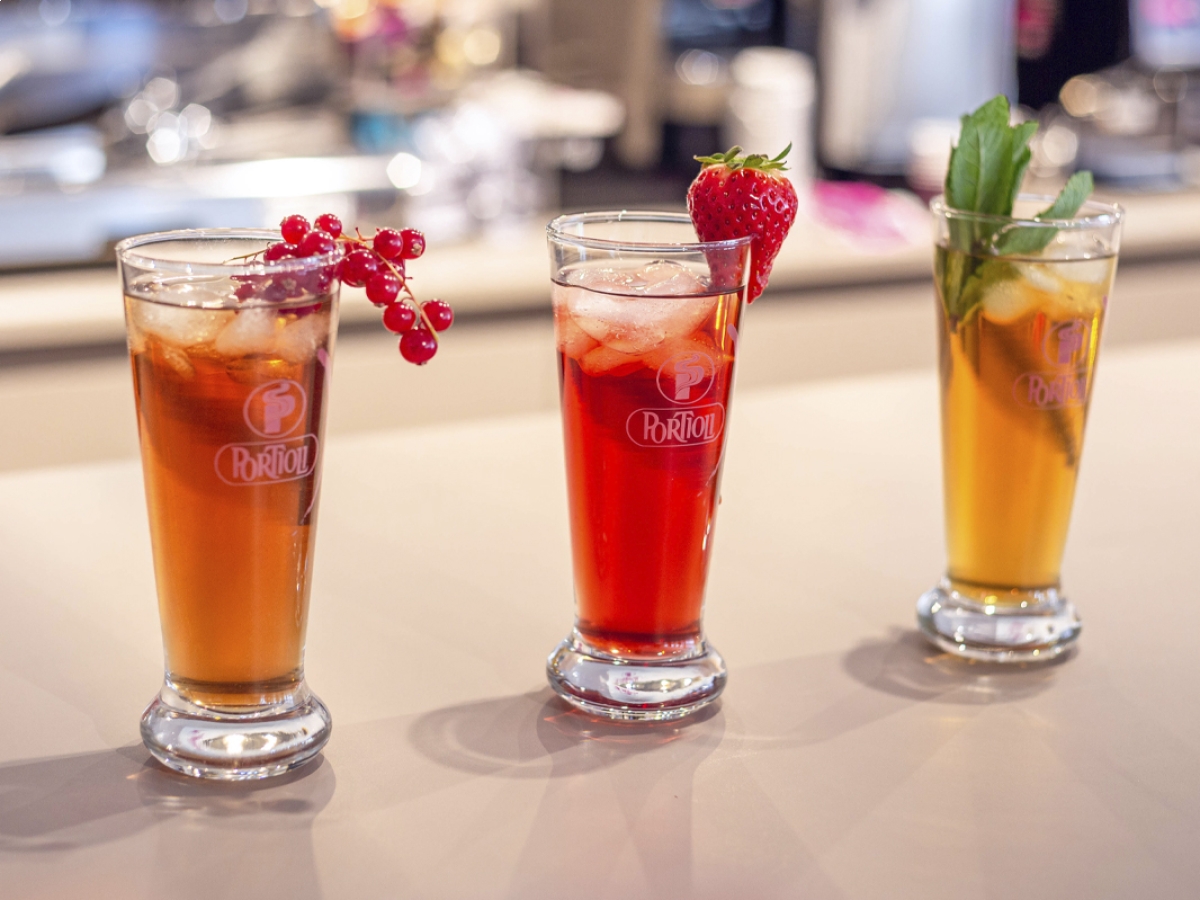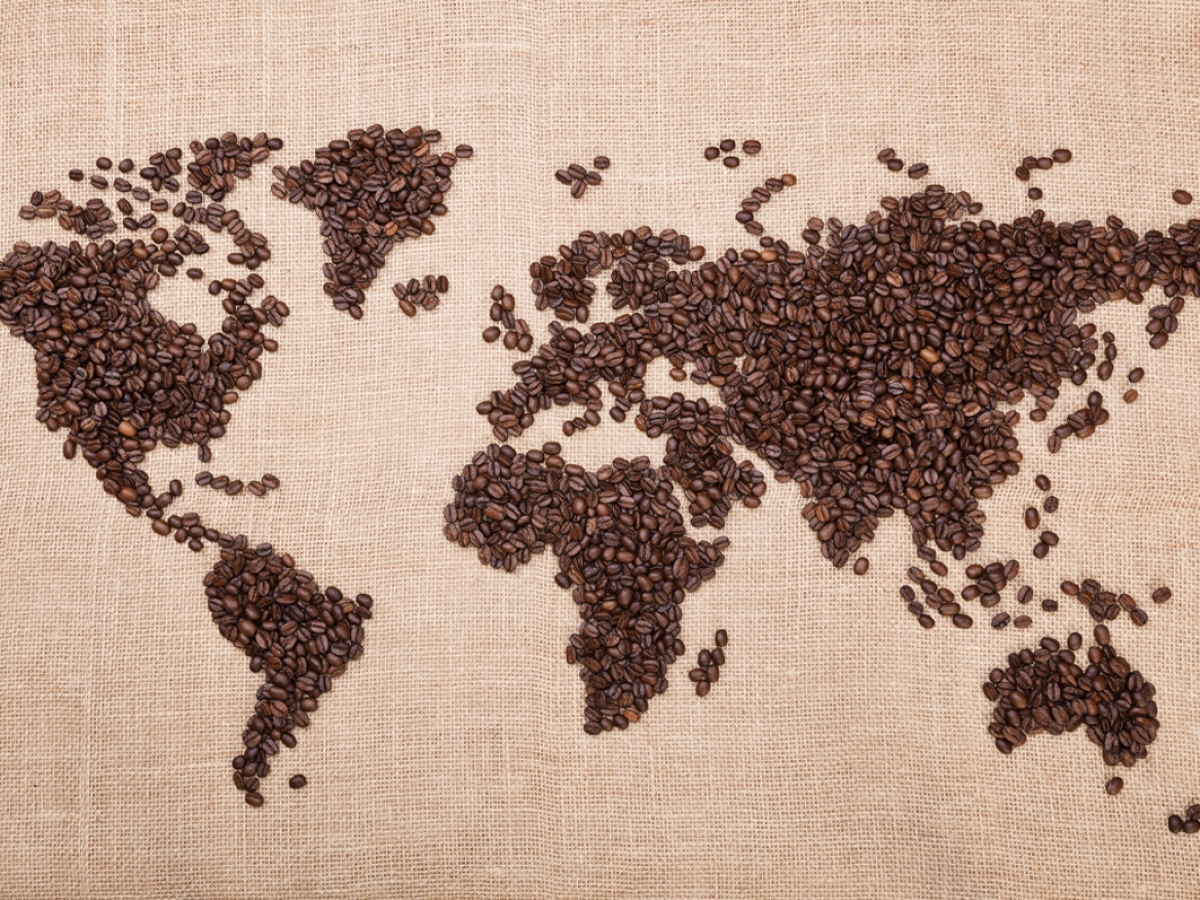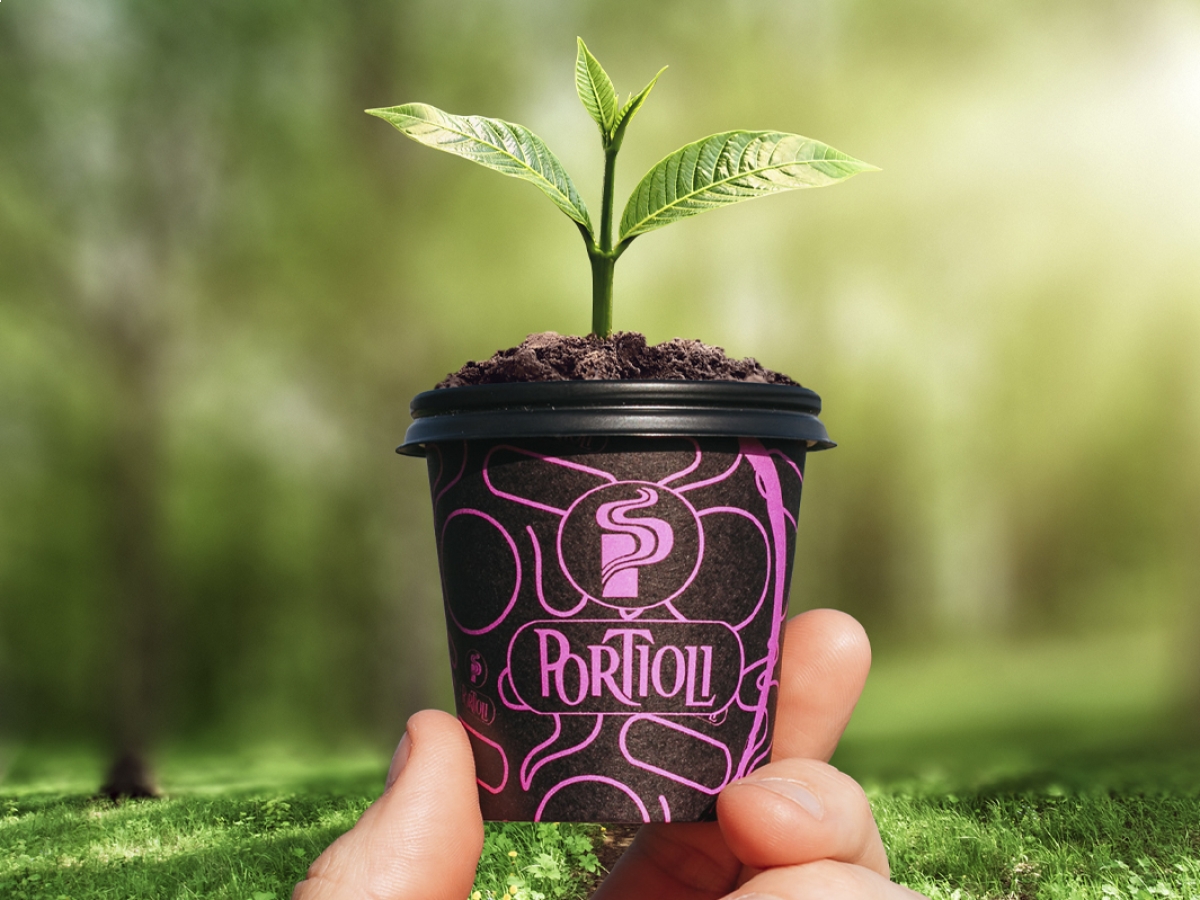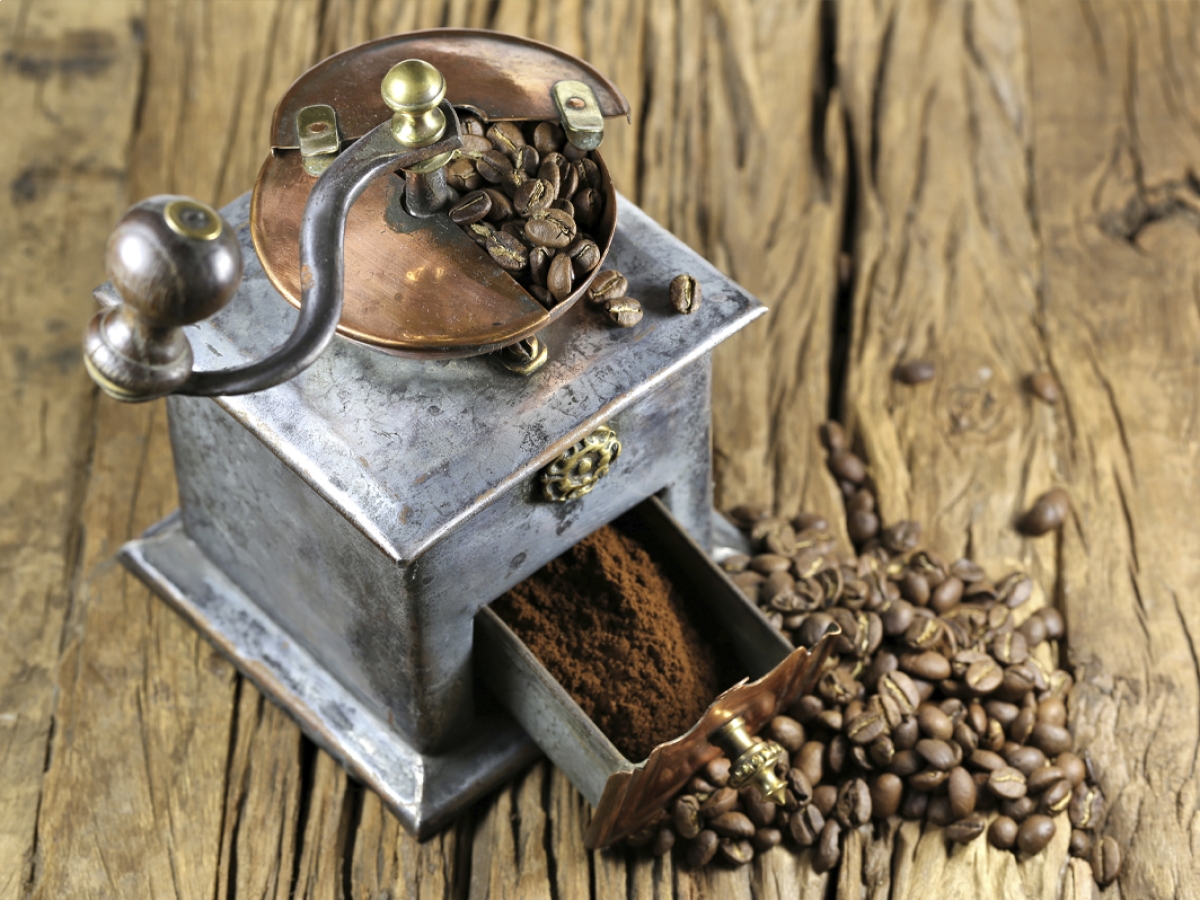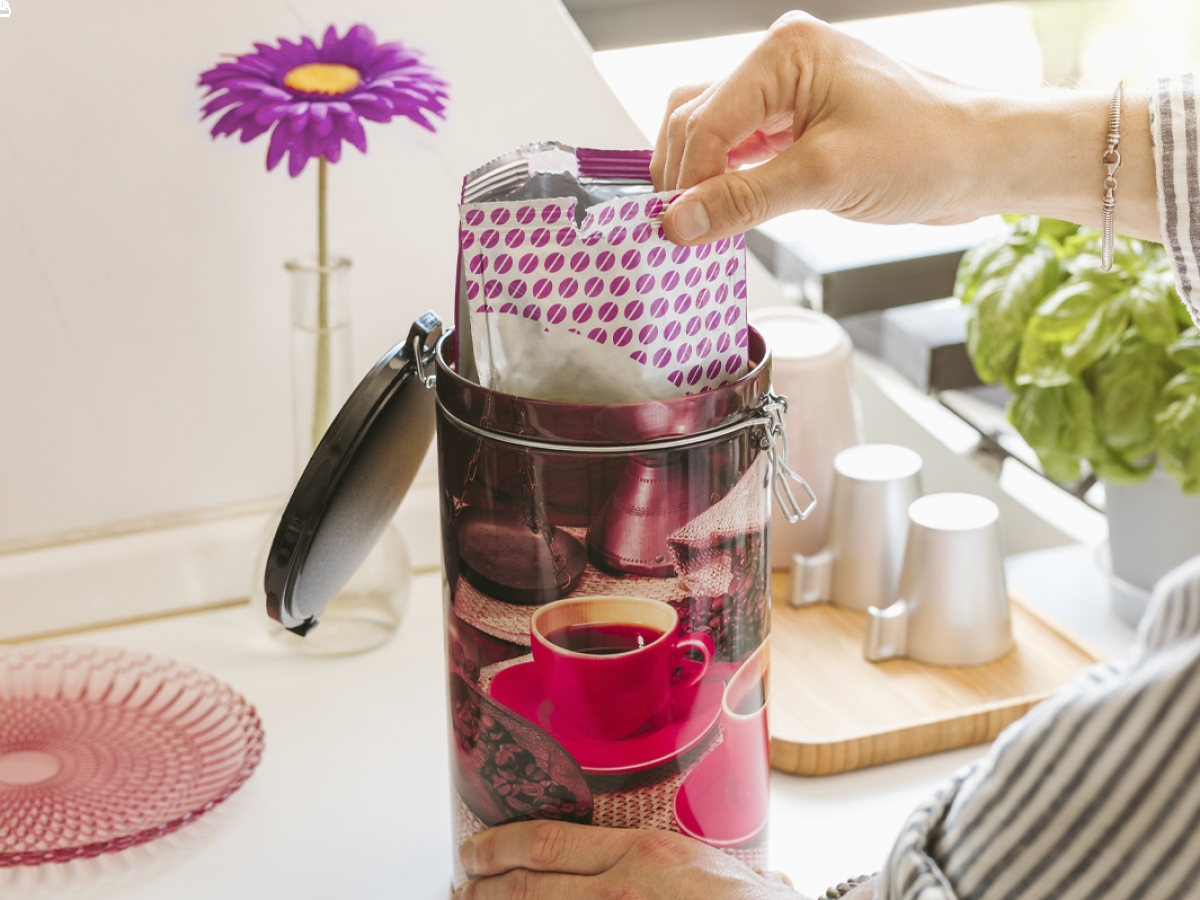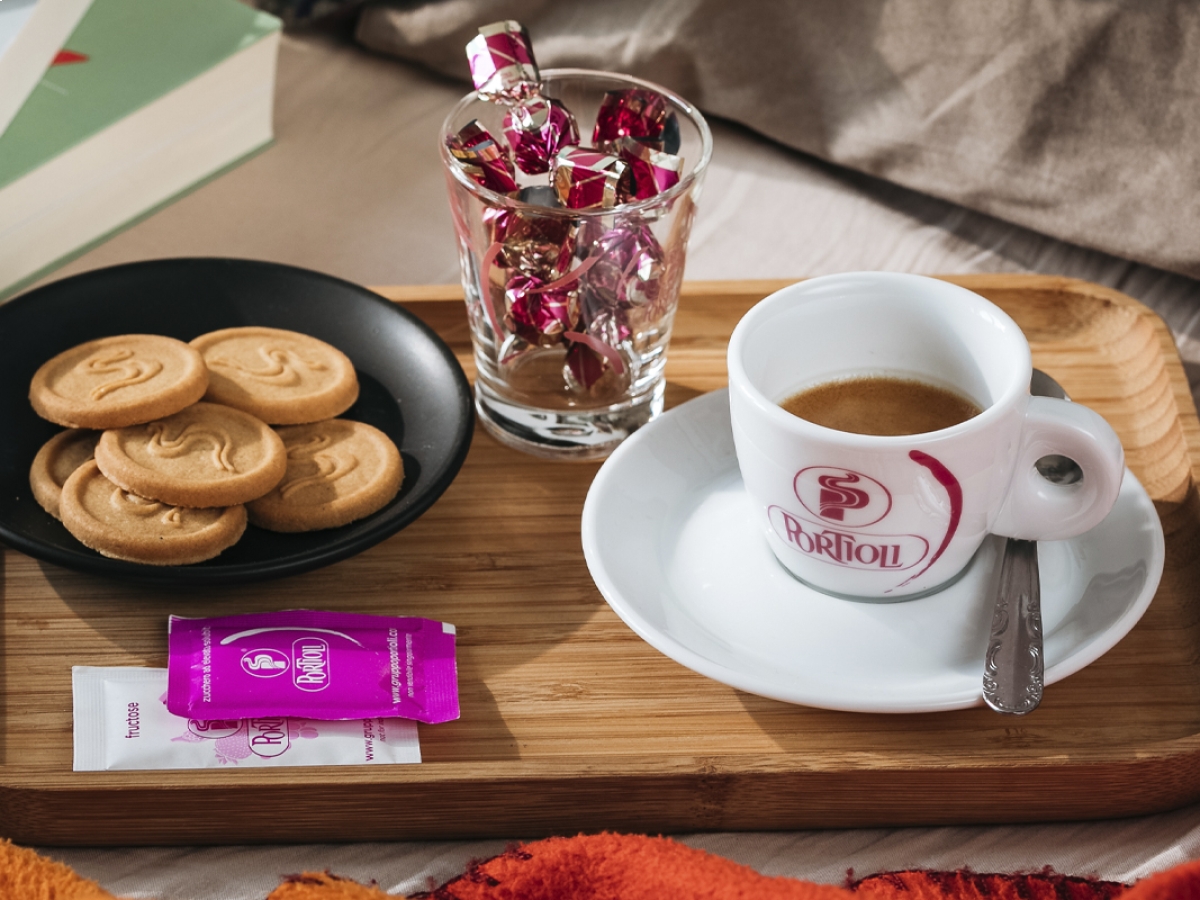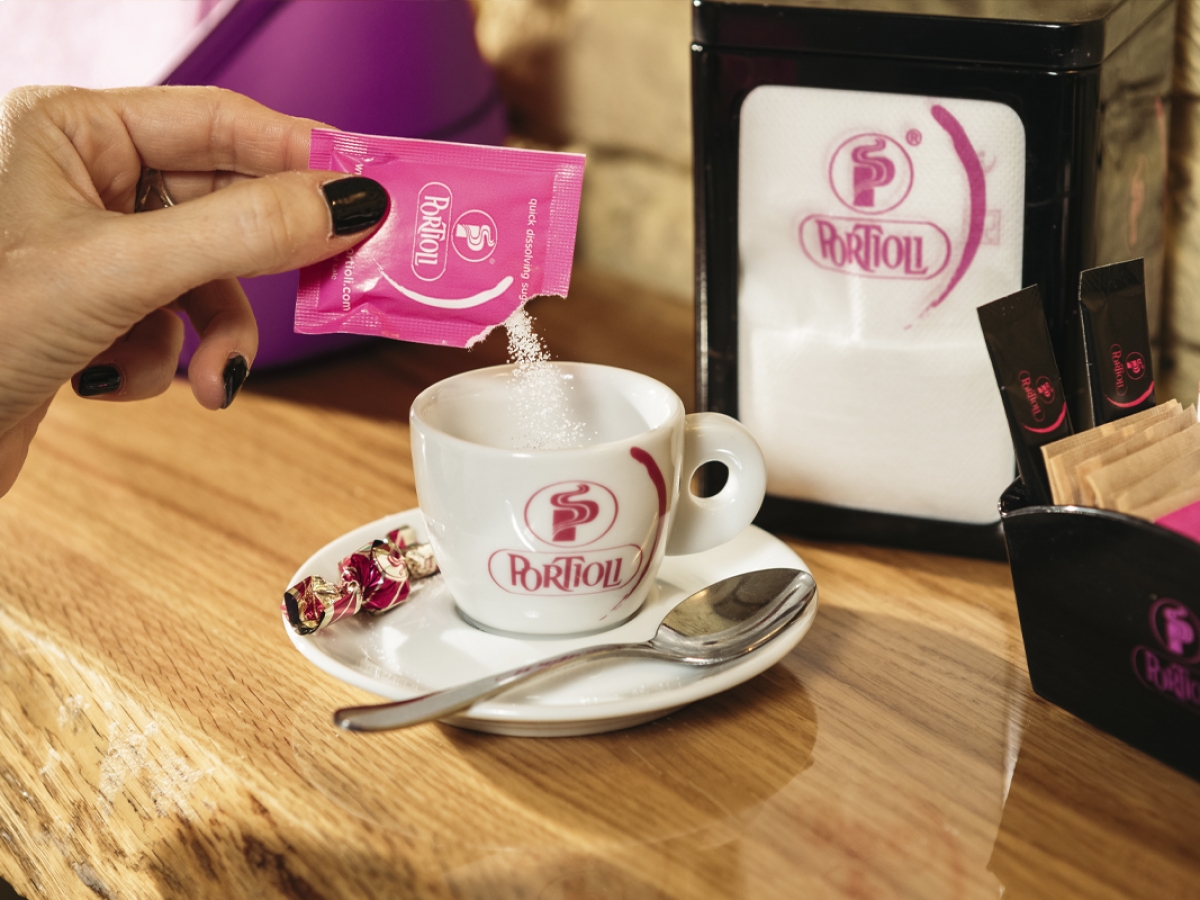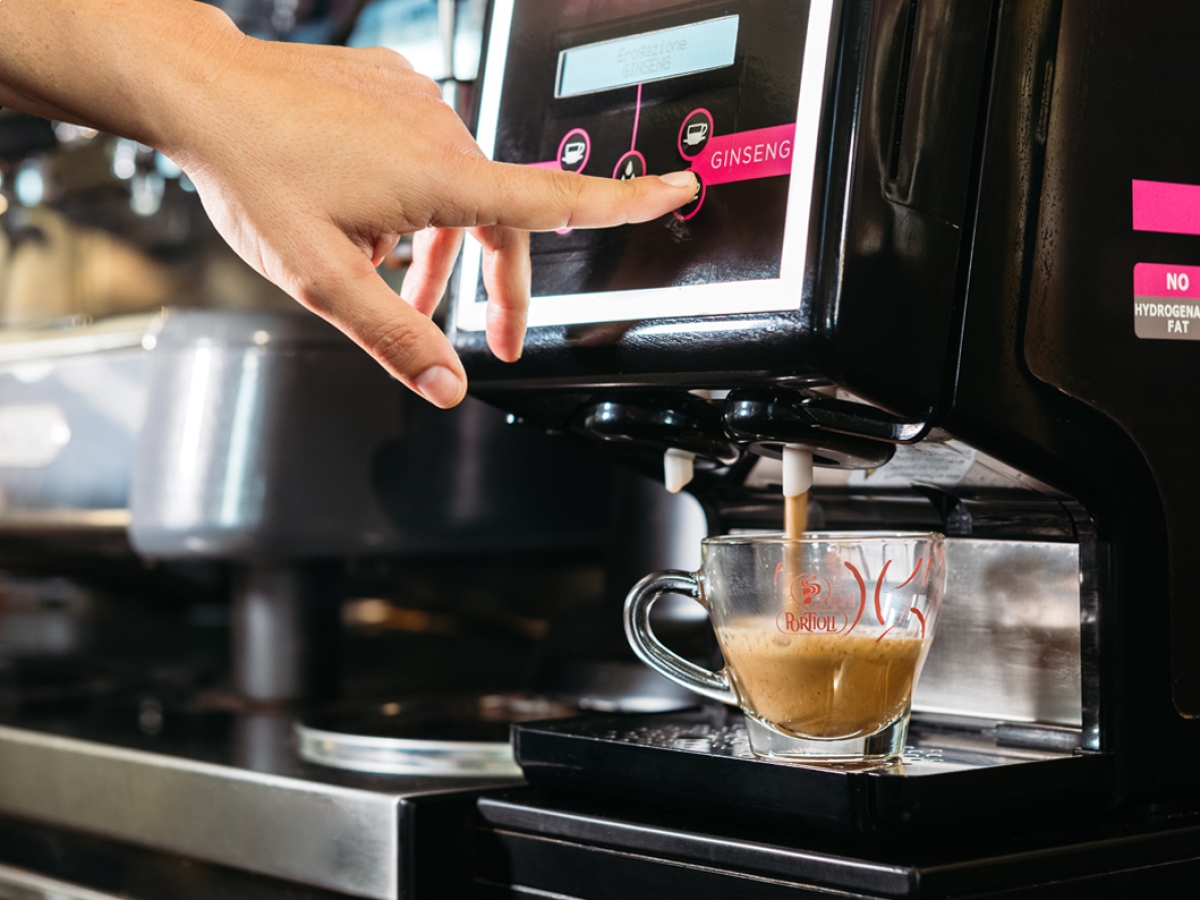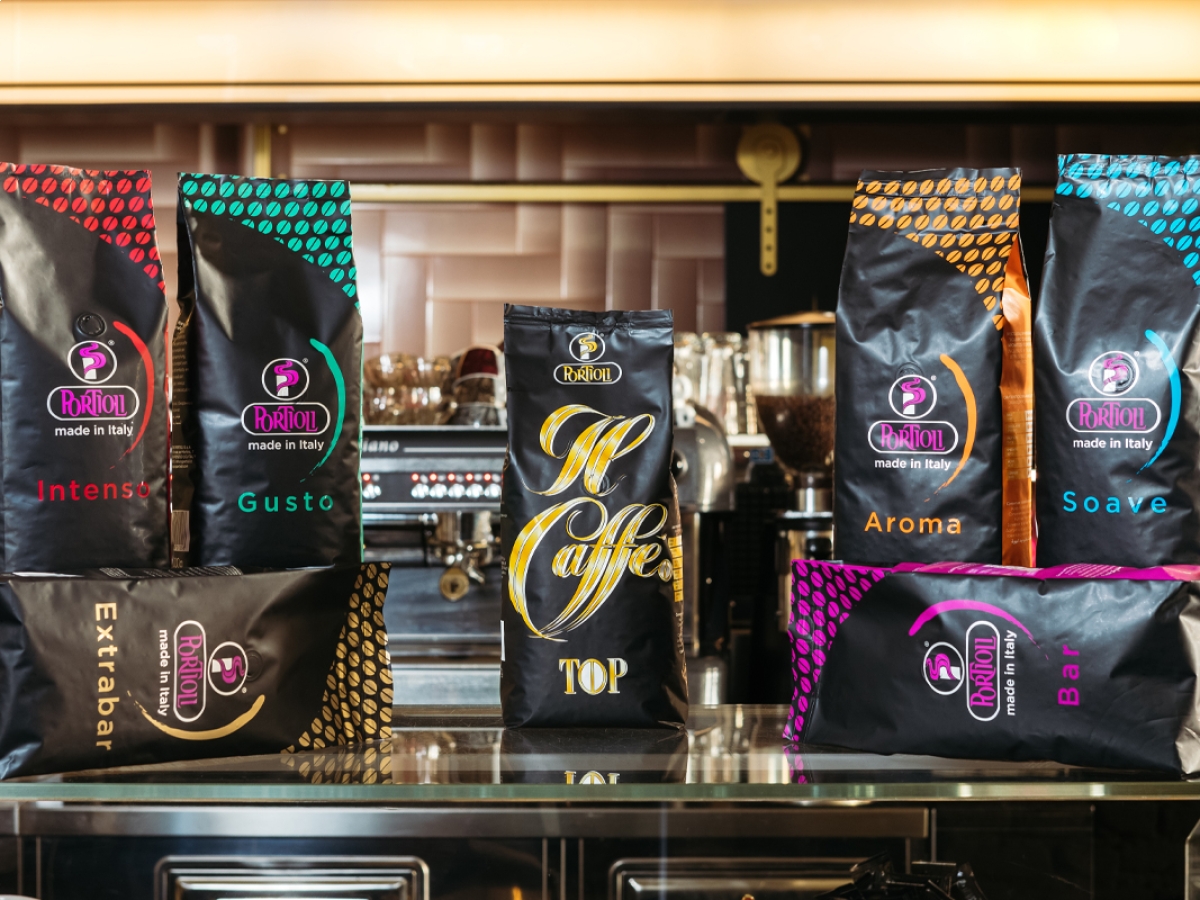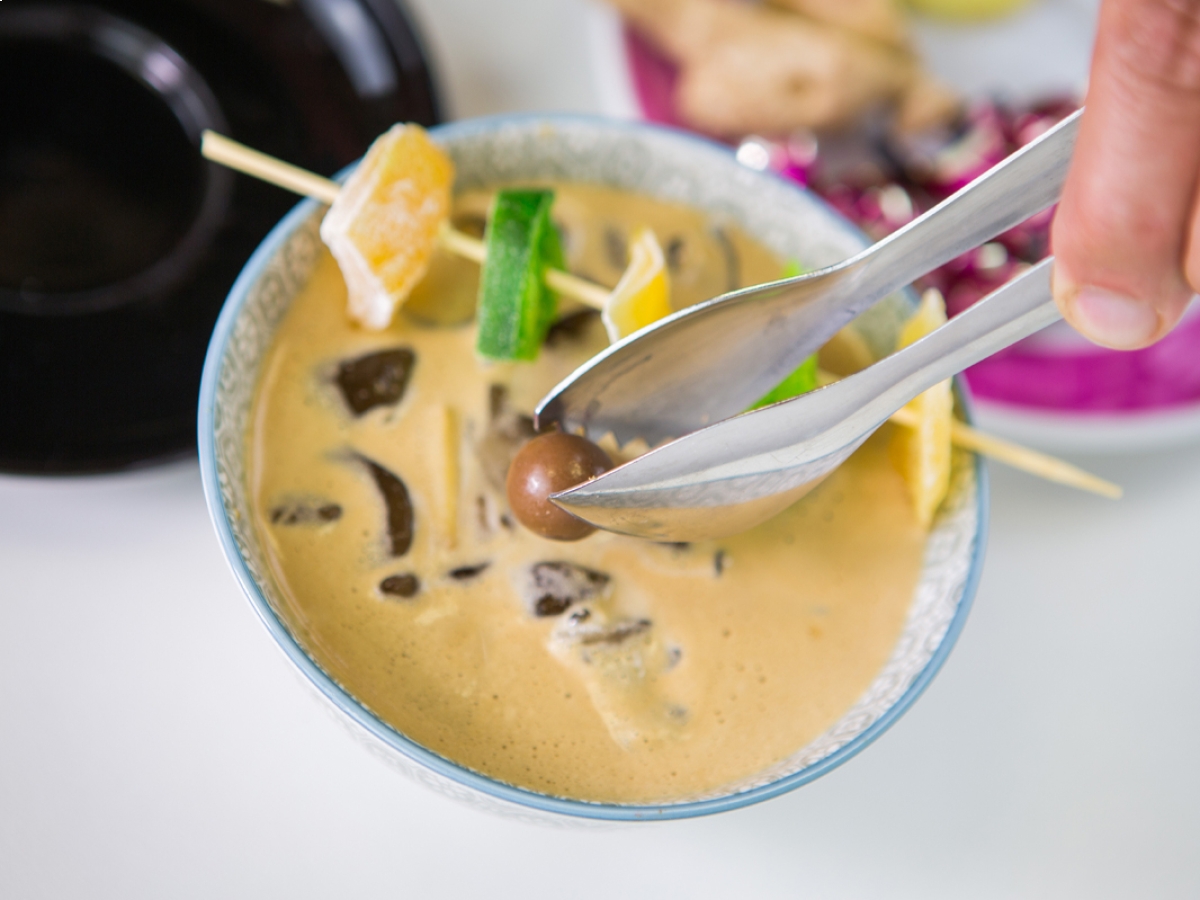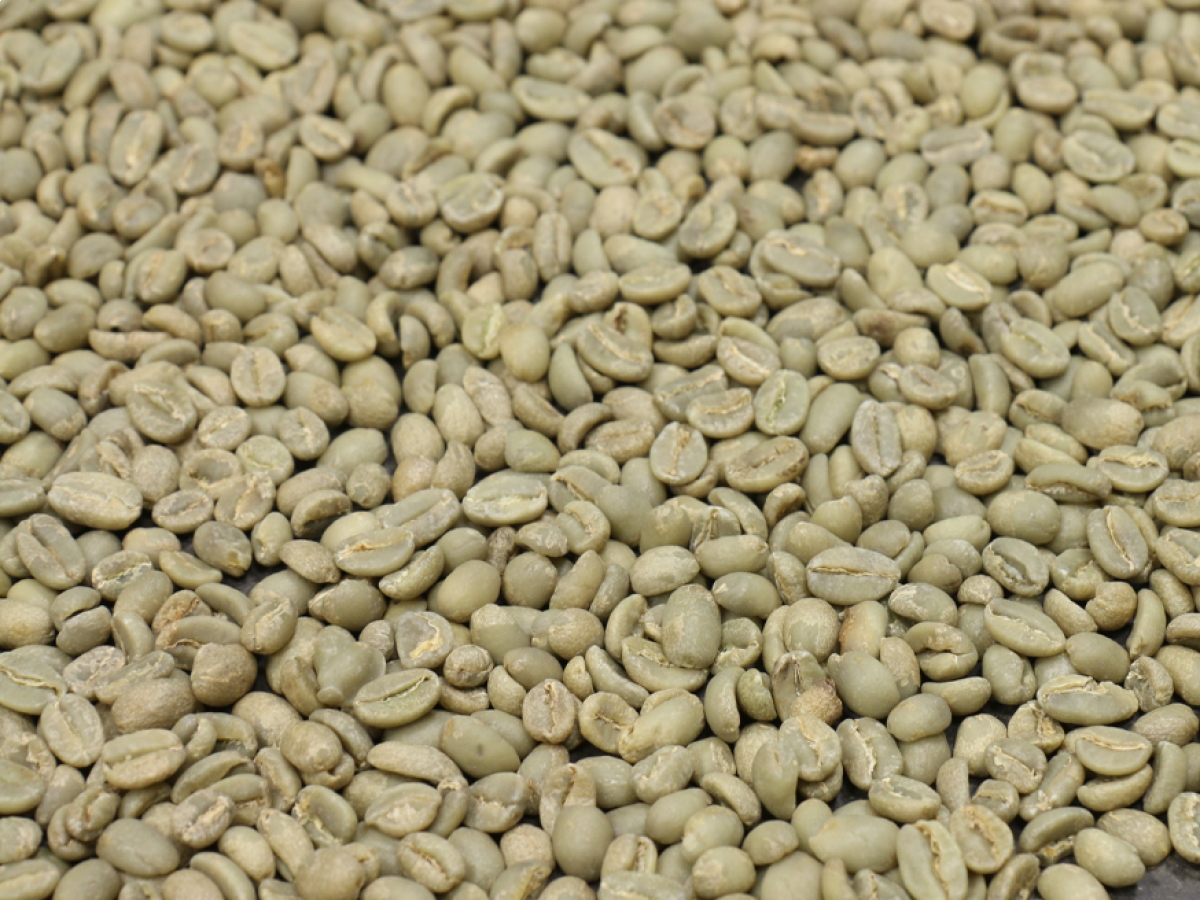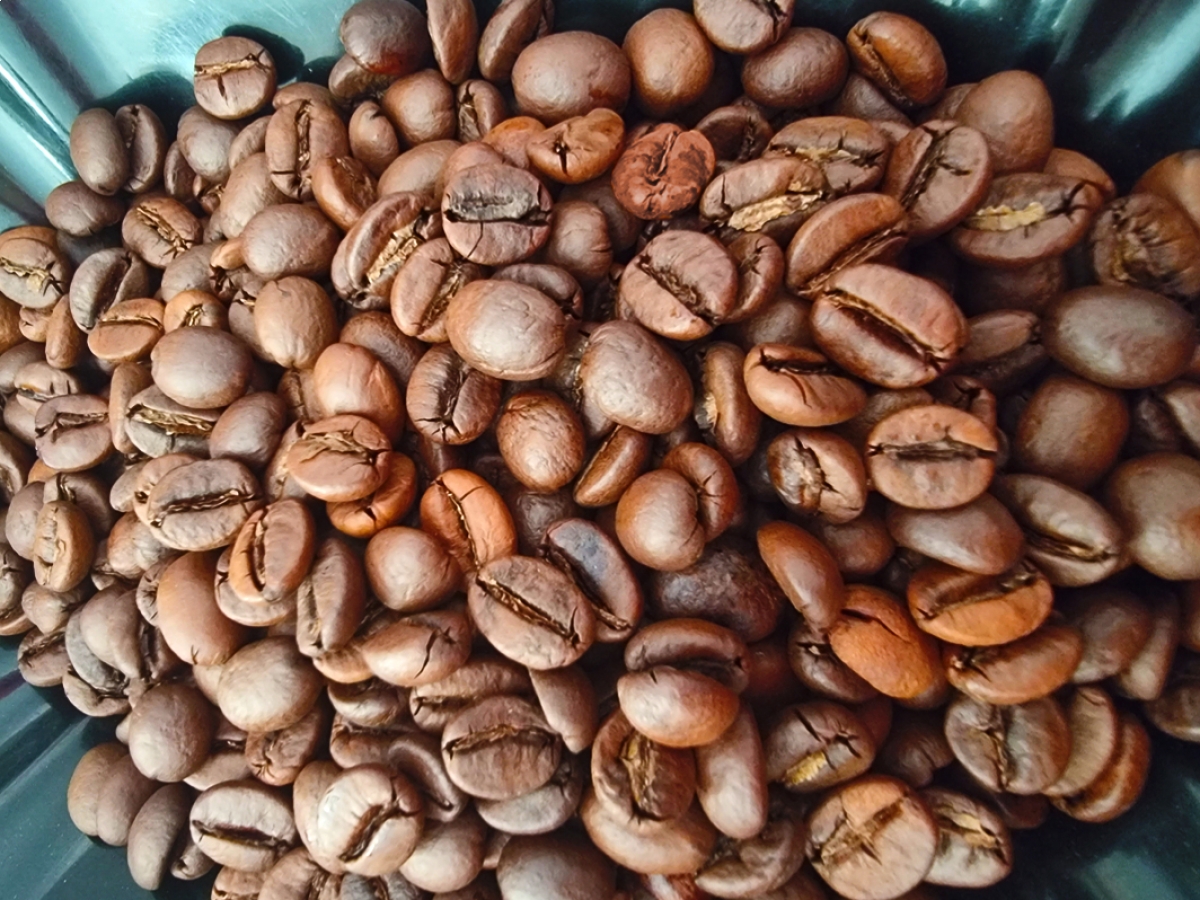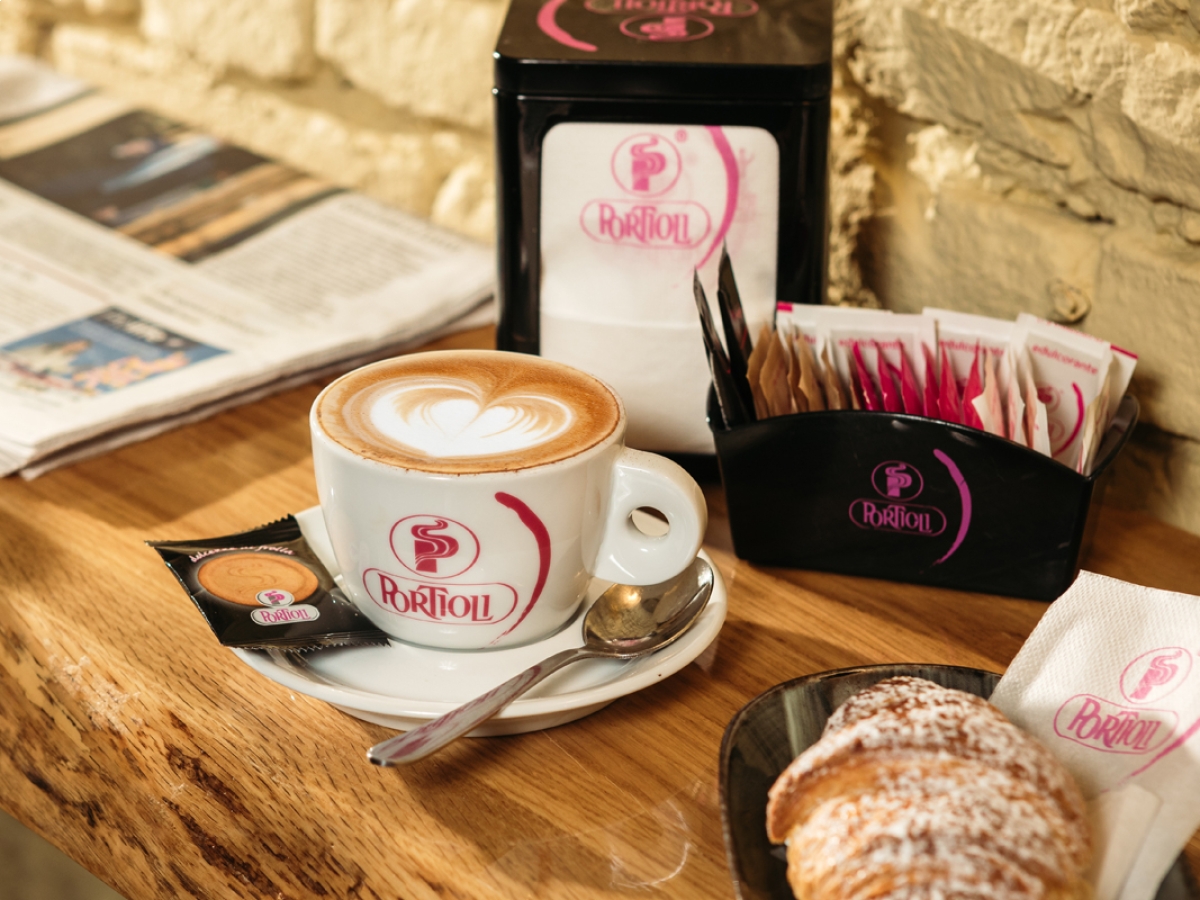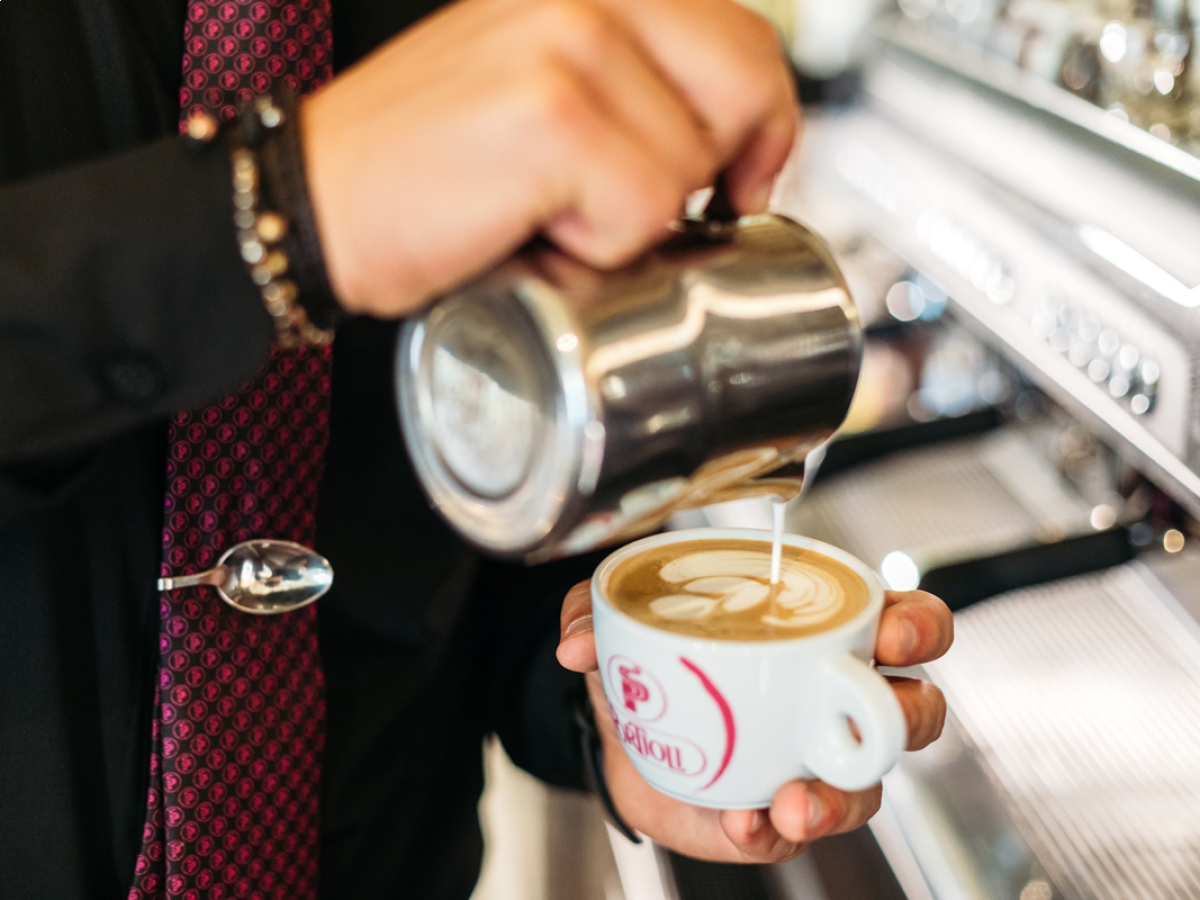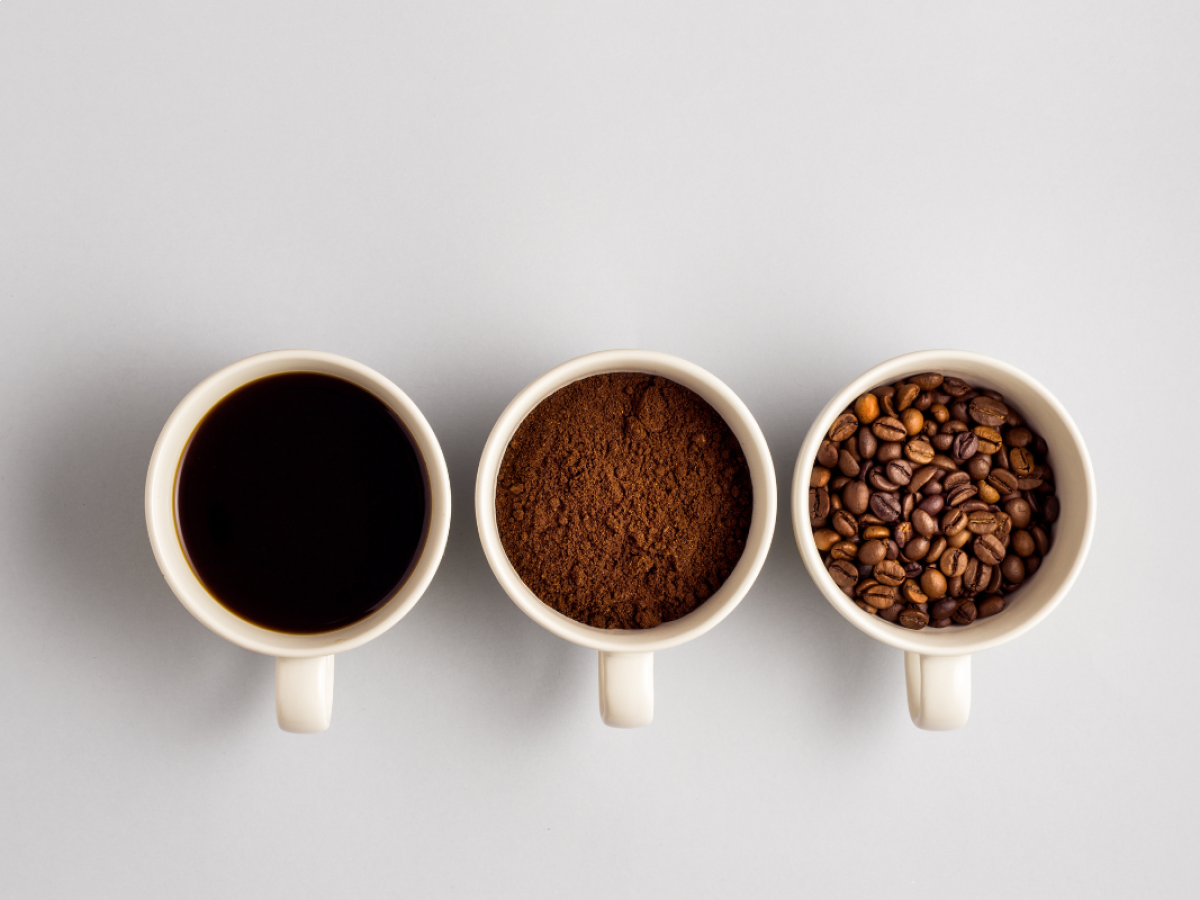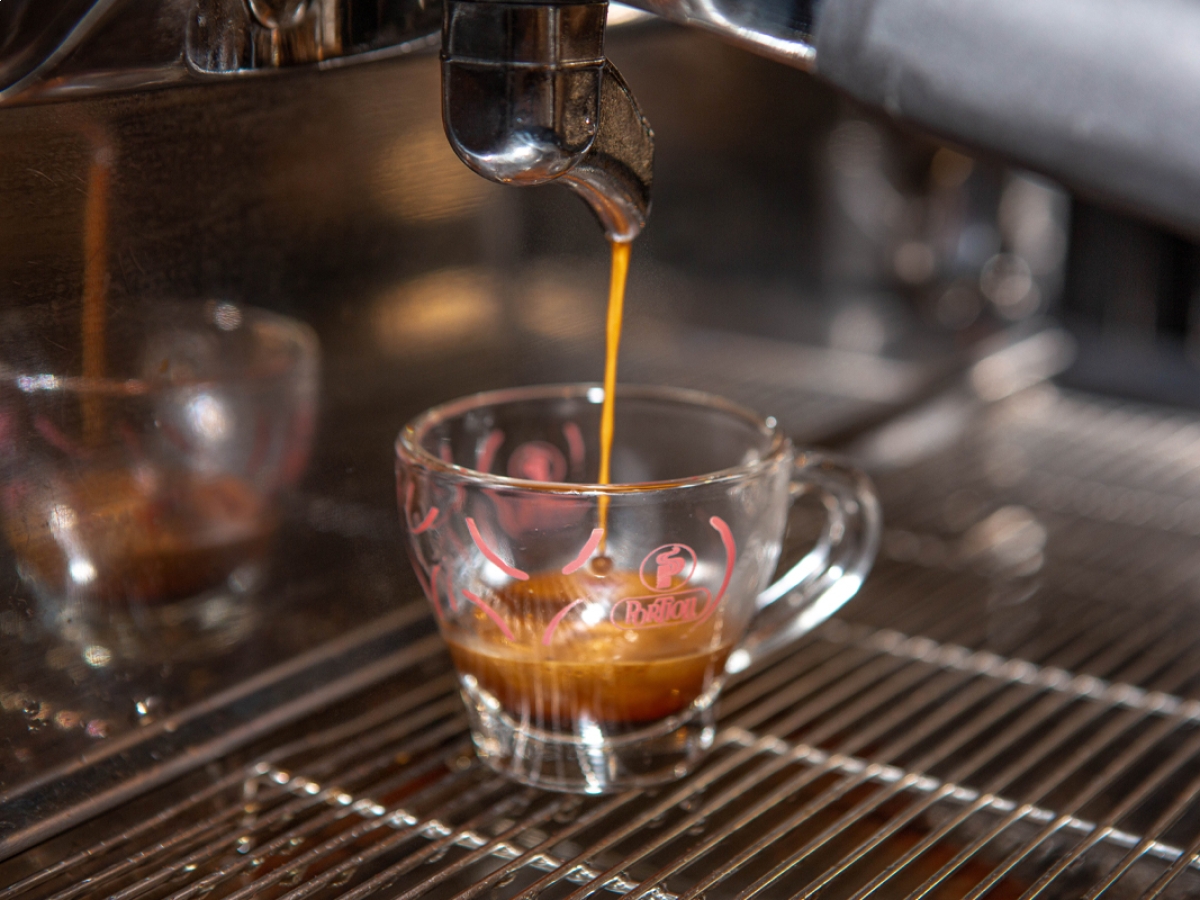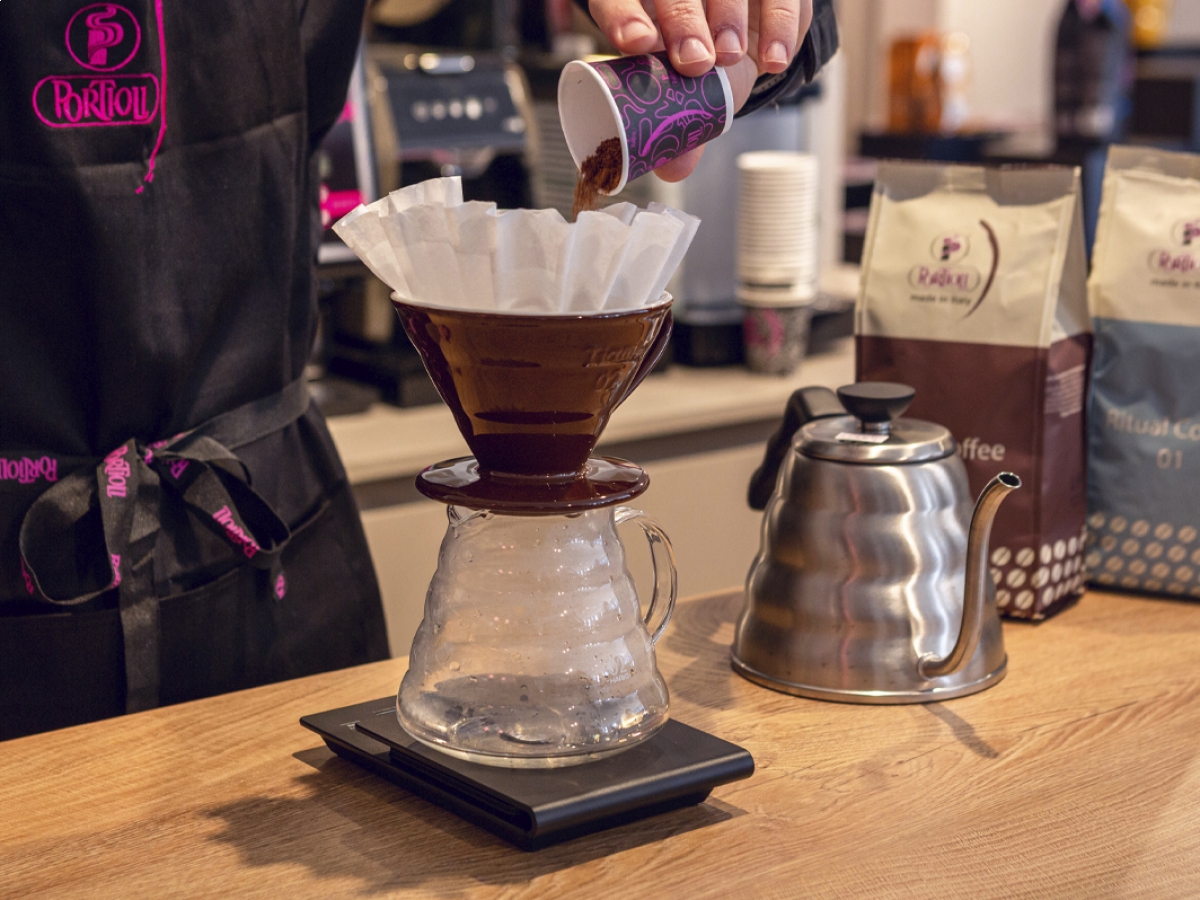
Filter or filtered coffee is a beverage made by a process of filtering hot water through a mixture of ground coffee and a filter. This method of coffee preparation is common in different parts of the world and is also known as "drip coffee" or "filter coffee."
In the brewing process, ground coffee is placed in a paper or cloth filter inside an appropriate holder, such as a filter coffee machine or manual filter holder. Hot water is then poured over the ground coffee and filters through it, collecting the oils and soluble compounds in the coffee as it flows through the filter.
The result is a beverage with a lighter flavour than other coffee preparations, such as espresso, but still aromatic and flavourful. Filter coffee tends to have a slightly lower caffeine content than espresso because filtration removes more of the soluble substances.
Filter coffee brewing also offers the ability to control the strength and intensity of the coffee, depending on the amount of ground coffee used and the rate at which the water passes through the filter.
How is filtered coffee prepared?
Many different techniques are used by baristas to get the most out of filter coffee. To prepare filter coffee, baristas proceed by following the systematic process outlined below:
- Serve and enjoy: Once the water has filtered completely through the coffee, carefully remove the filter containing the ground coffee. You can now pour the filtered coffee into cups and serve it. You can add sugar, milk or other toppings.
1. Choose the right coffee: Buy quality coffee and grind it just before brewing to preserve the aroma. You can choose the blend you prefer, whether it is a traditional coffee blend or a single coffee of specific origin.
2. Prepare the water: Bring the water to a temperature between 90 and 96 degrees Celsius. This optimum temperature helps to extract the flavour of coffee without burning it. If you do not have a thermometer to check the temperature, you can boil the water and let it sit for a minute before pouring it over the coffee.
3. Prepare the filter: Place a paper or cloth filter in the filter holder or holder suitable for the filter coffee maker. You make sure the filter is clean to avoid unwanted influences on the flavour of the coffee.
4. Measure the coffee: Adds the desired amount of ground coffee to the filter. As a general guideline, you can use a ratio of 1-2 tablespoons of ground coffee for every 180 ml of water. You can adjust it according to your personal taste.
5. Pour the water: Start slowly pouring hot water over the ground coffee in the filter. Start in the center and move in circles outward. Pour the water evenly to saturate all the coffee.
6. Let the coffee filter: After pouring the water, allow the coffee to filter through the filter. This process will take a few minutes. During this step, you can adjust the filtration speed by adjusting the water flow.
Organoleptic characteristics of filter coffee
Filtered coffee has certain organoleptic characteristics that distinguish it from other coffee preparations, such as espresso. Here are some of the main characteristics of filtered coffee:
1. Aroma: Filtered coffee has a milder and lighter aroma than espresso. The aroma may vary depending on the blend of coffee used, but it usually has a clean, bitter taste or tends toward spicy and chocolaty.
2. Taste: The taste of filter coffee is smooth, clean and less intense than espresso. Because the coffee is extracted through a filtration process, the drink has less oil and sediment, which contributes to a lighter feeling on the tongue.
3. Body: The body of filtered coffee is usually lighter than espresso. As the water passes through the ground coffee, it extracts fewer solids and oils, resulting in a beverage with a thinner, less dense texture.
4. Sweetness: Filtered coffee can exhibit a natural sweetness, especially if high-quality coffees are used. Filtration can contribute to greater clarity of the sweet notes in the coffee, making the beverage palatable without the addition of sugar.
Because of the filtration process, filtered coffee is known for its cleanliness and clarity. The removal of sediment and solid particles through the filter produces a clearer and more transparent beverage than espresso. The important thing is that baristas prepare the filtered coffee with a blend of excellence like the one proposed by Portioli, to serve the customer all the taste and aroma of the best cup of Italian coffee.
Those who want to enjoy all the benefits of filtered coffee can purchase Portioli blends produced for this type of extraction: Ritual Coffee 01 and Ritual Coffee 02.
Ritual Coffee 01 is a coffee bar blend of fine coffee beans or ground coffee beans carefully selected from Central and South America, Central Africa, and Southeast Asia. Composed of 100% Arabica coffee qualities, this is a blend with a delicate taste and light, sweet hints. Perfect for brewing through filter machines or manual extractions, it features a balanced acidity and low caffeine content for a break with soft, floral tones.
Ritual Coffee 02 blend is a coffee bar blend of fine coffee beans or ground coffee beans, carefully selected from Central, South America, Central Africa and Southeast Asia. Composed of 100% Robusta coffee qualities, this is a pleasant intense and full-bodied blend with chocolatey aromas and a nutty aftertaste.
Again, this is the perfect blend for preparations through filter machines or manual extractions and is characterized by low acidity and a significant caffeine level, making Ritual Coffee 02 ideal for those who prefer rich, full-bodied flavours.
Related articles
Portioli Express
Home and office shopping
Experience authentic Italian espresso right at home with our premium blends in a variety of formats.
Go to the shop










